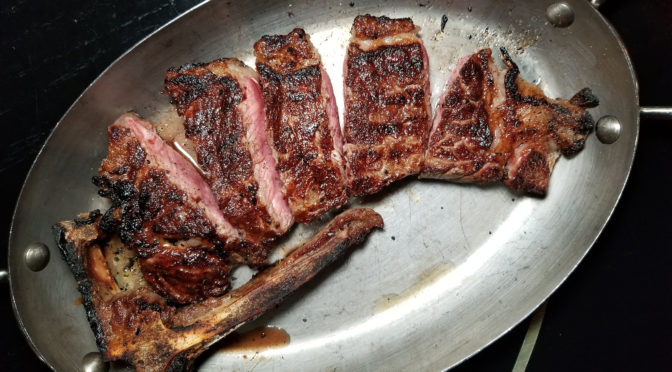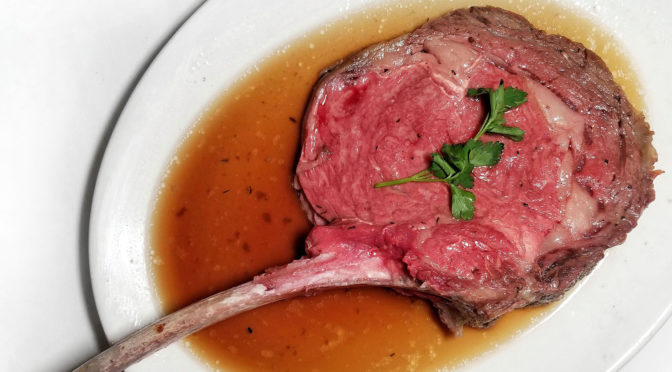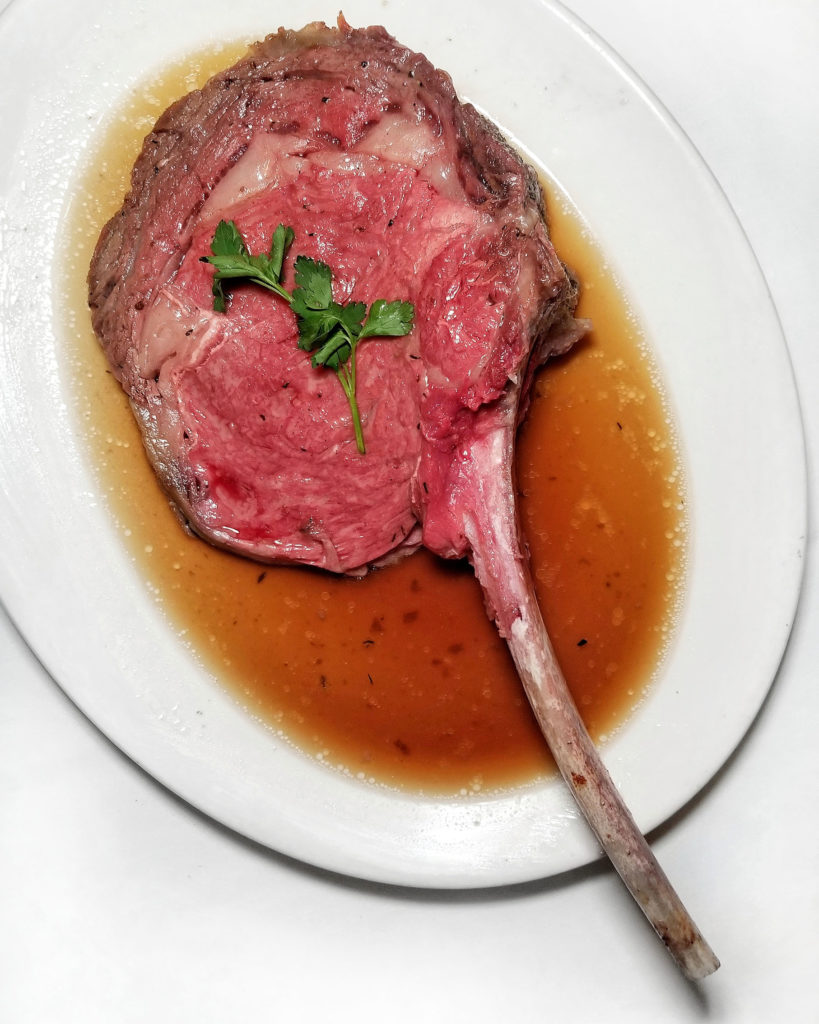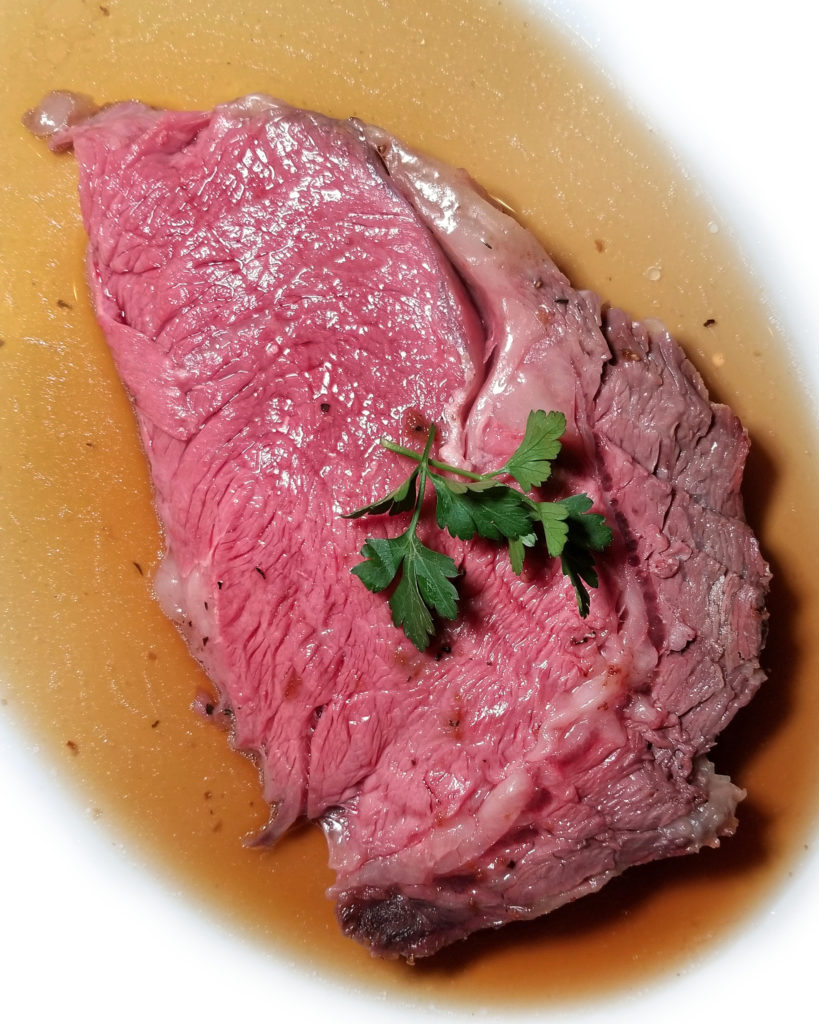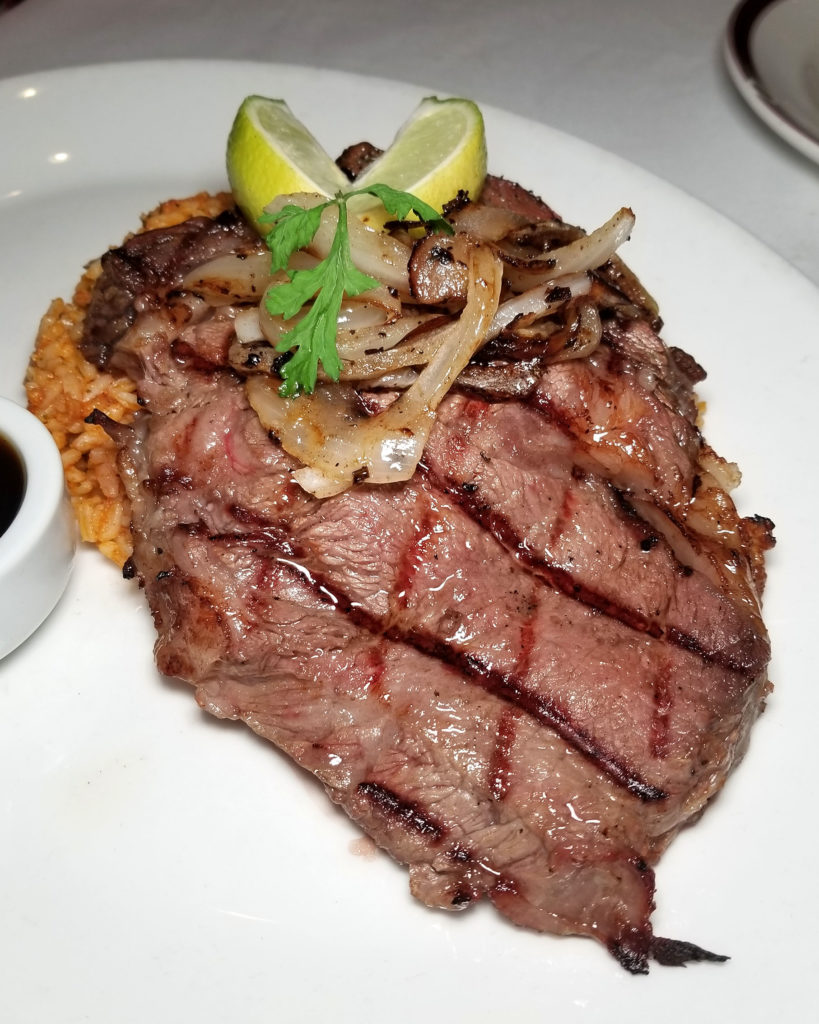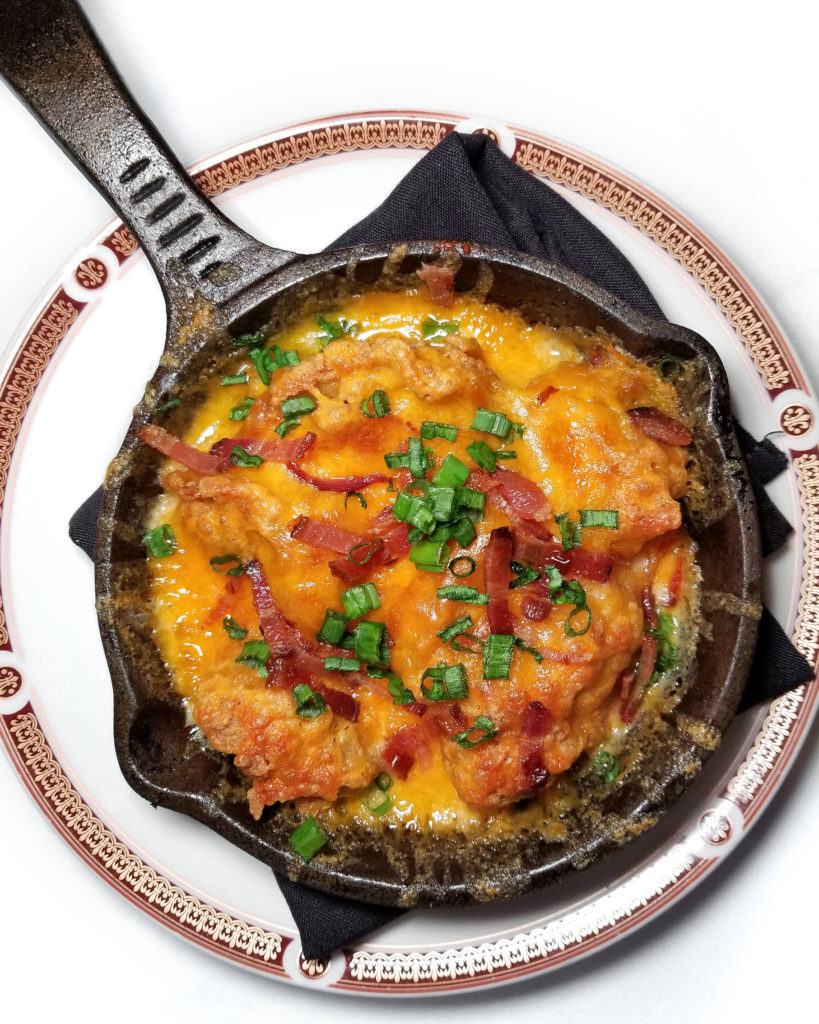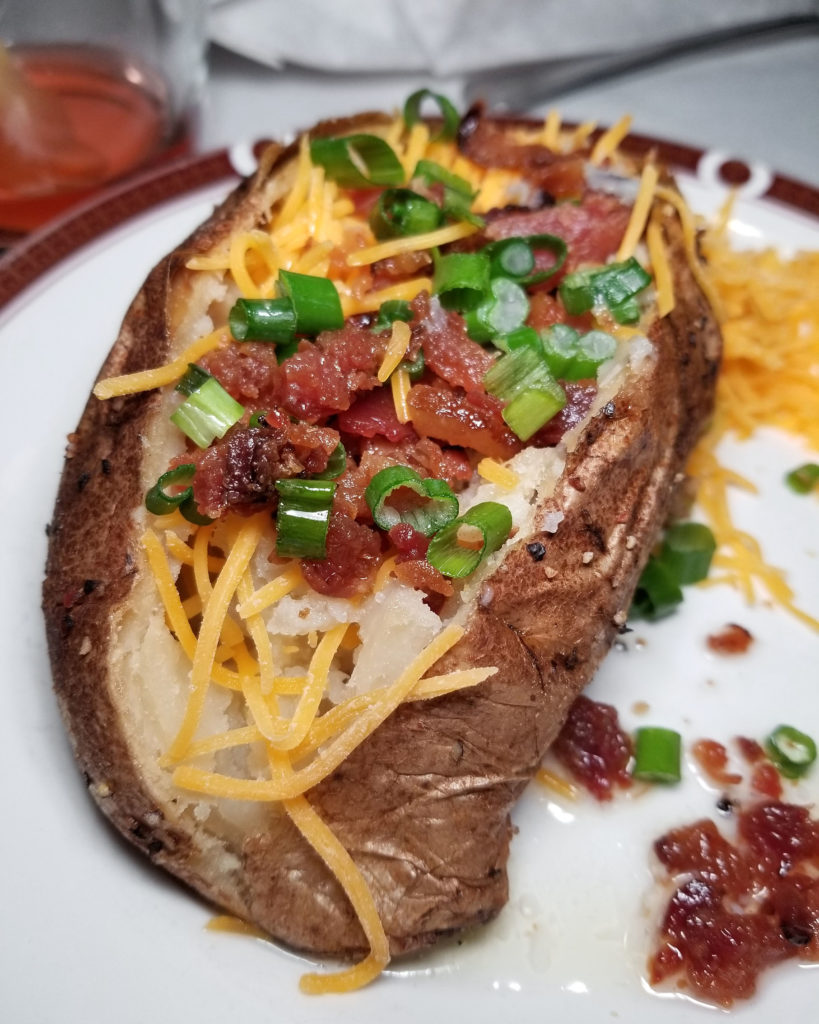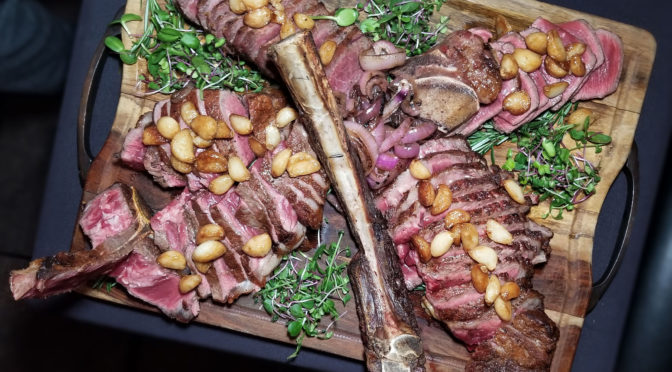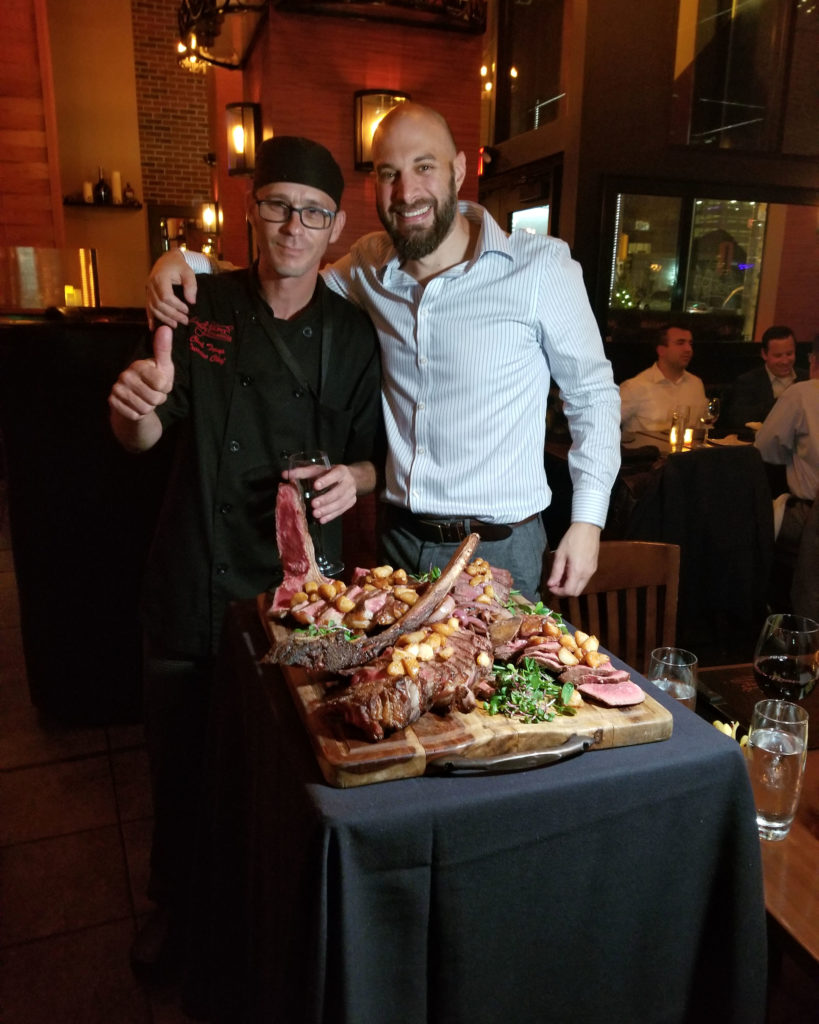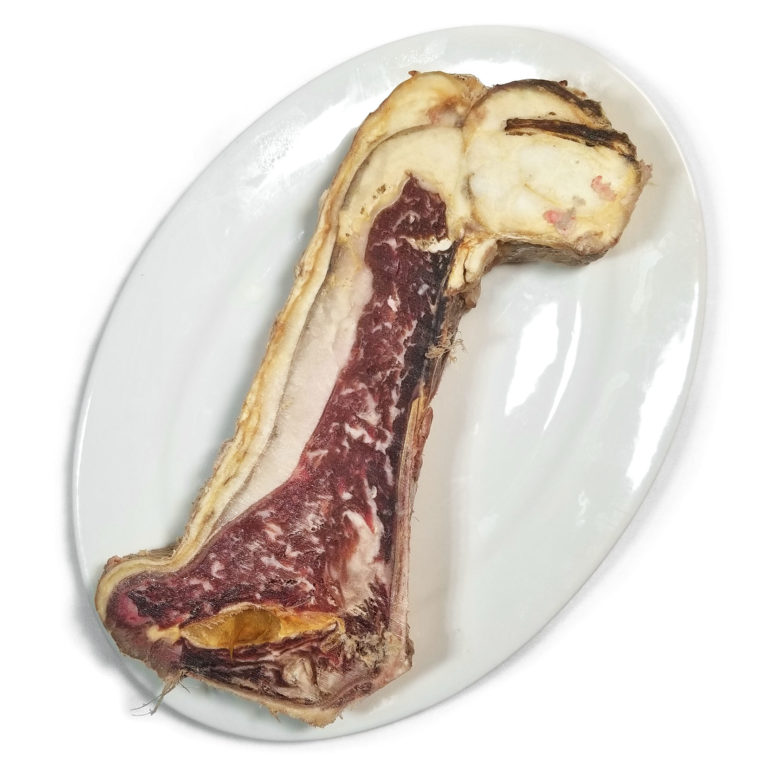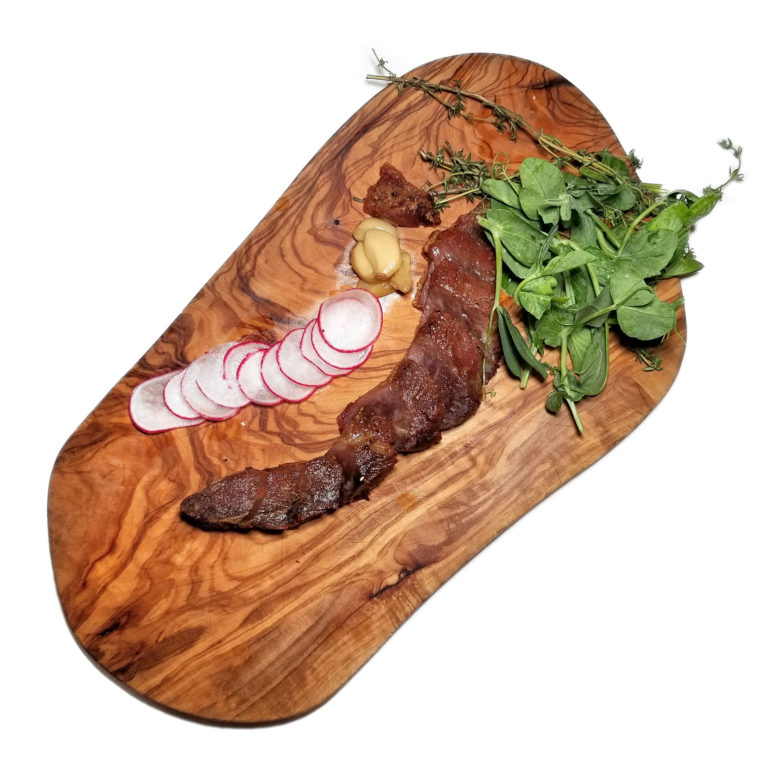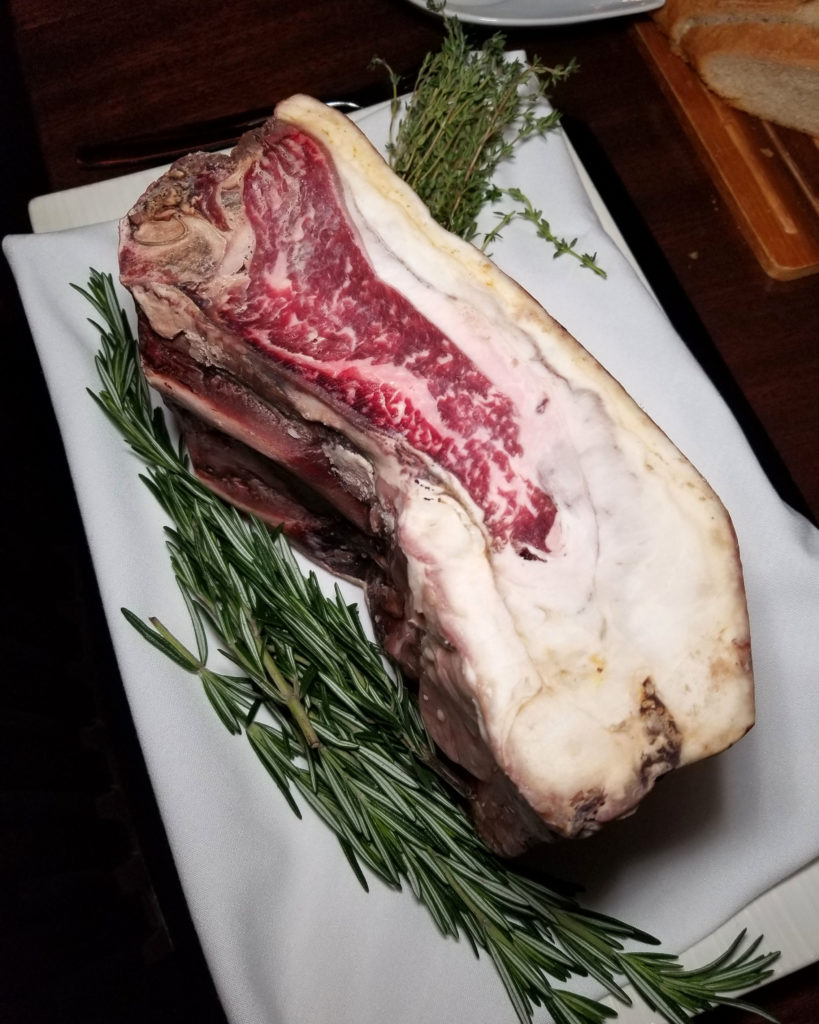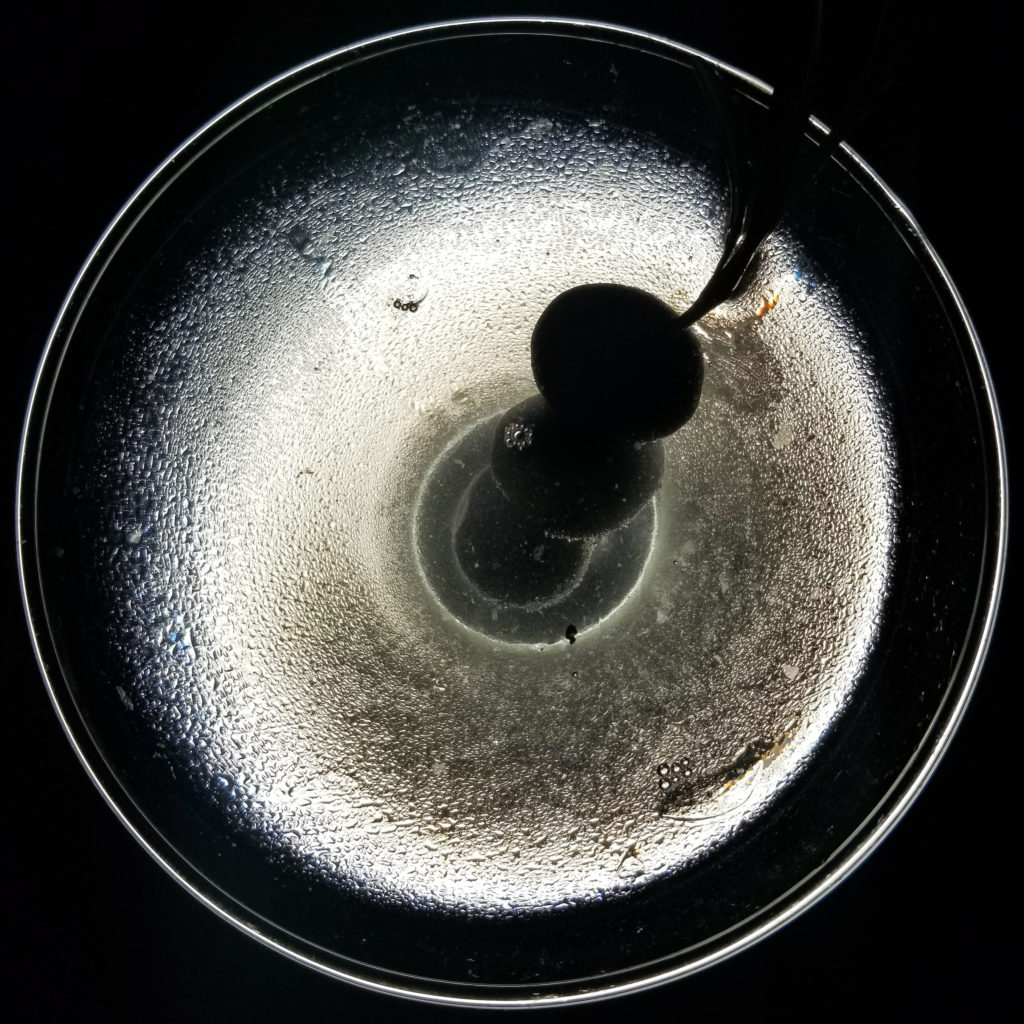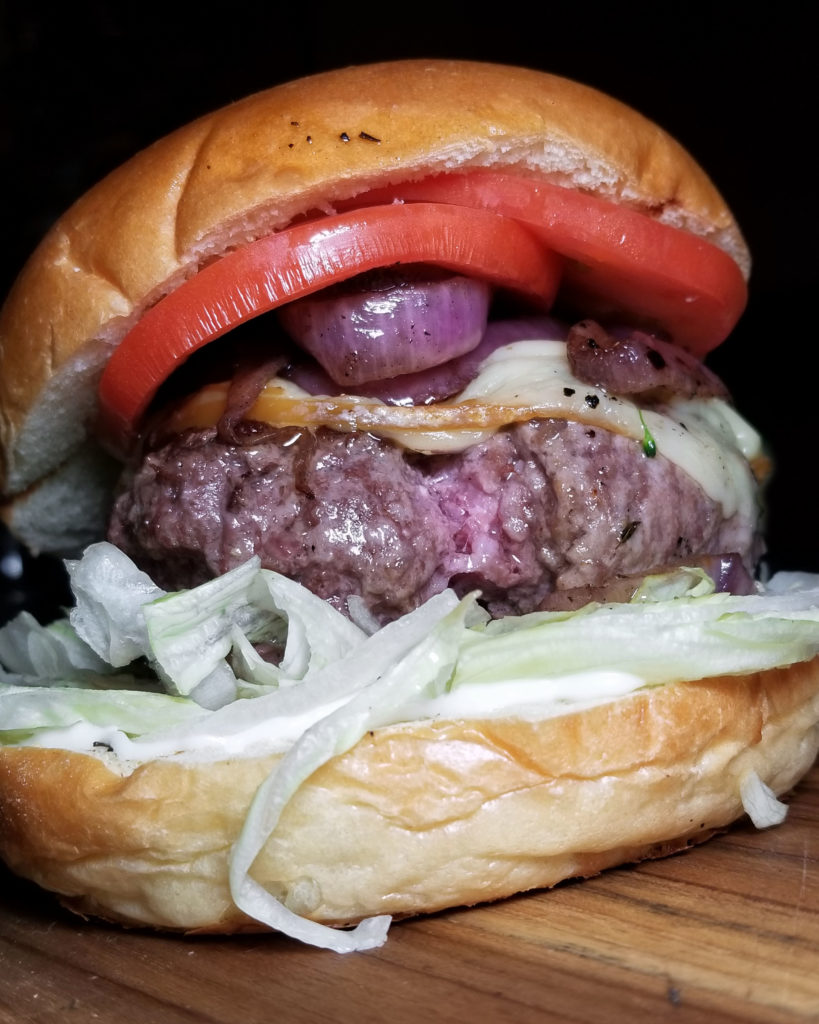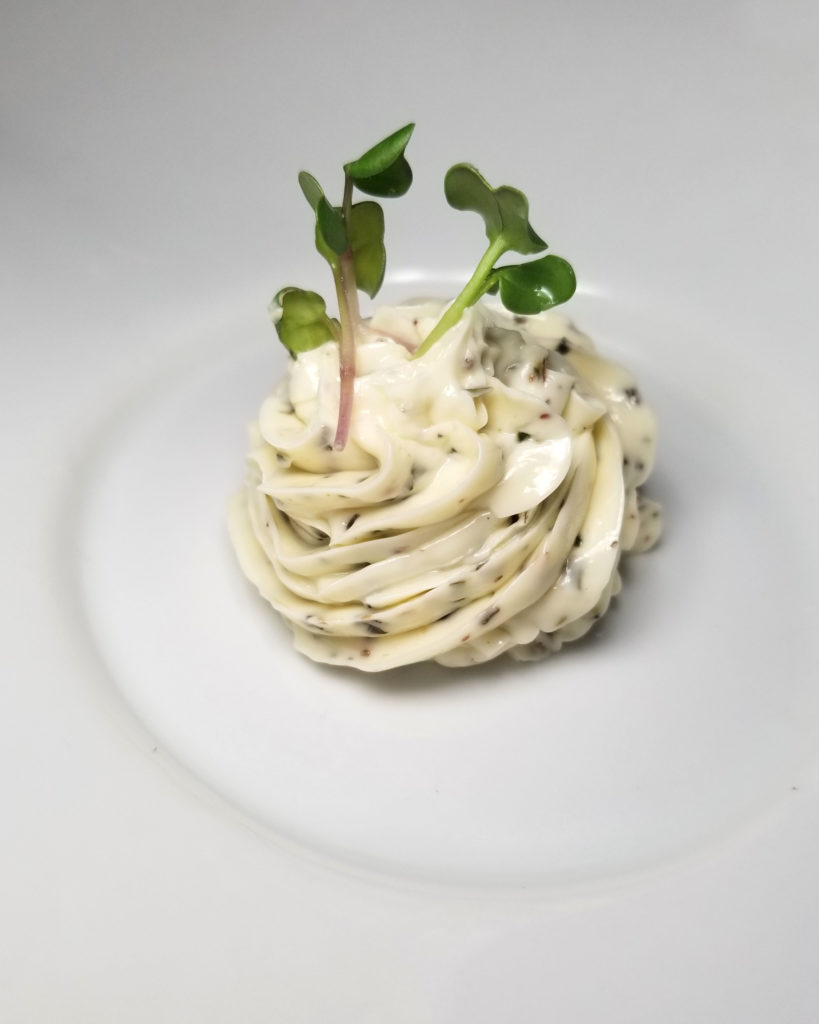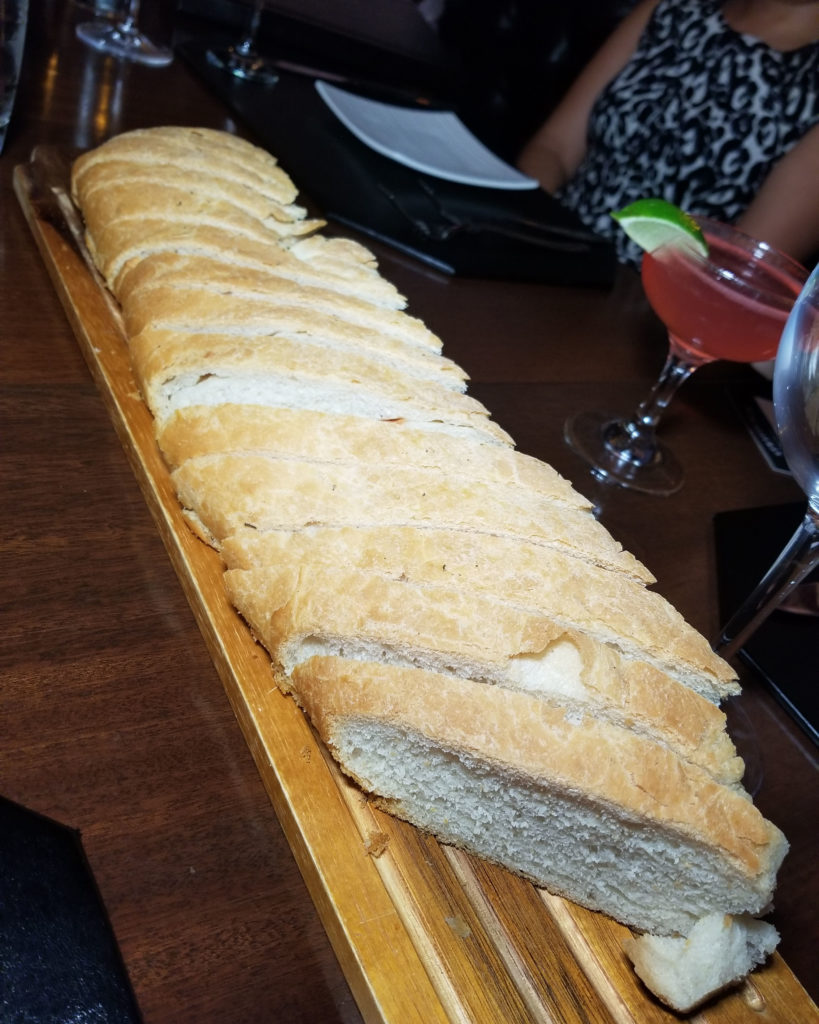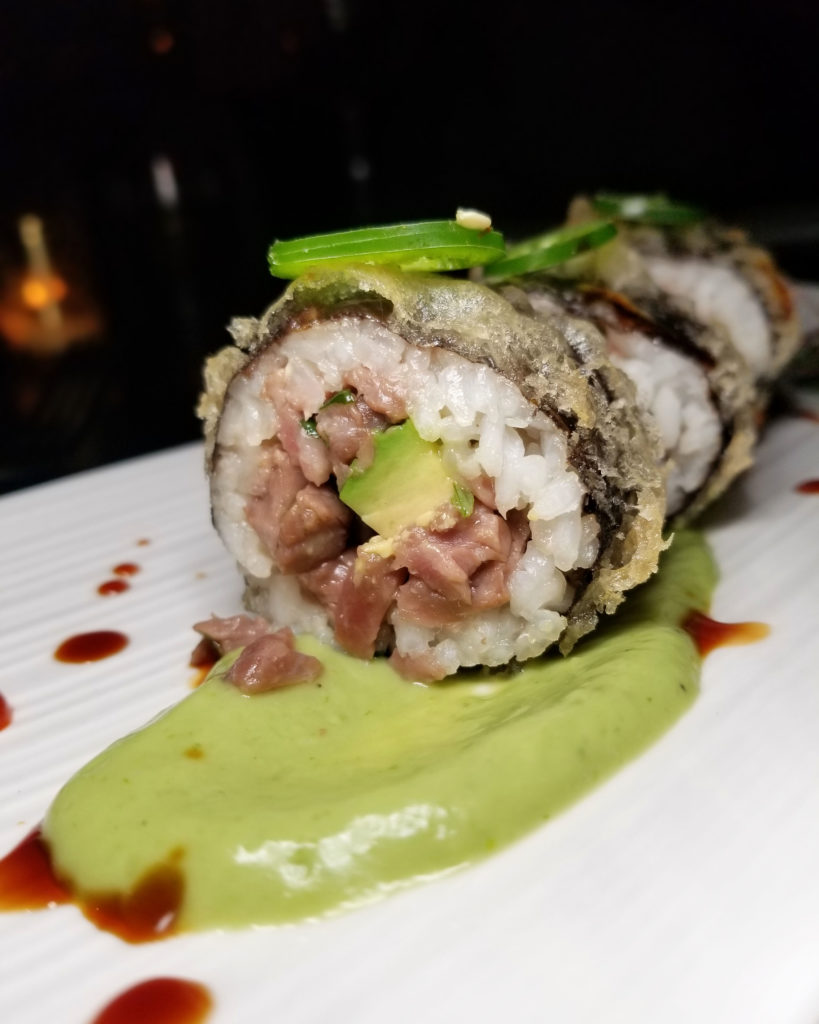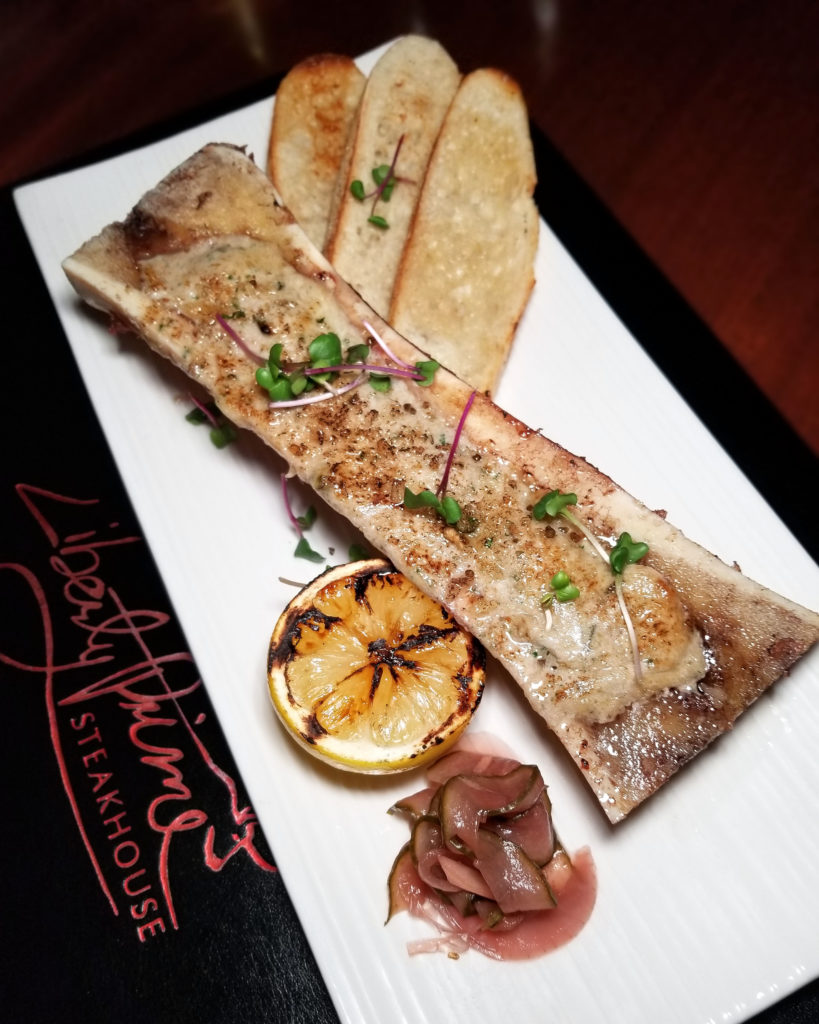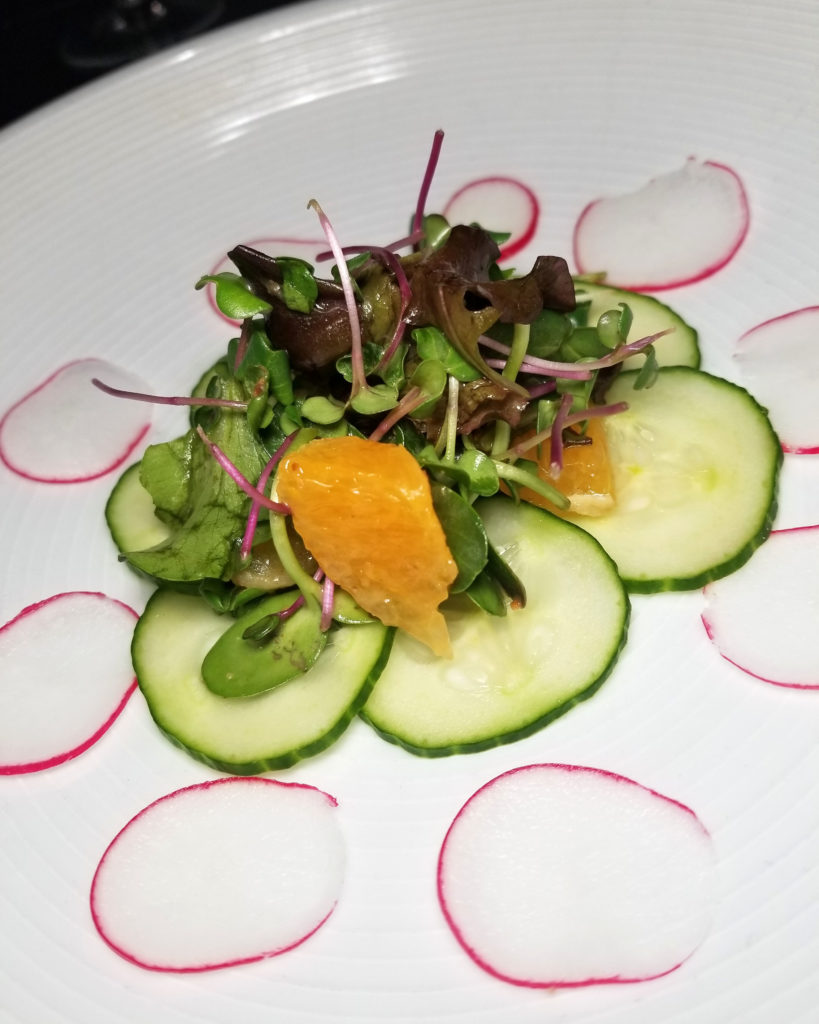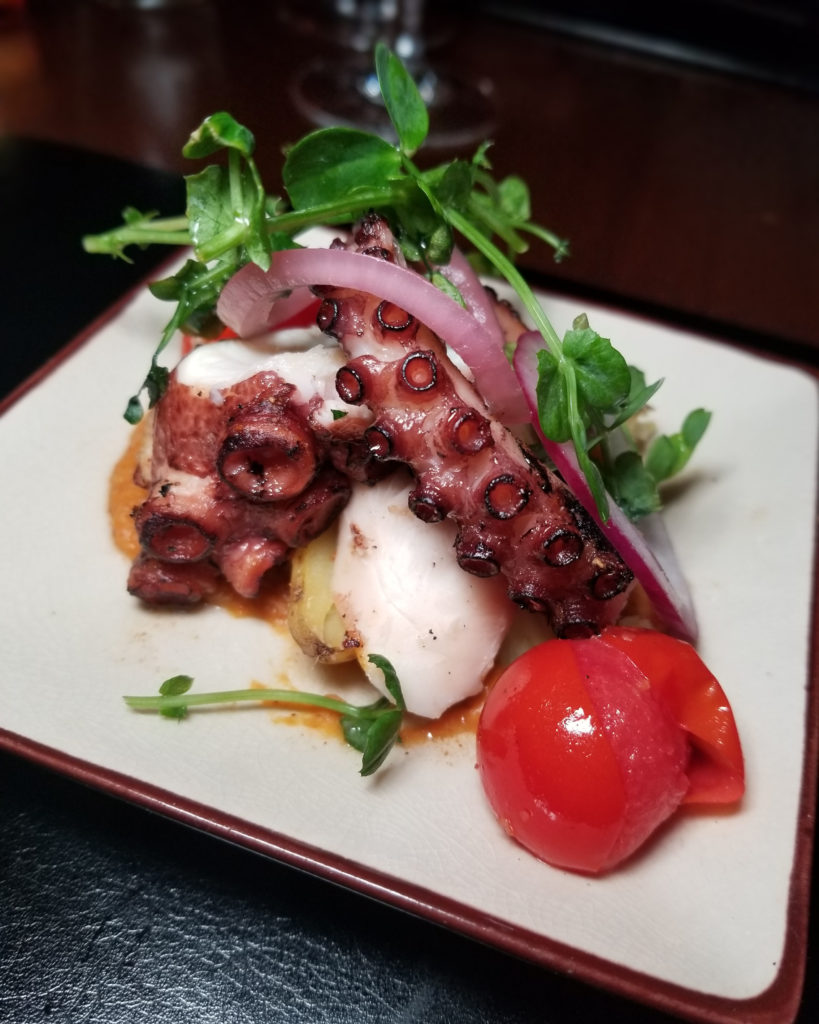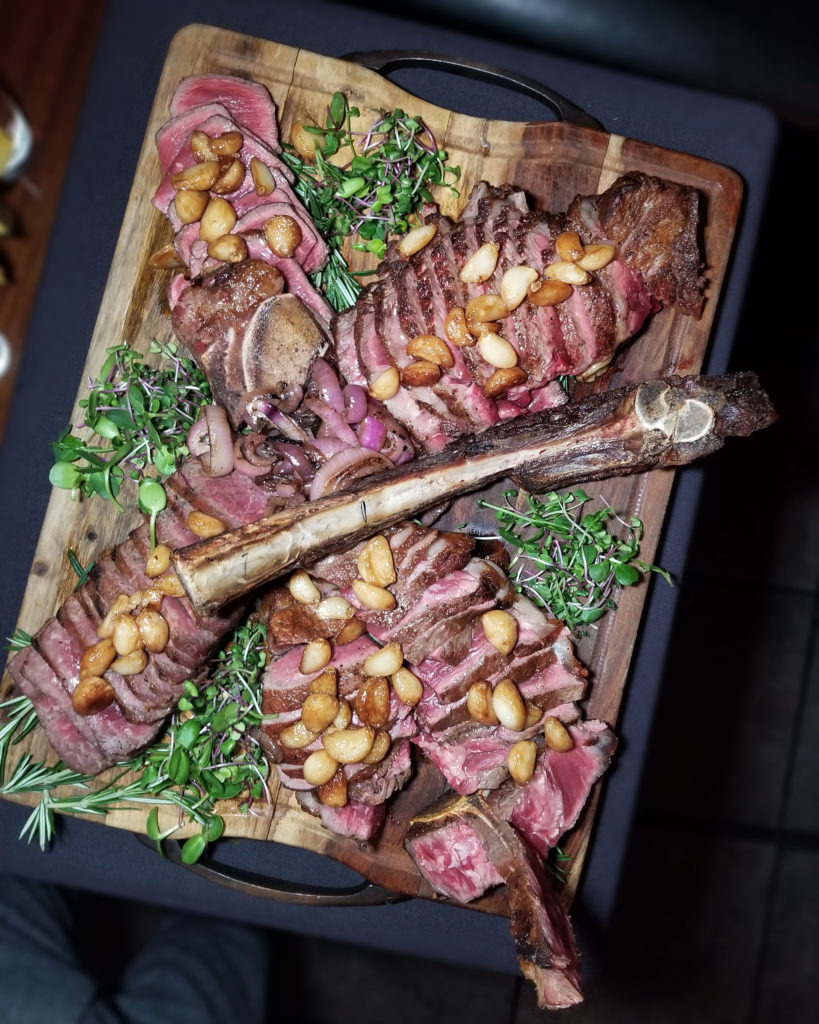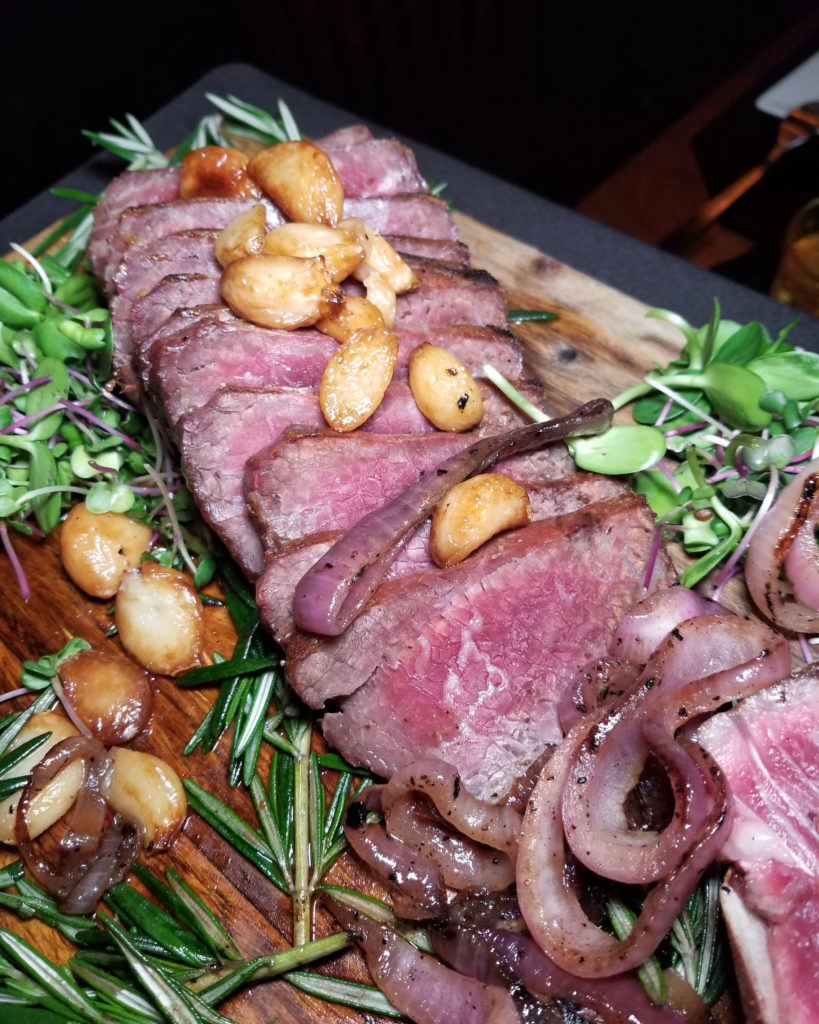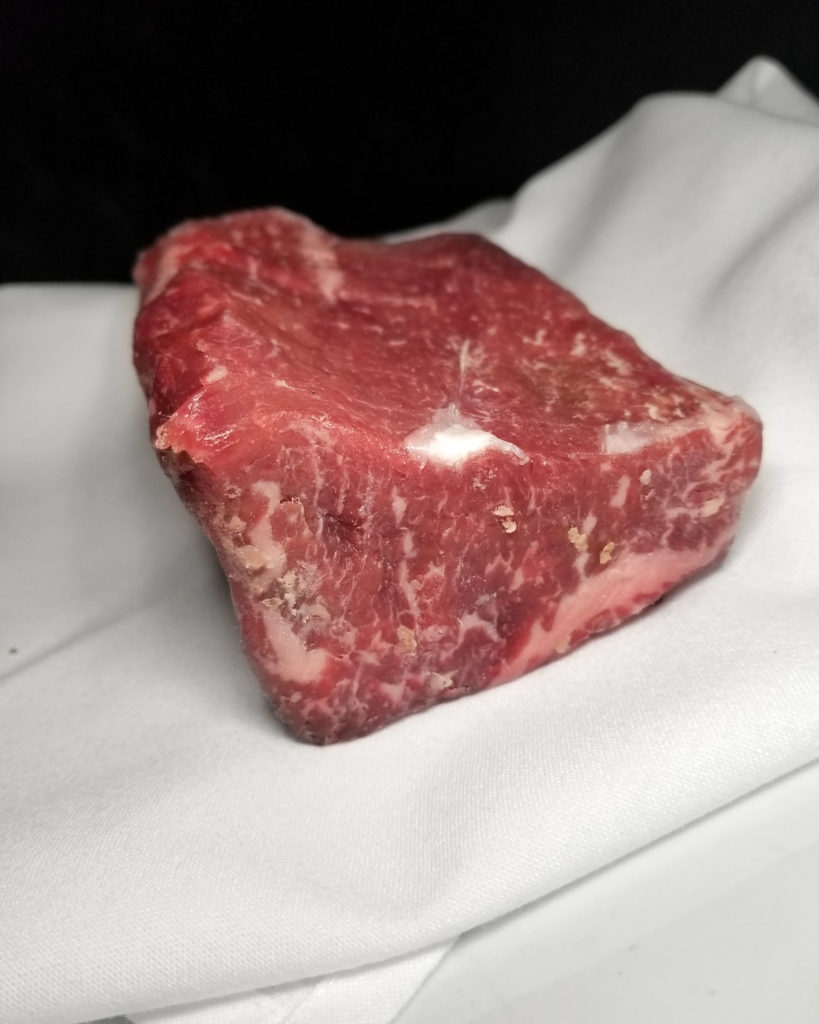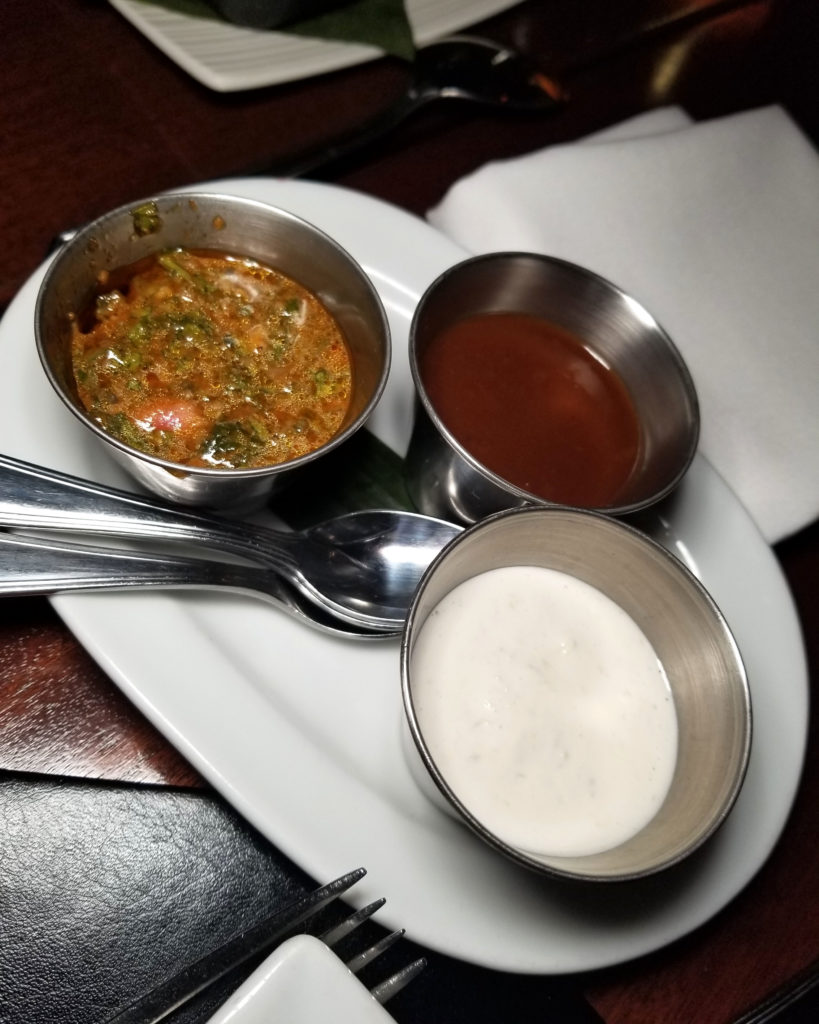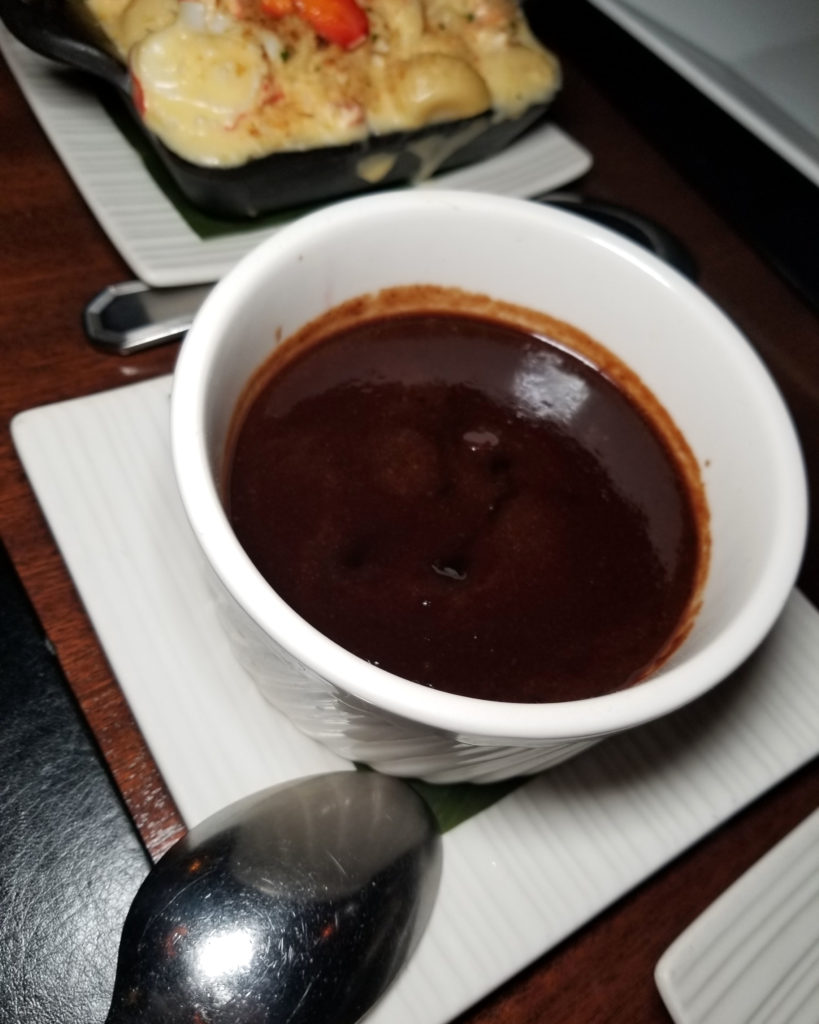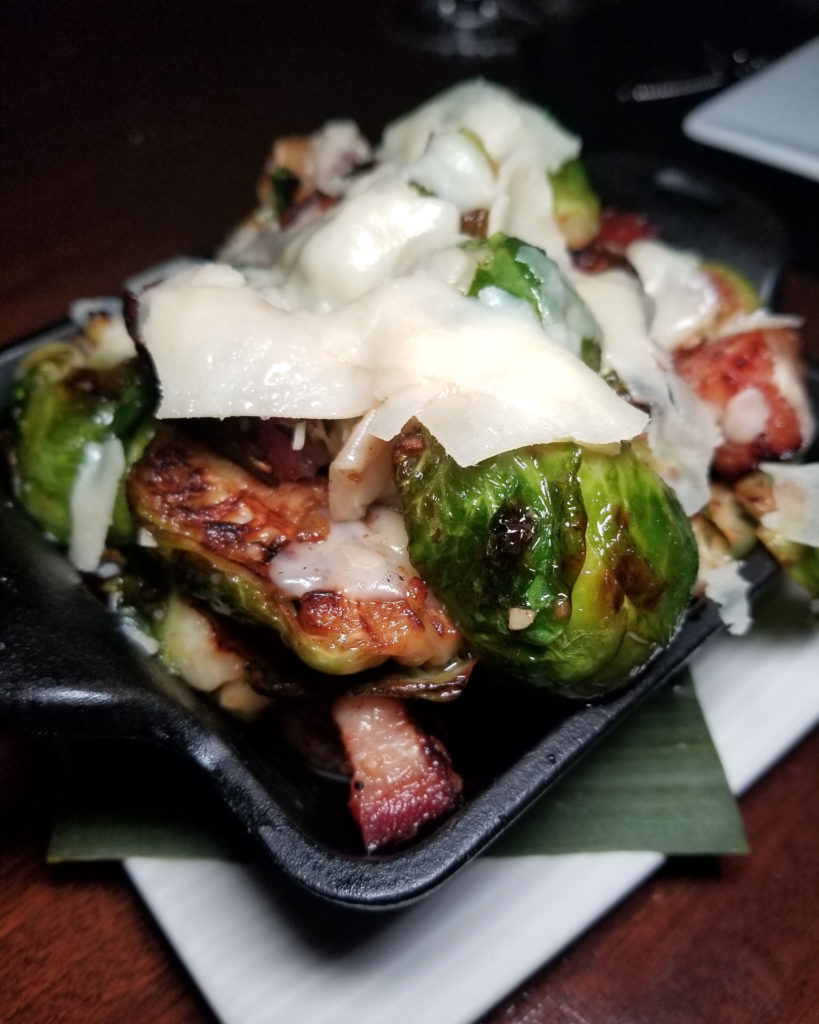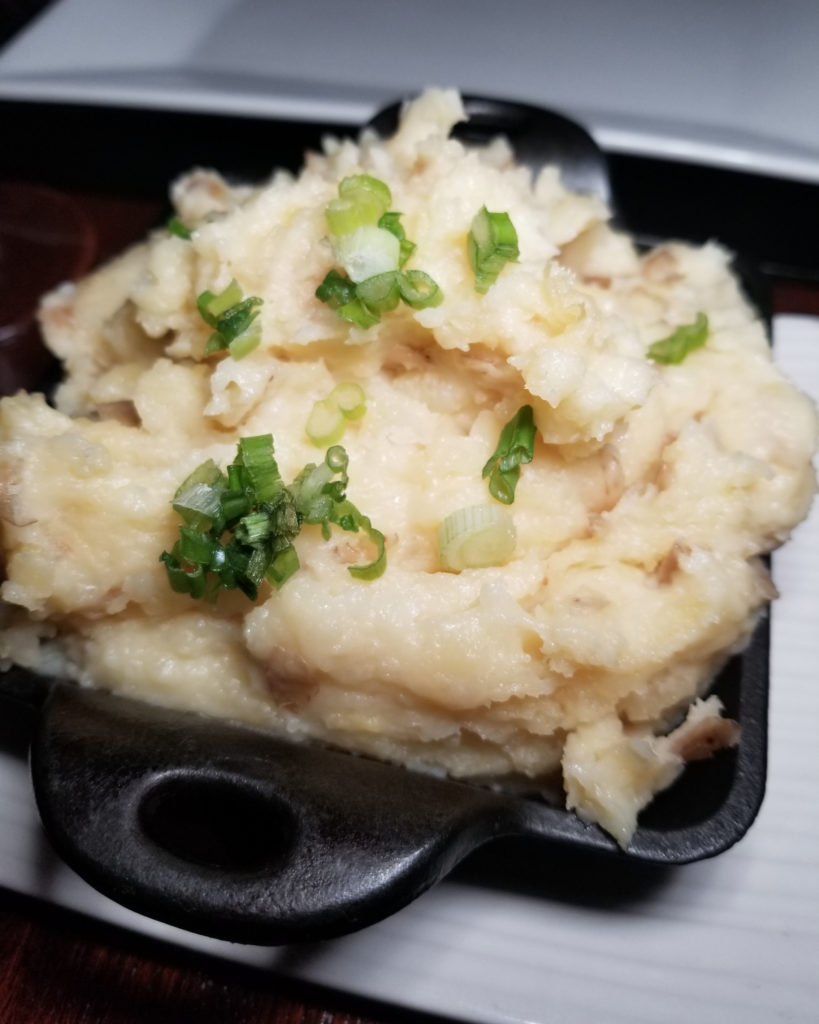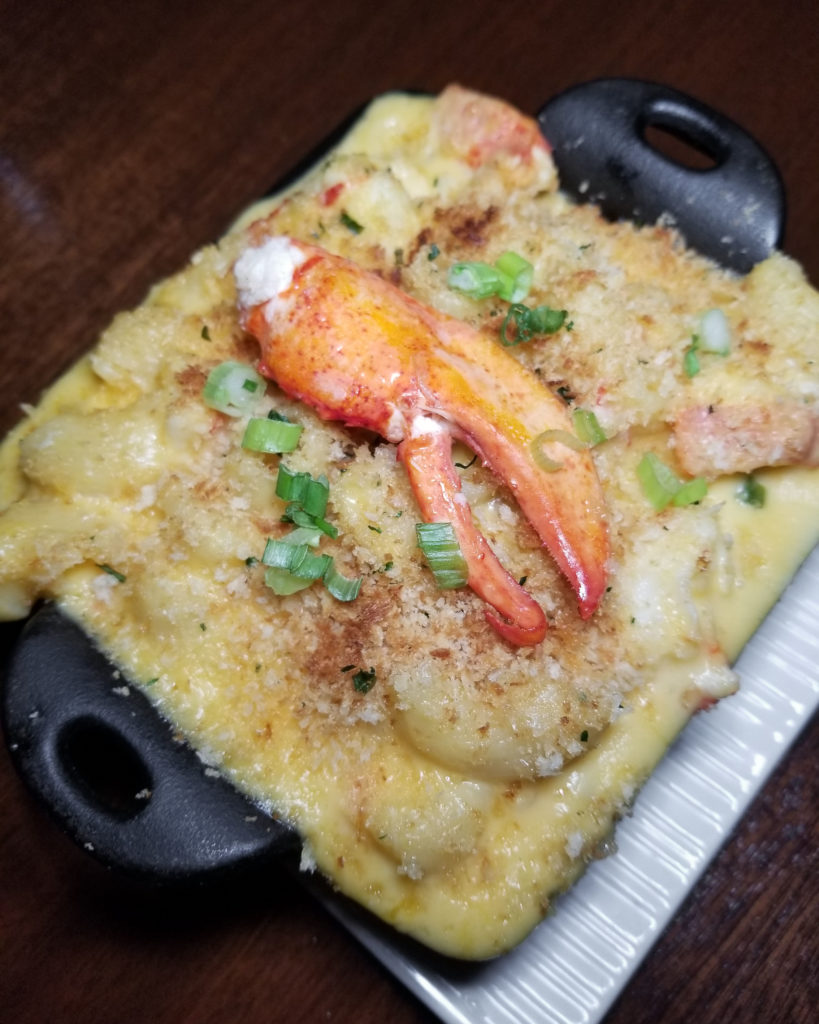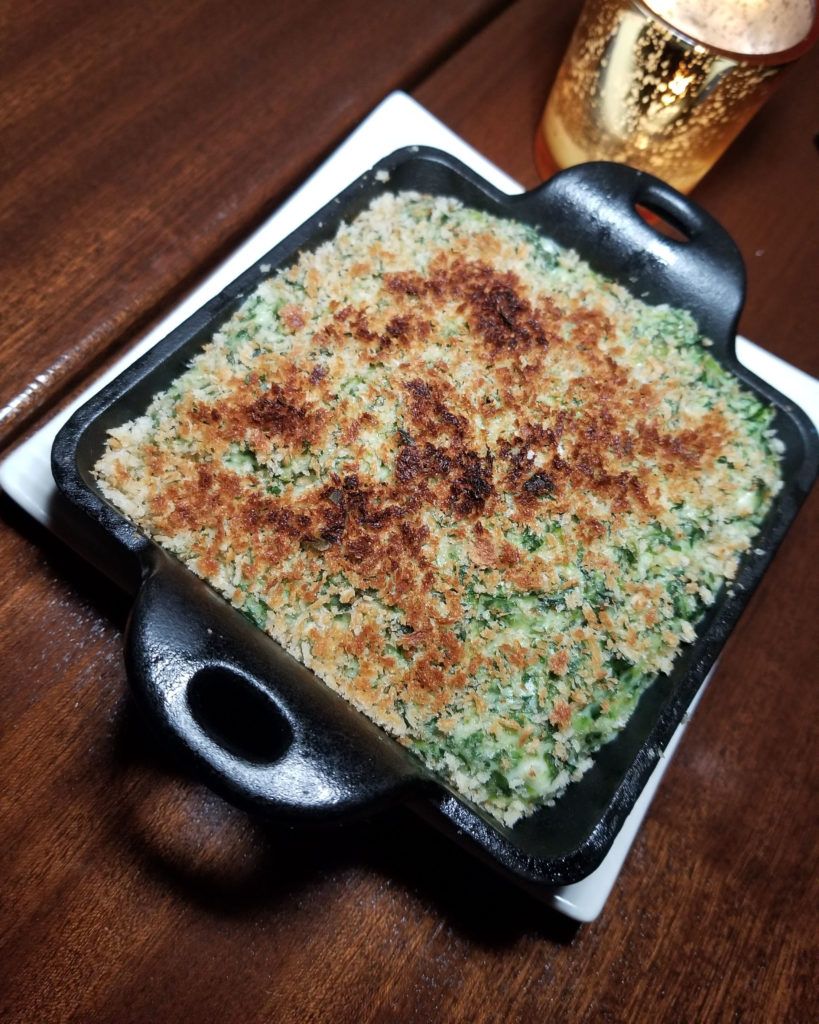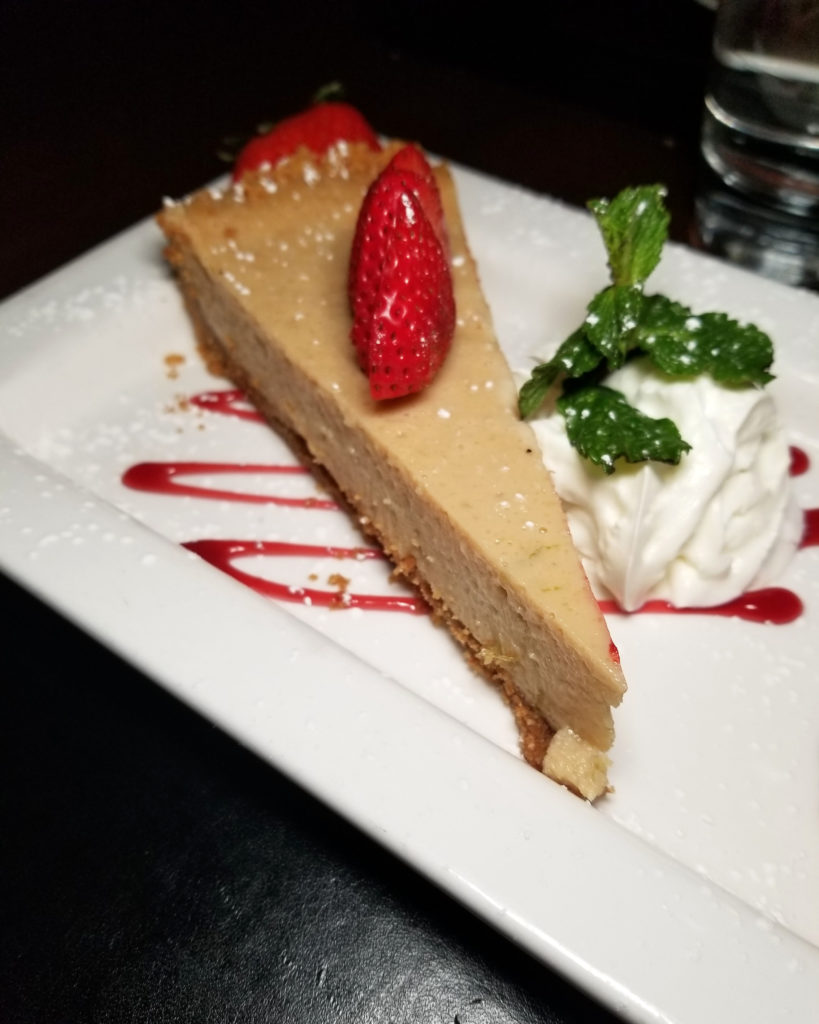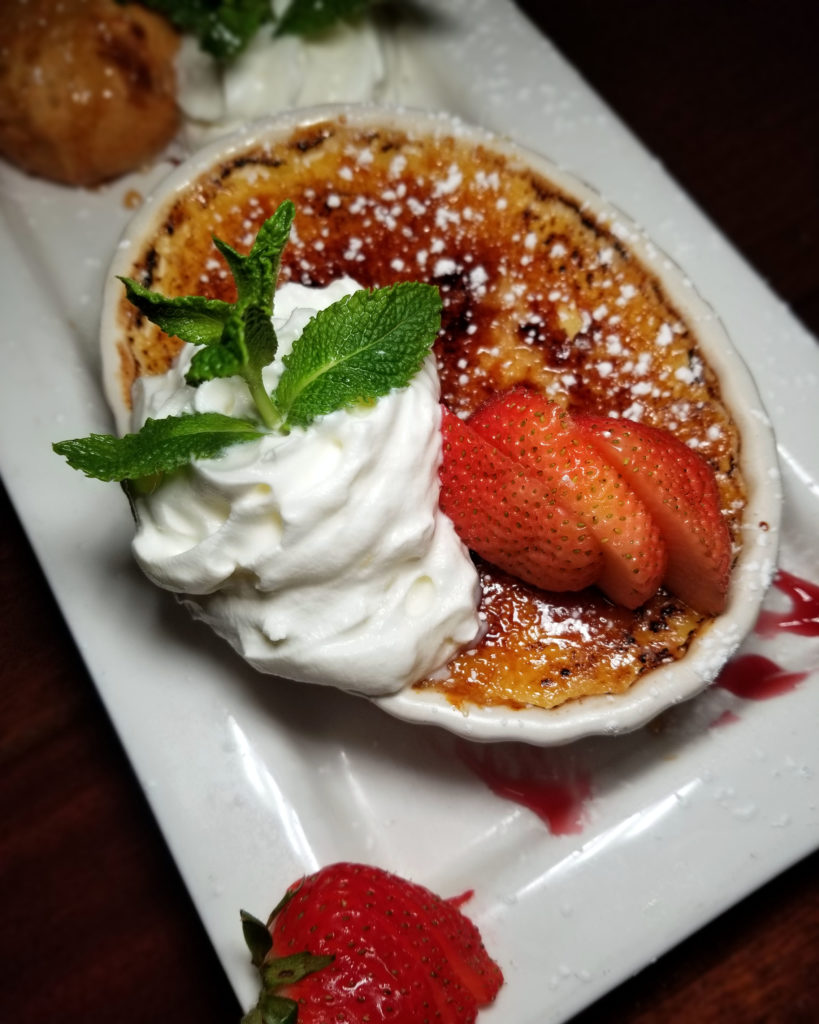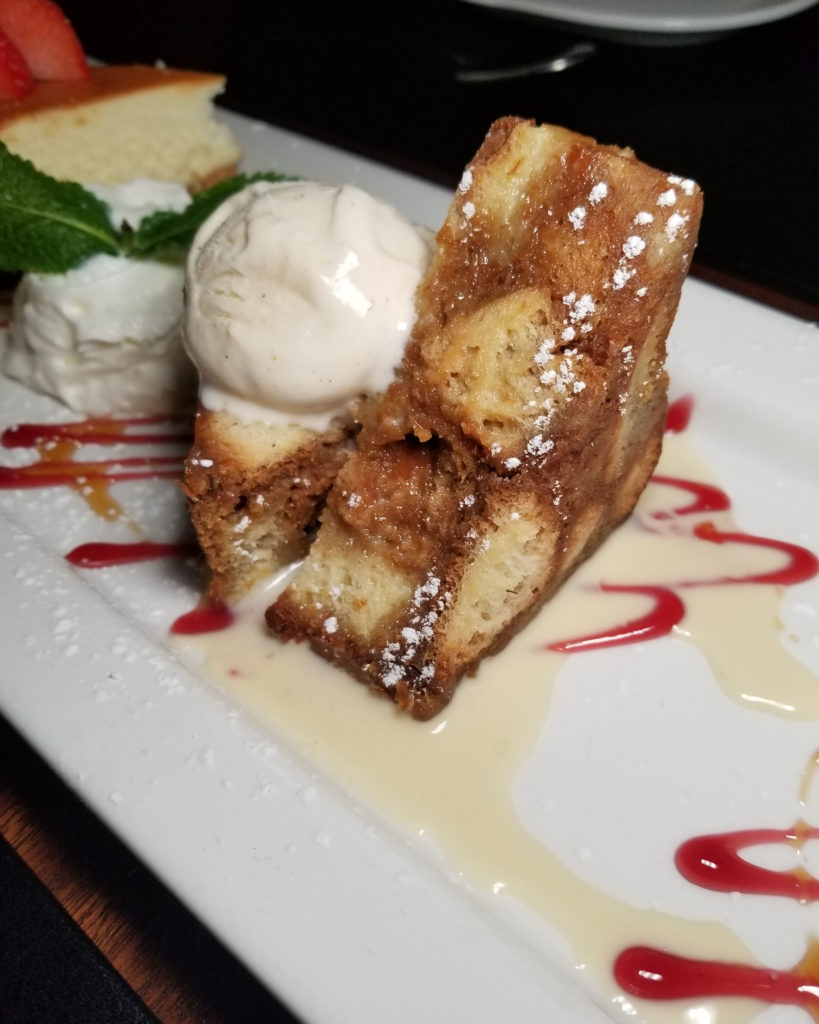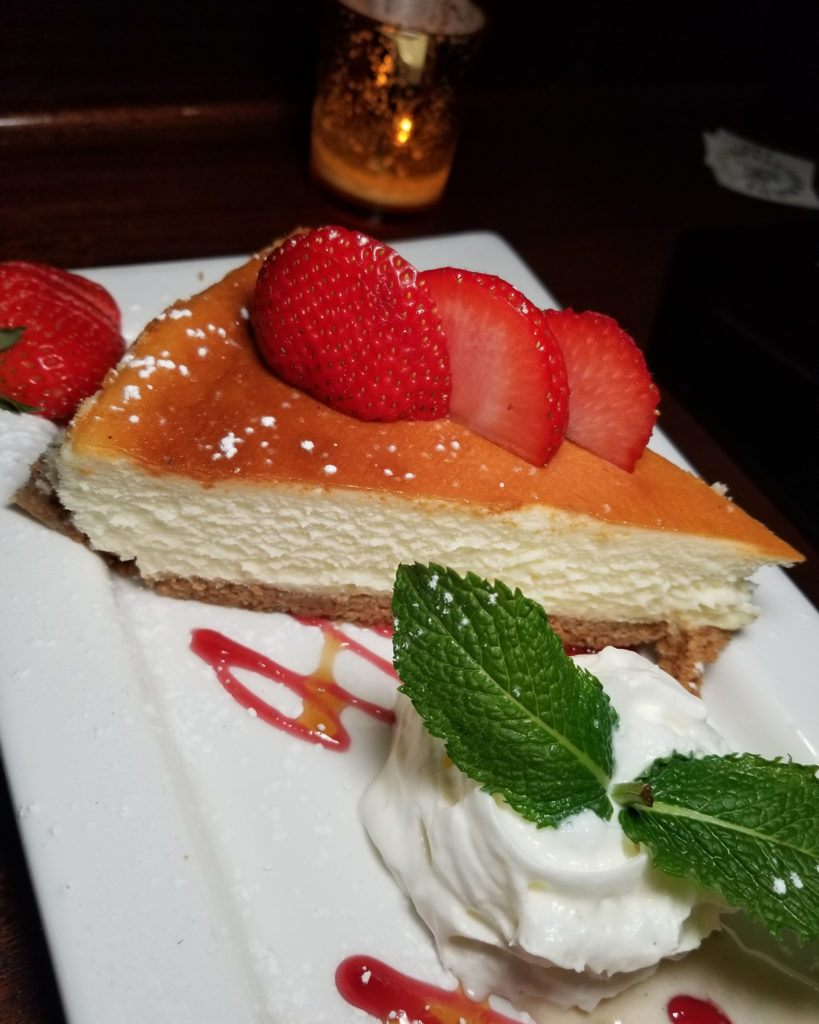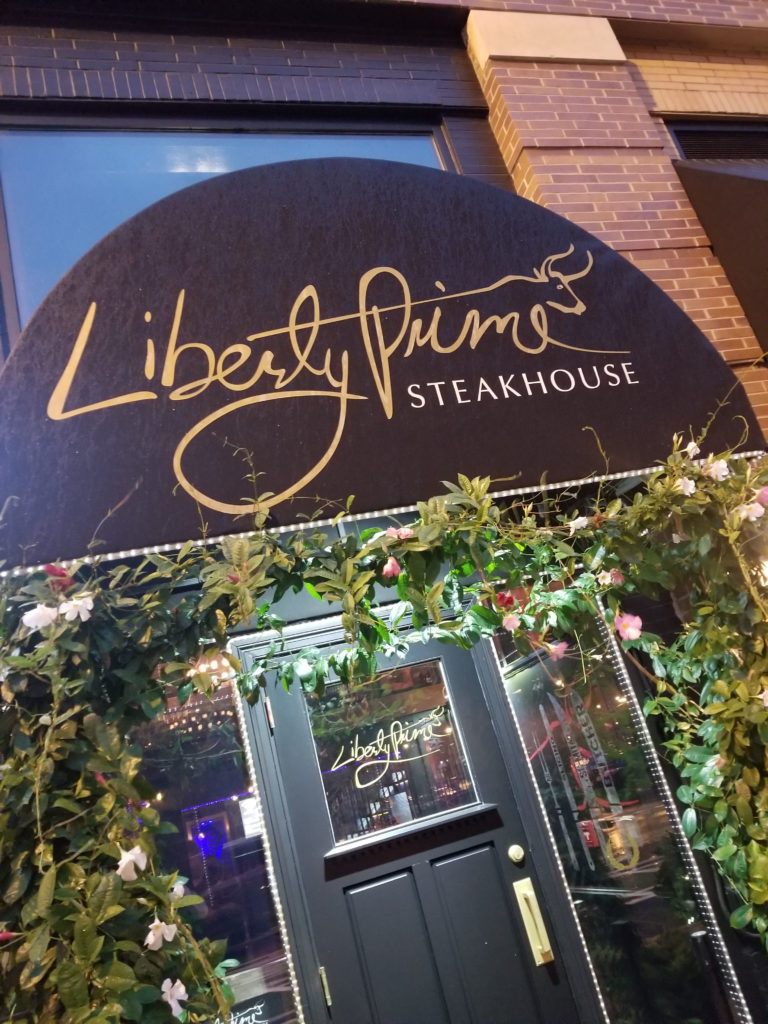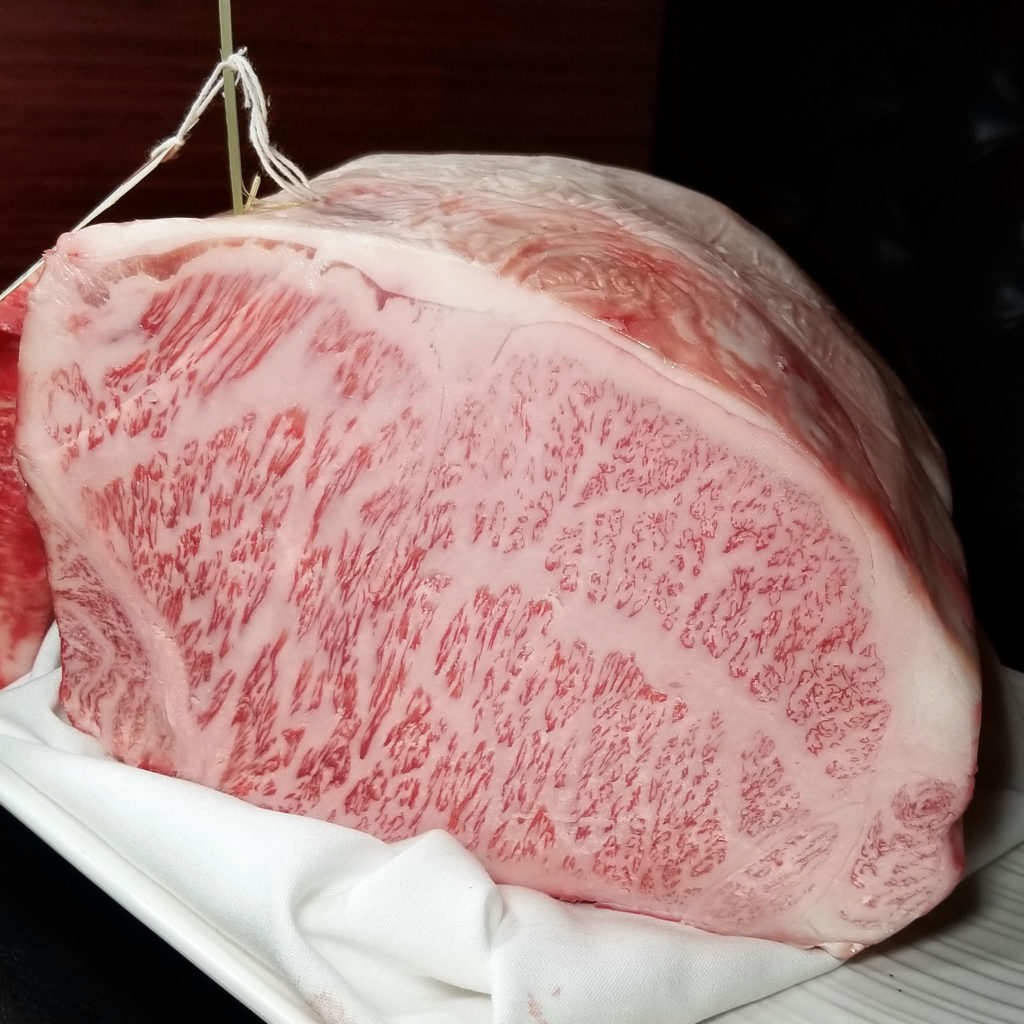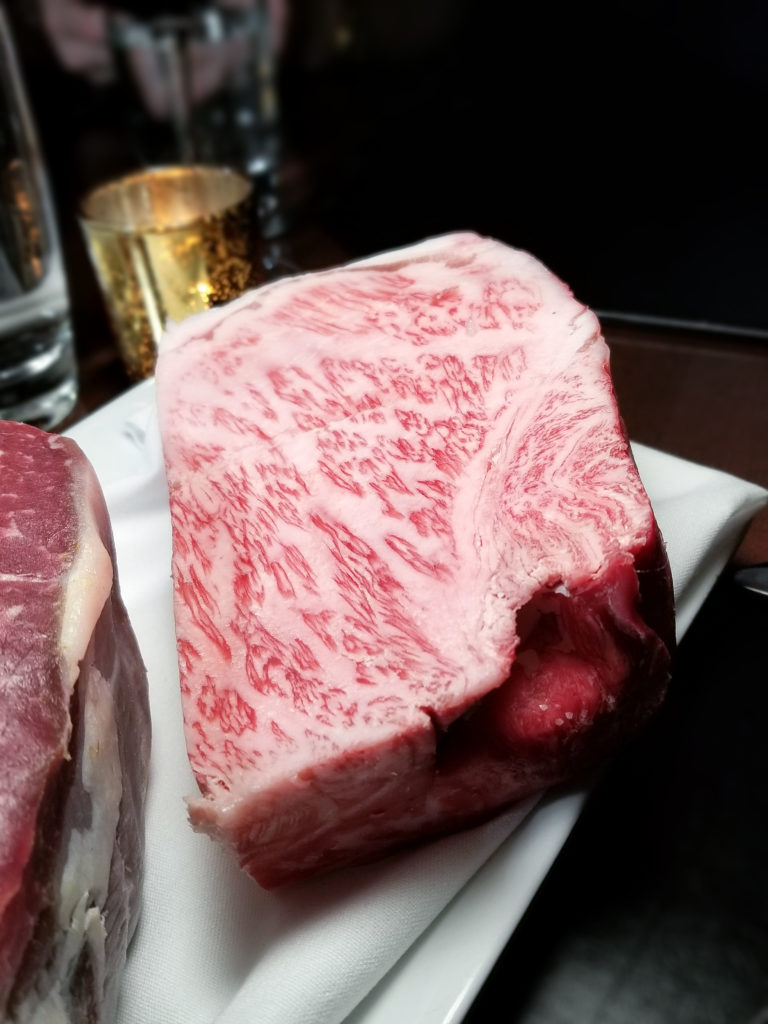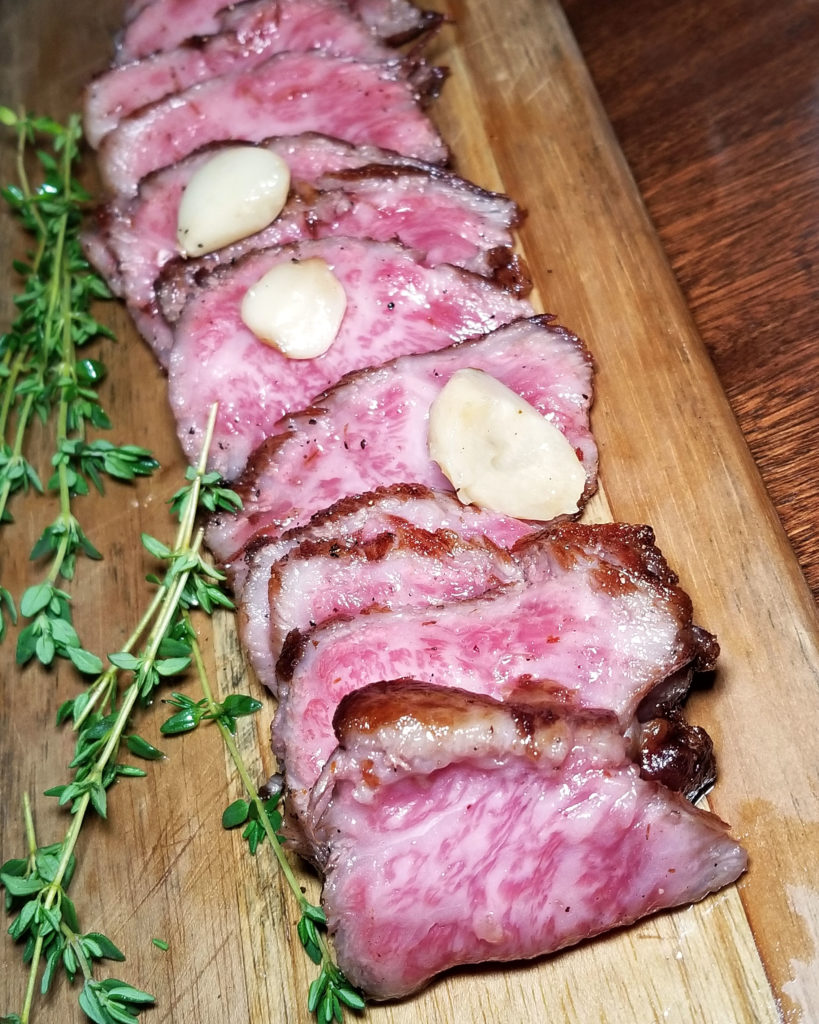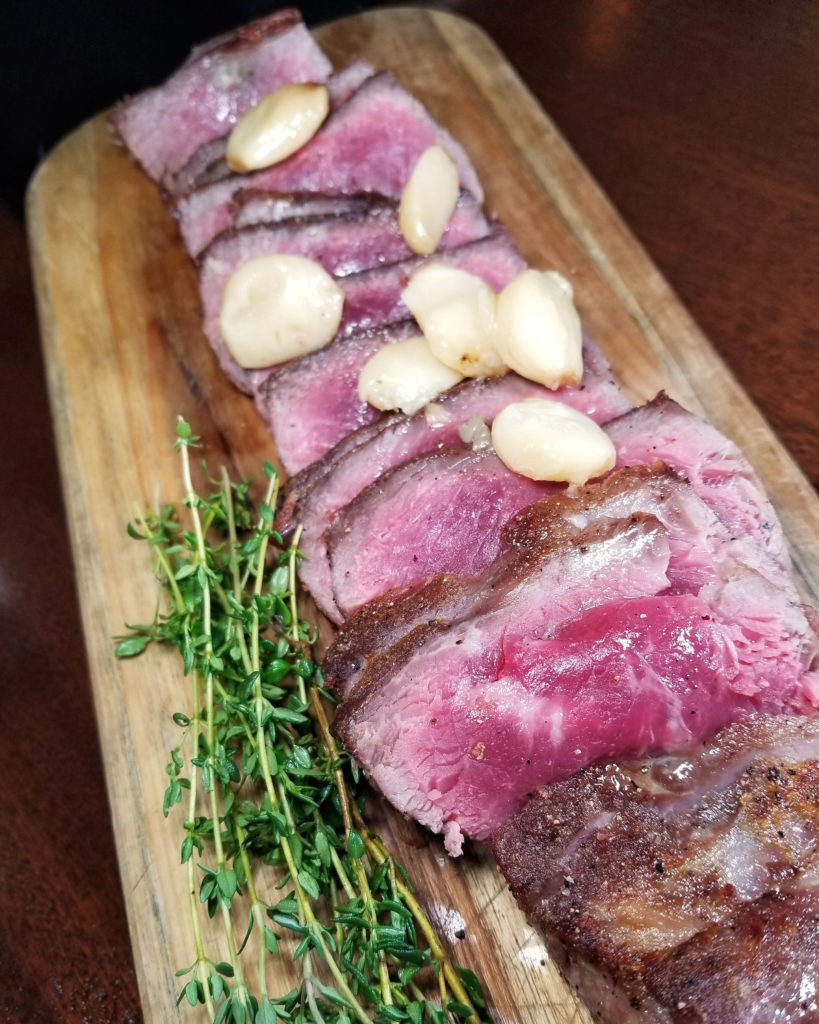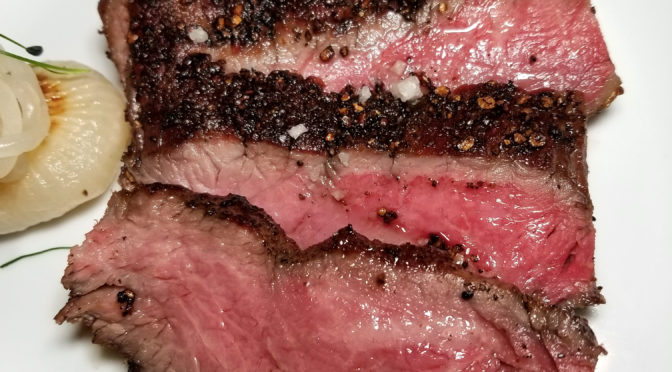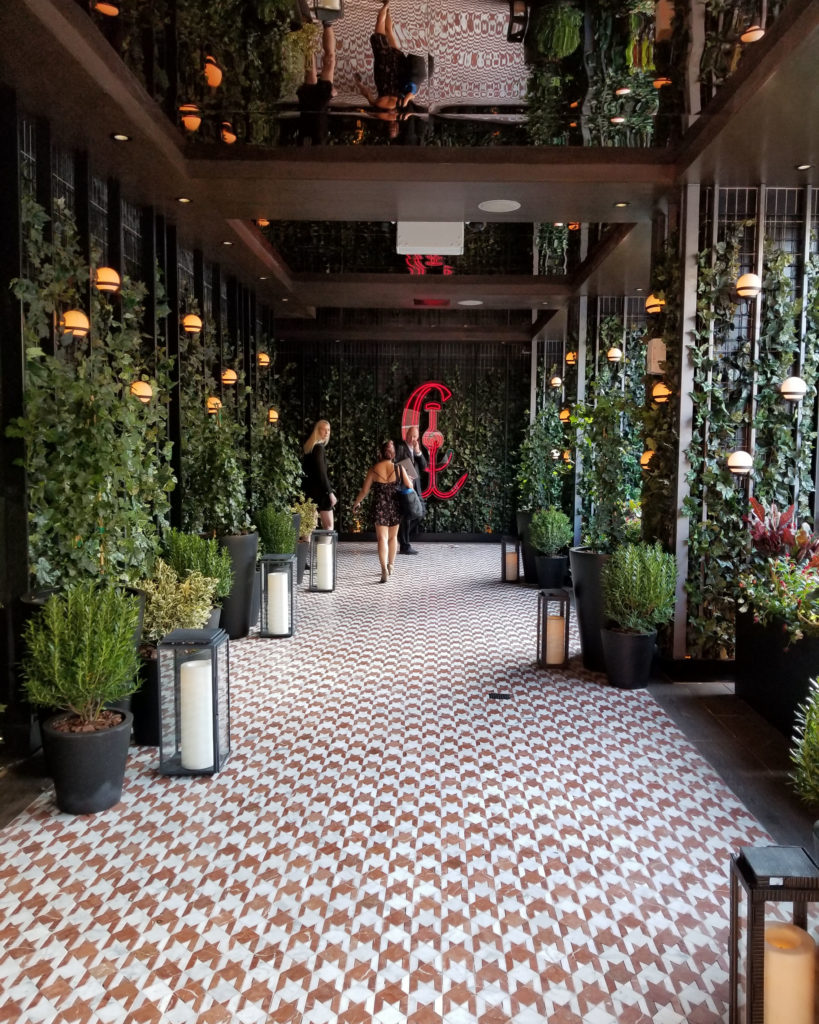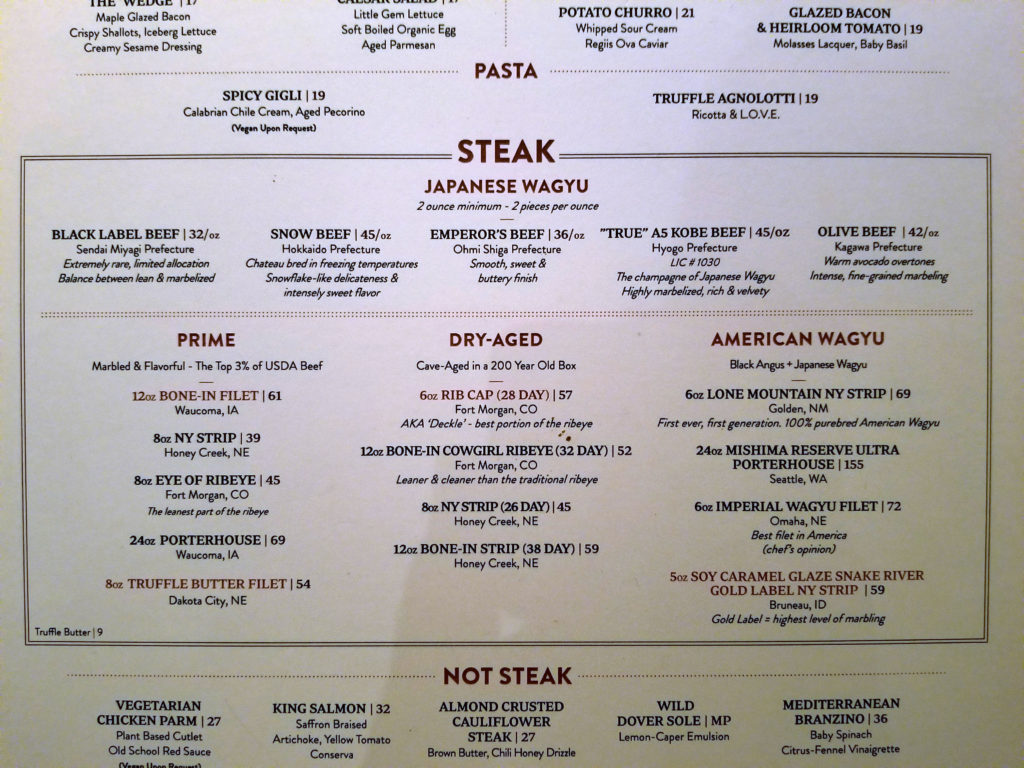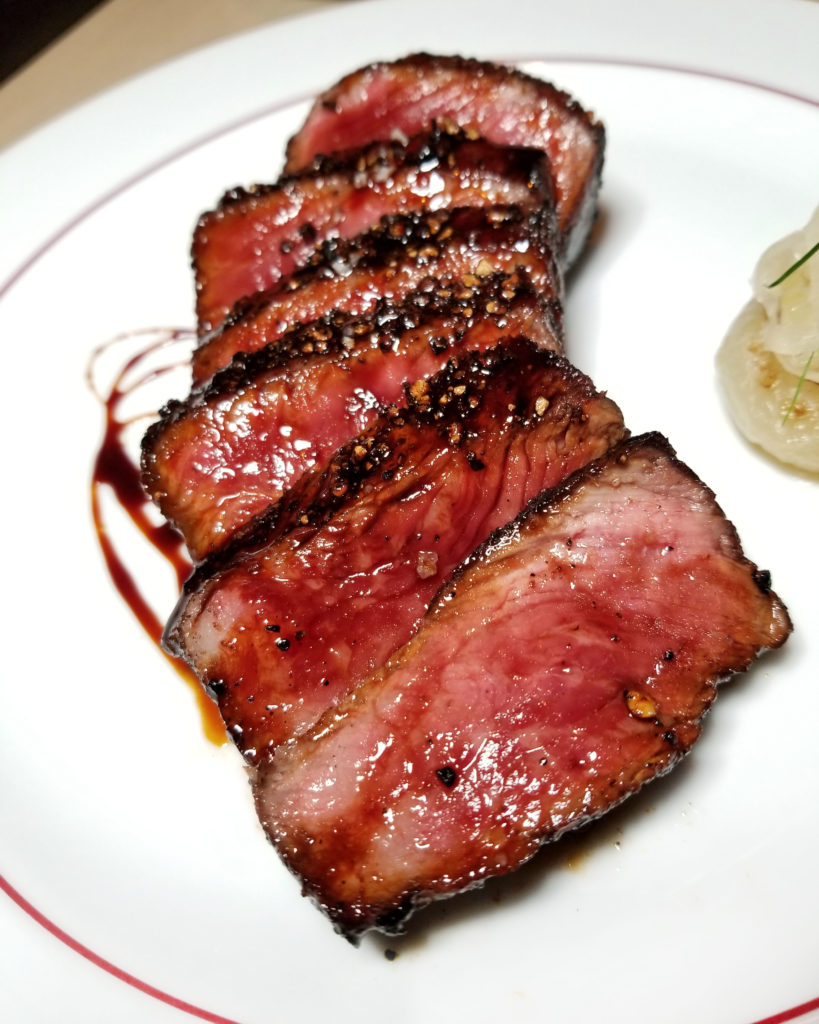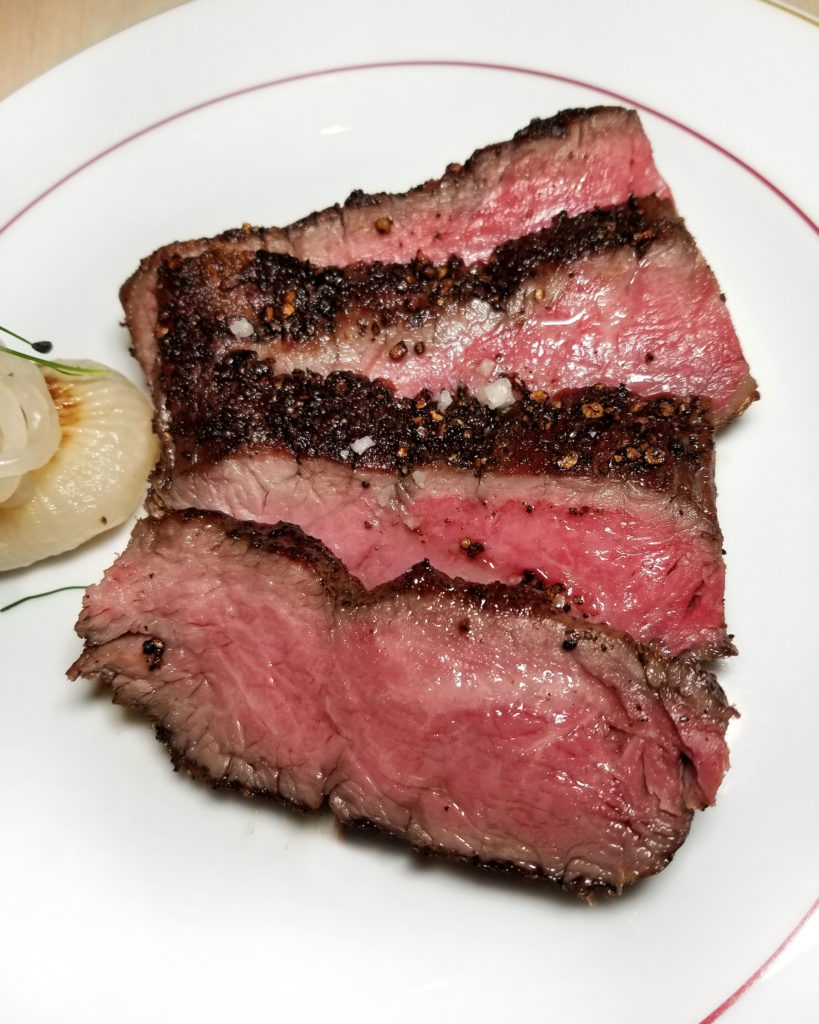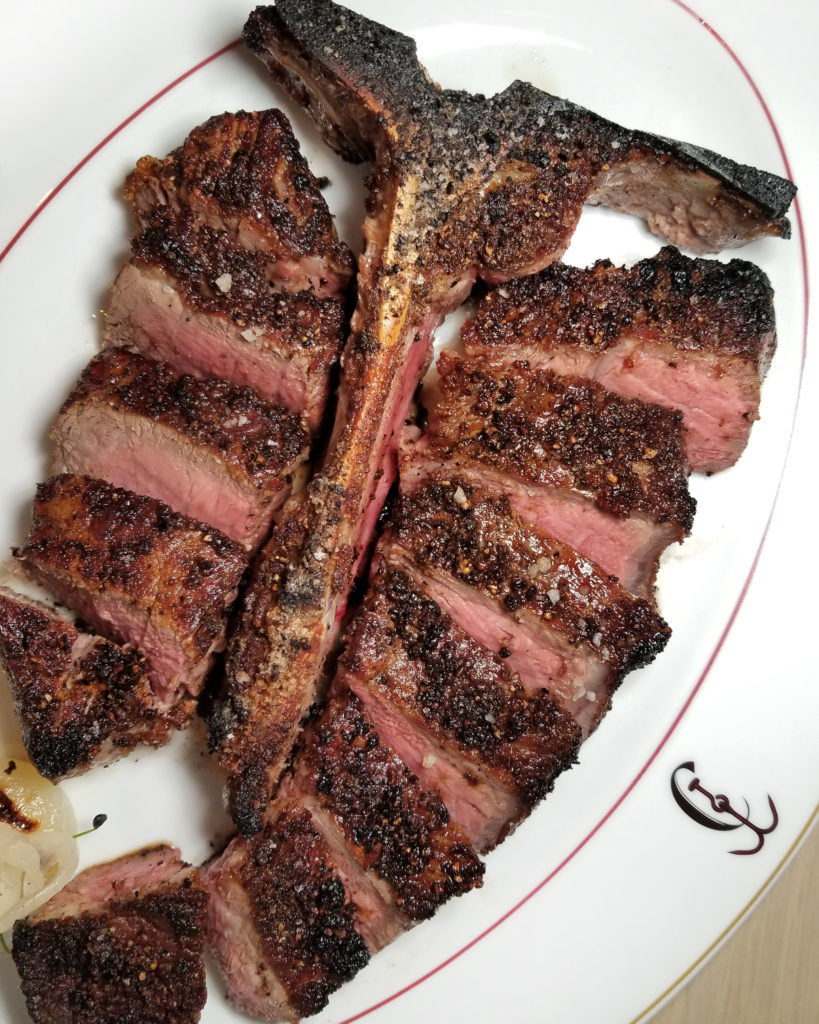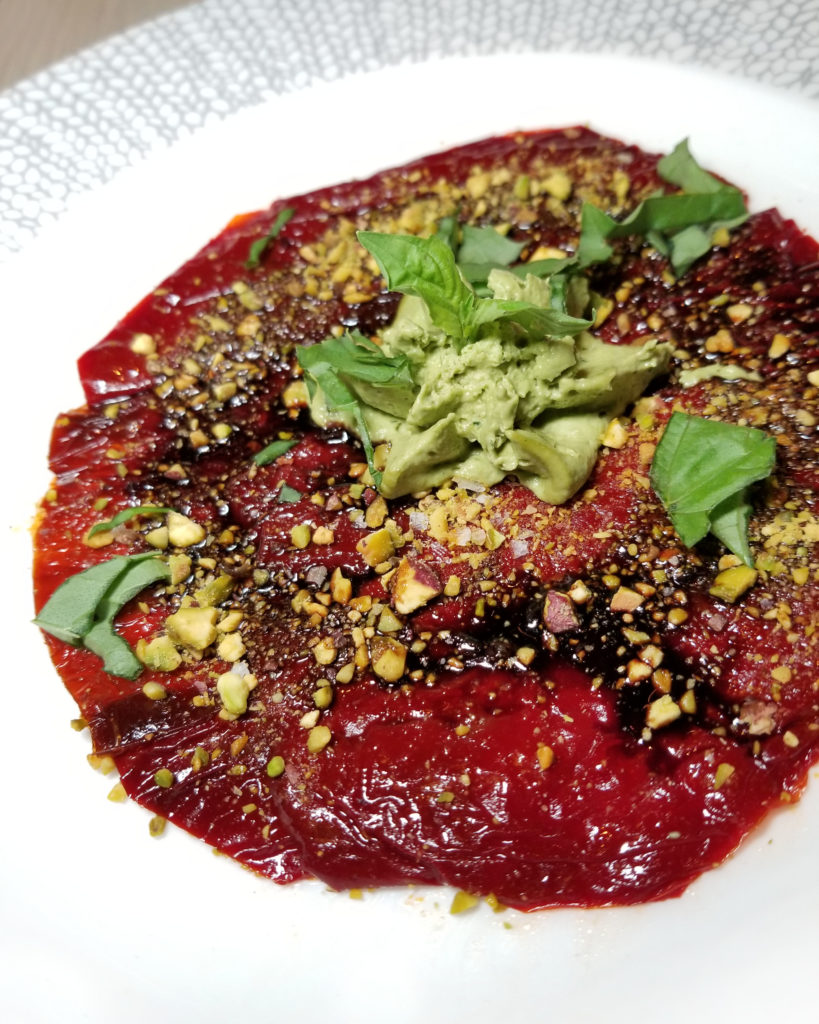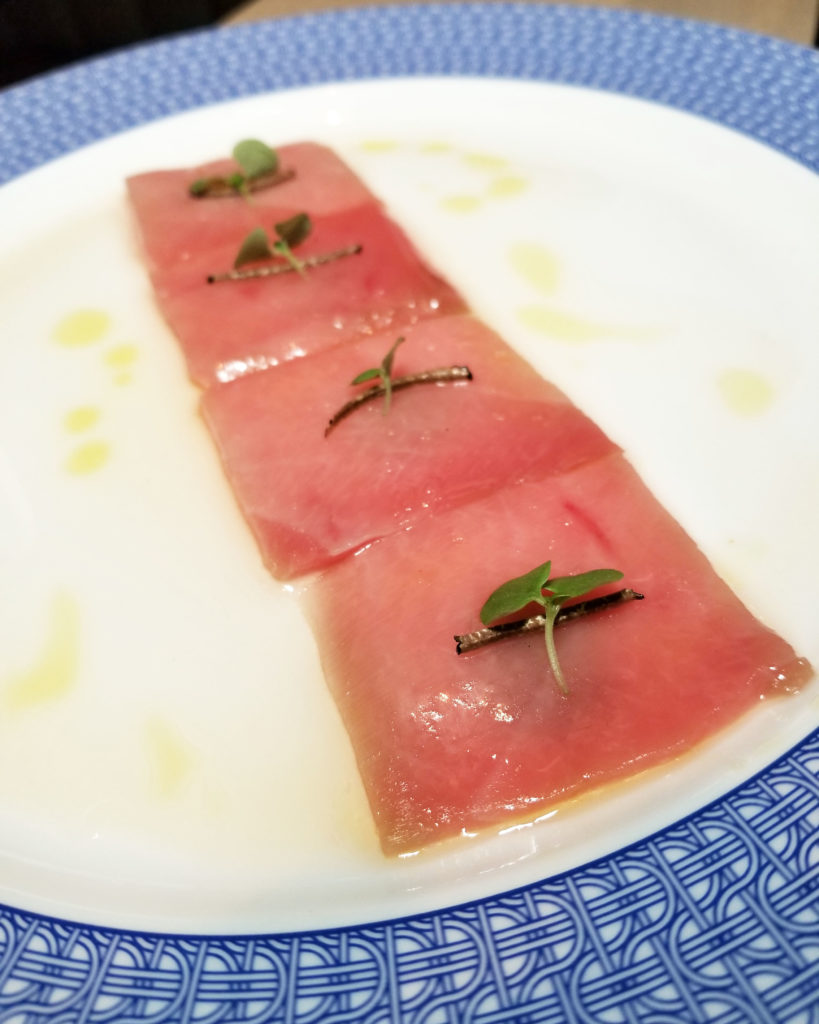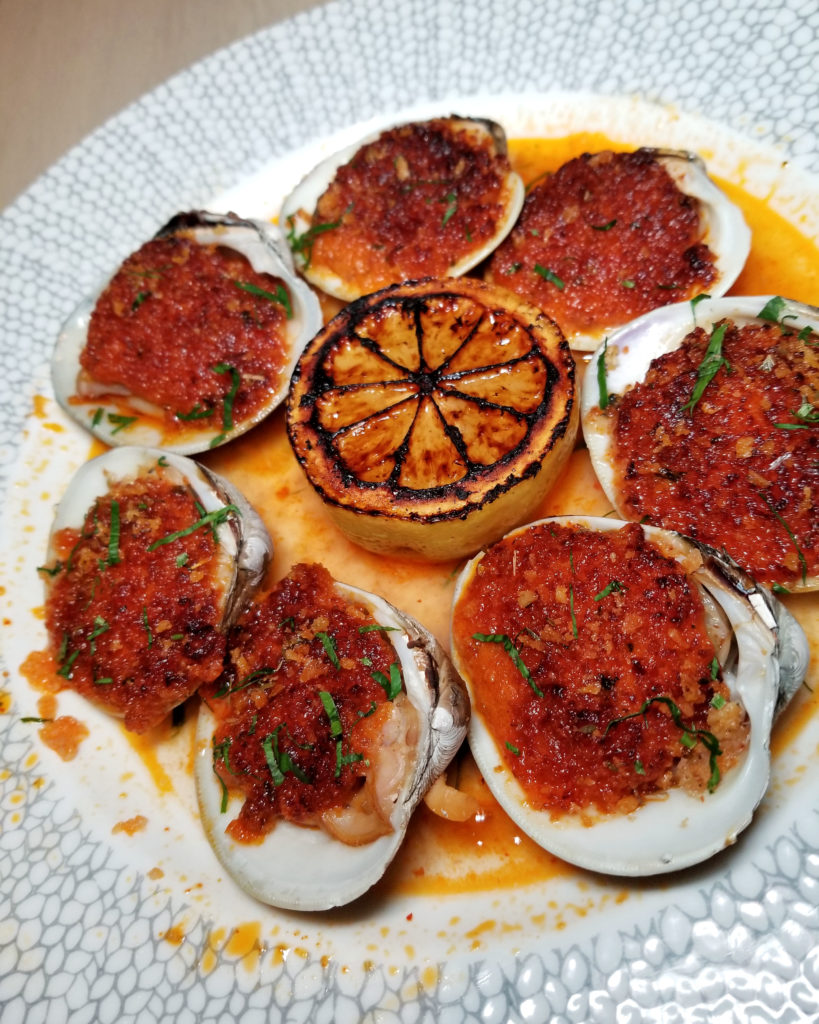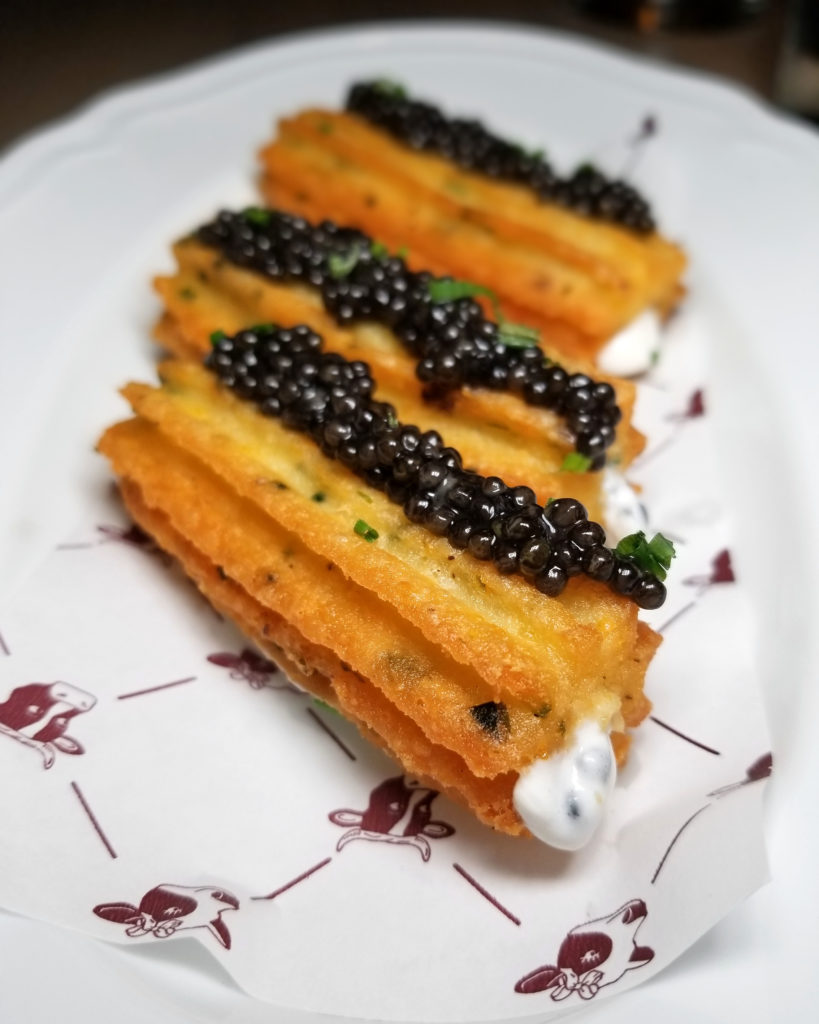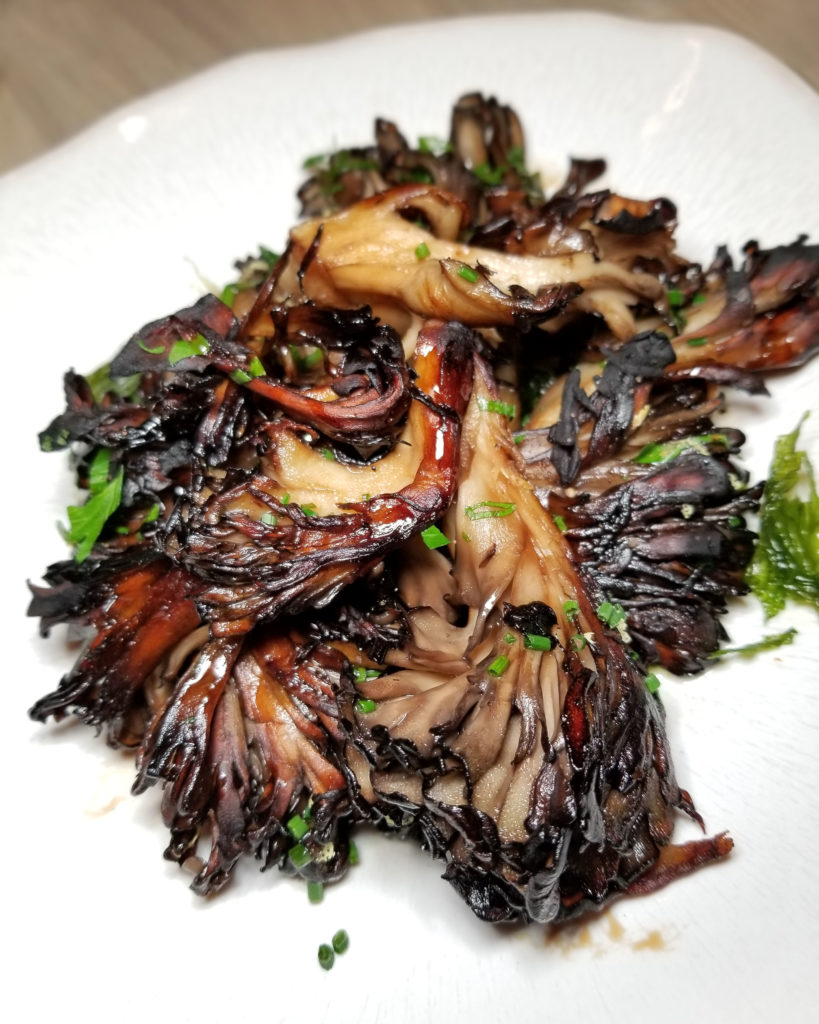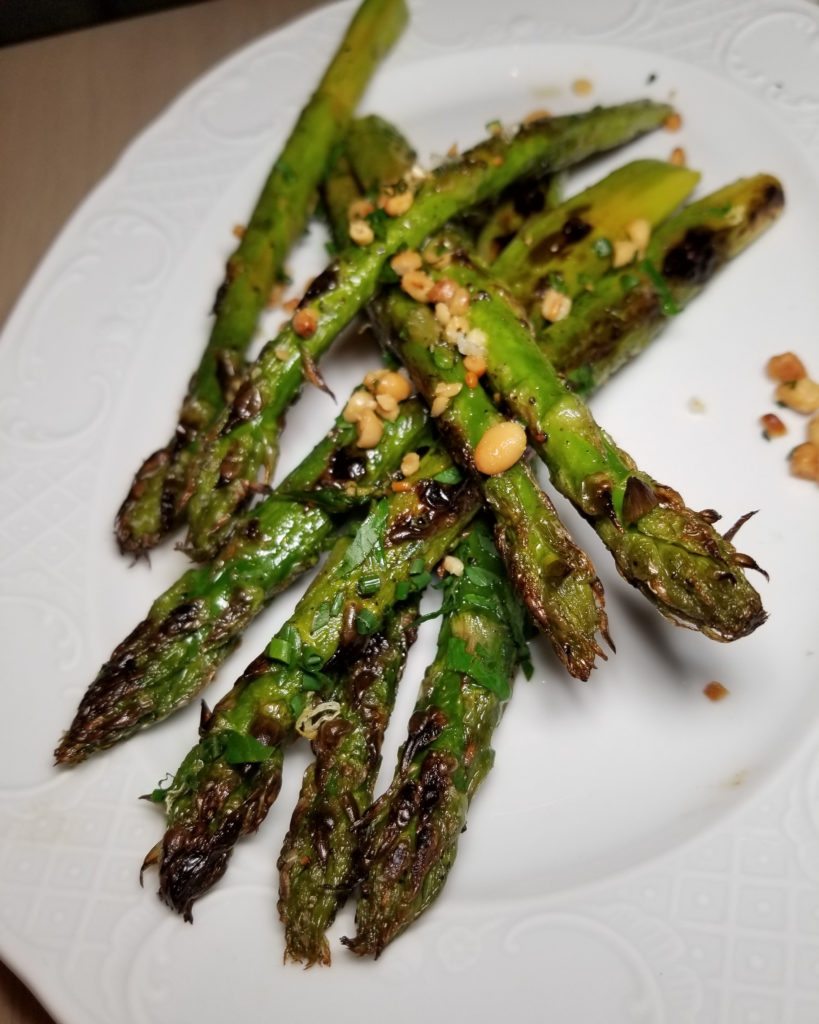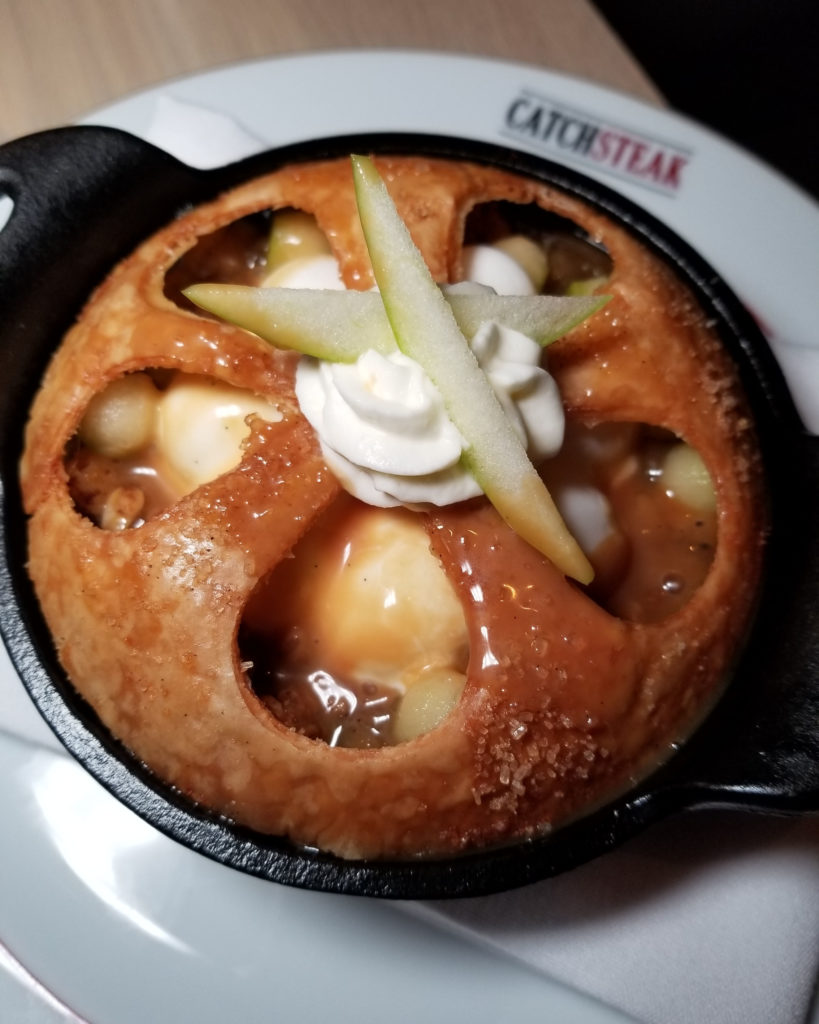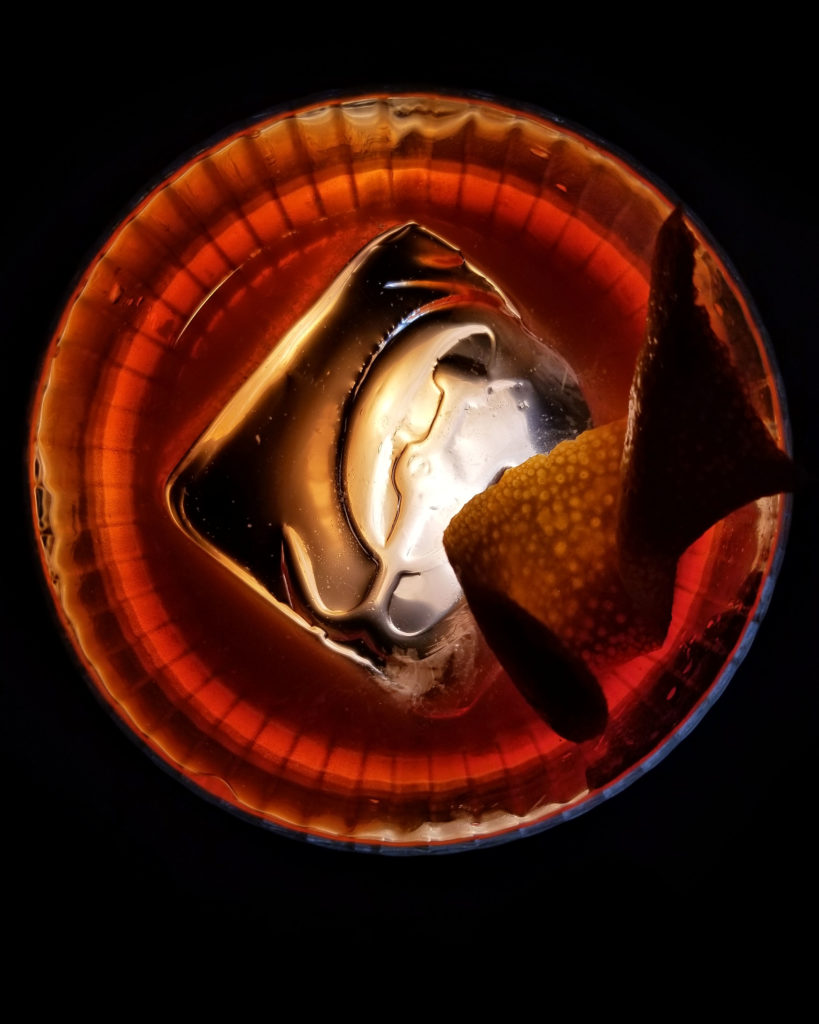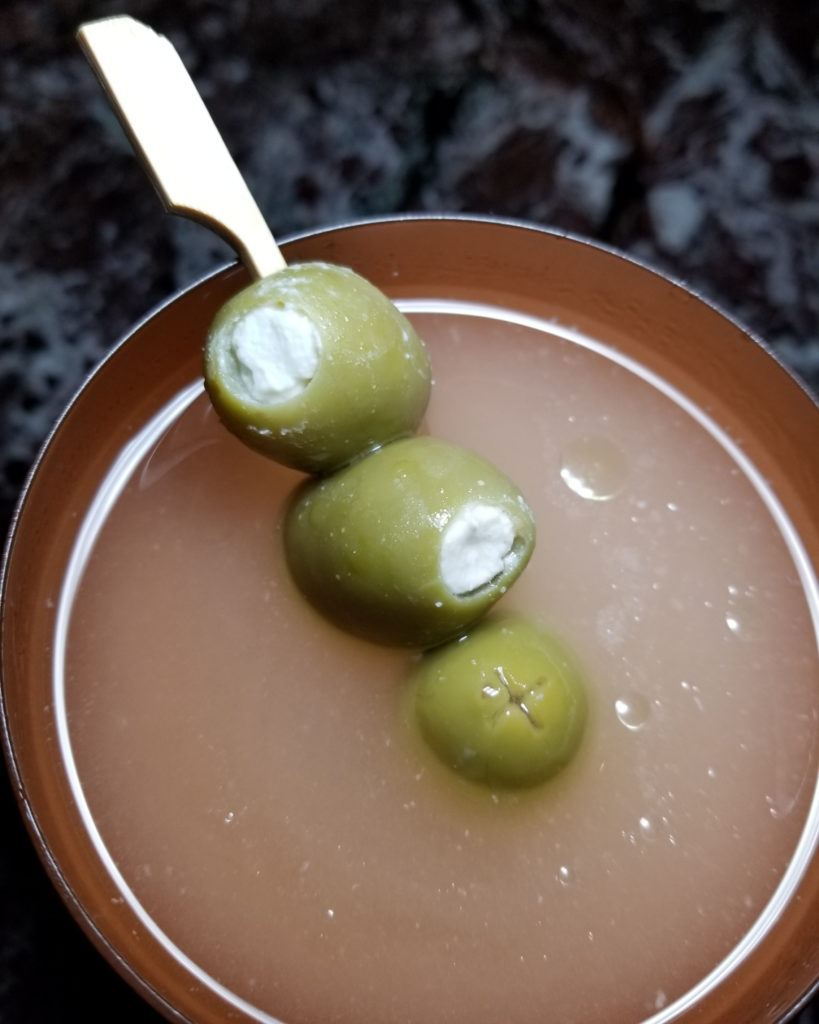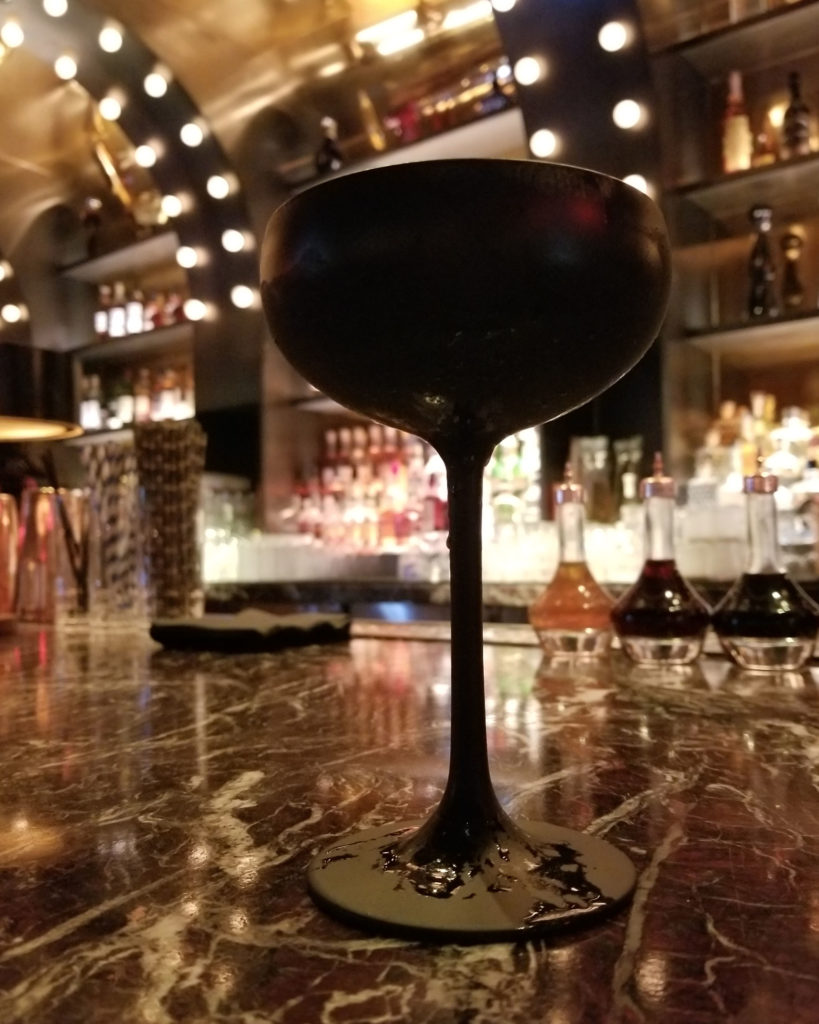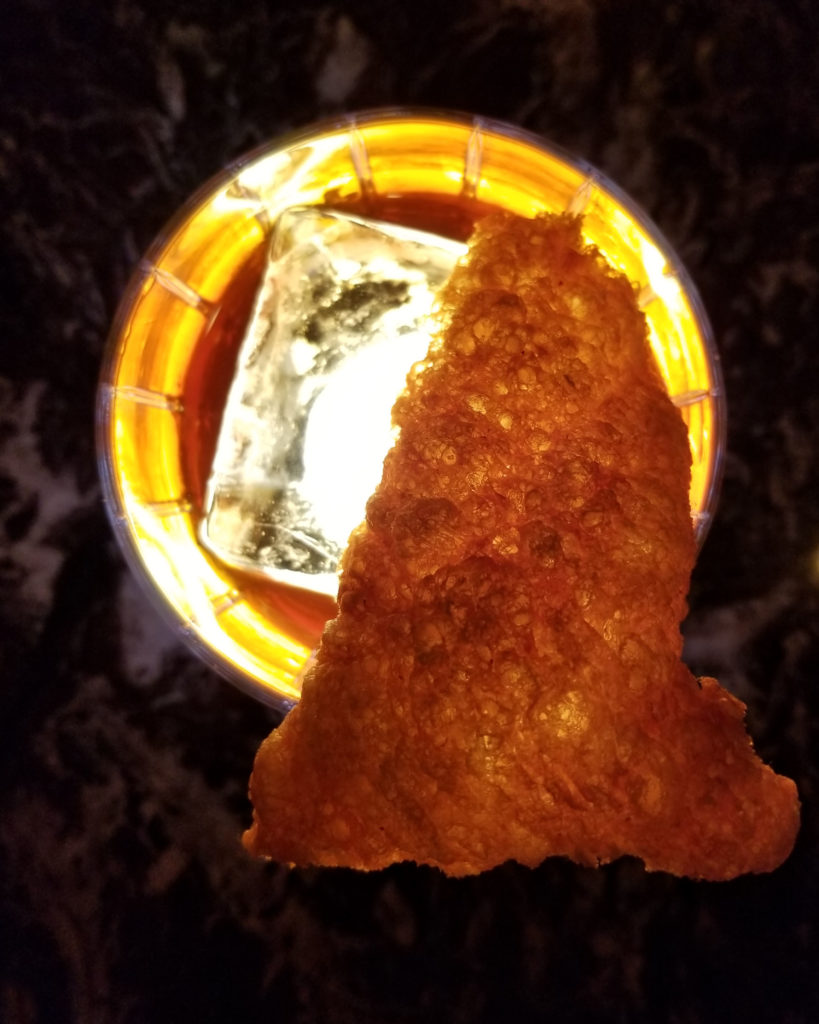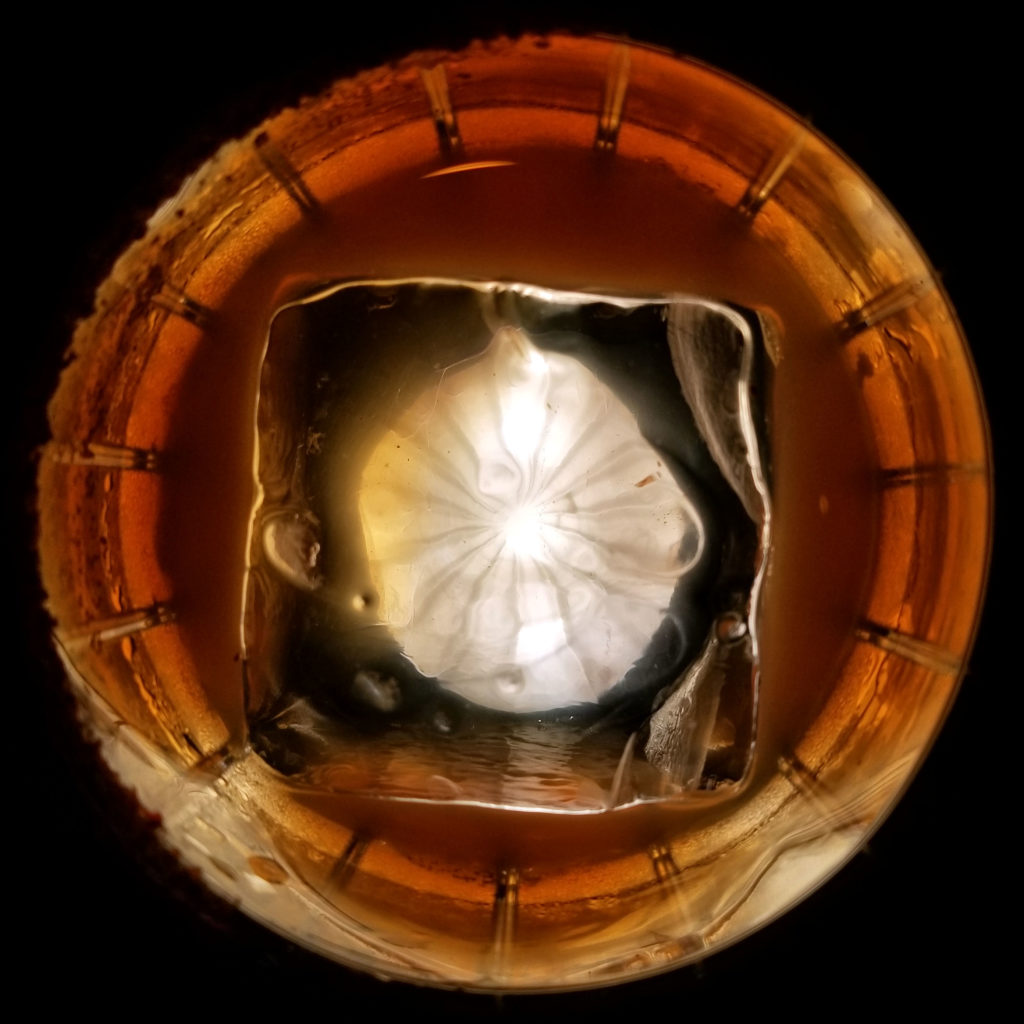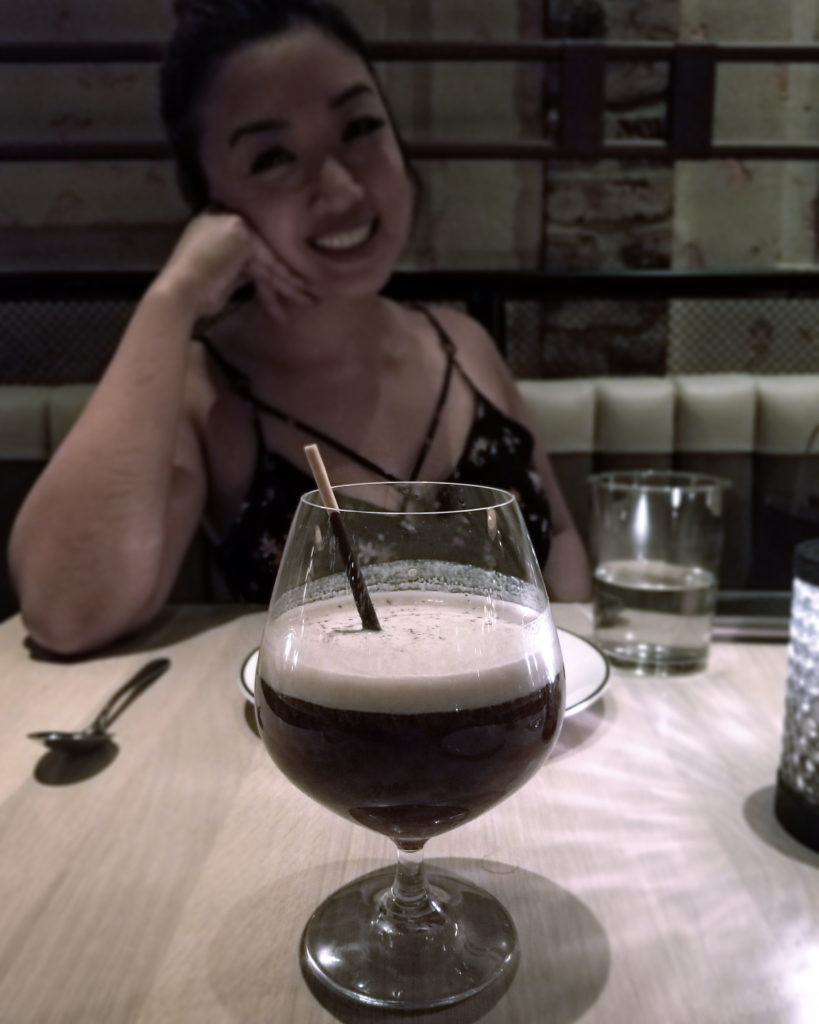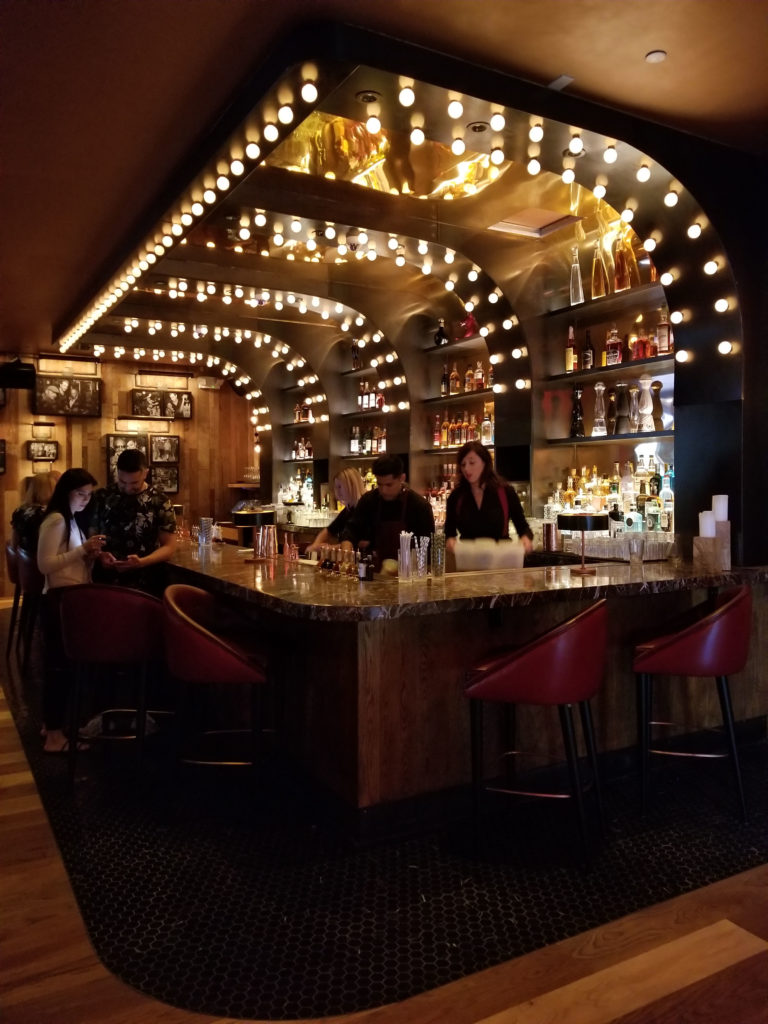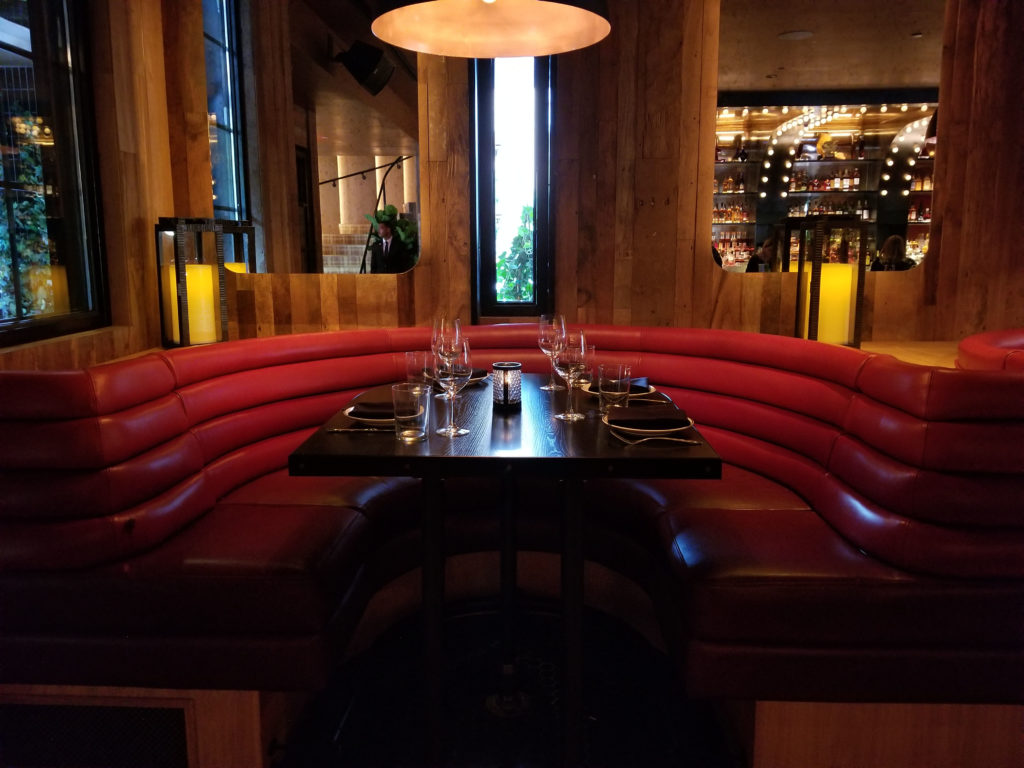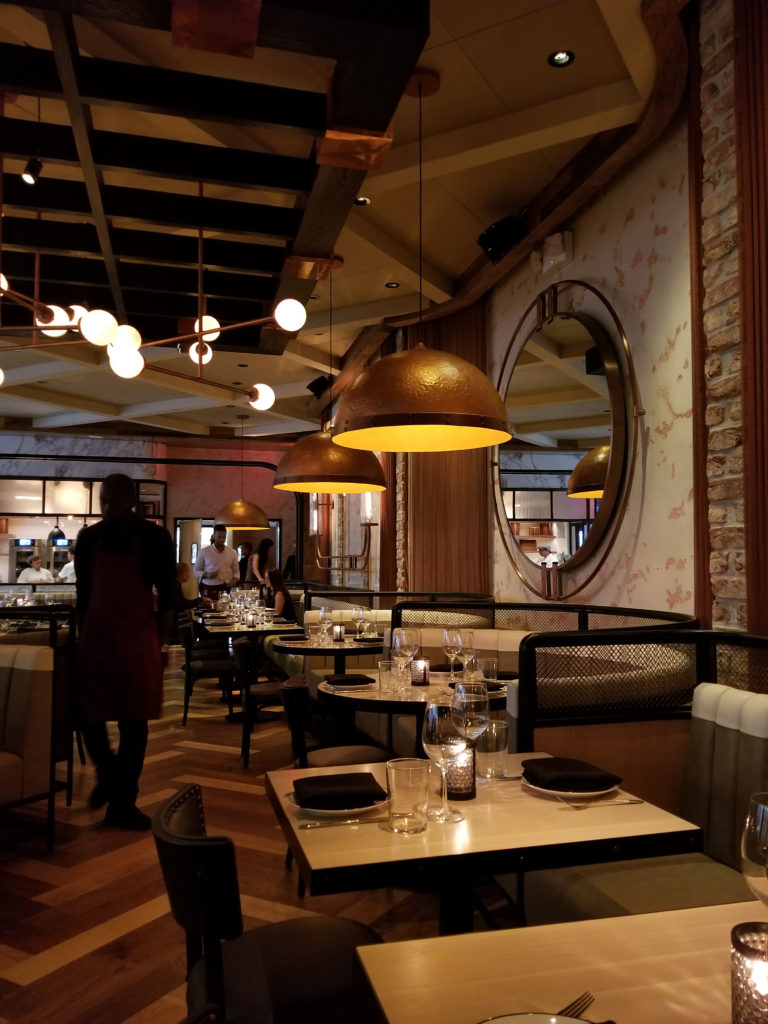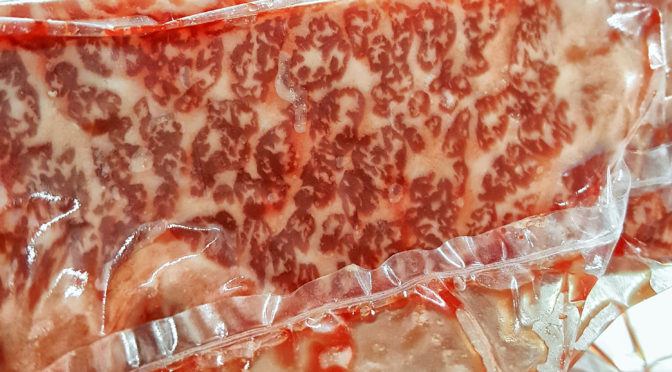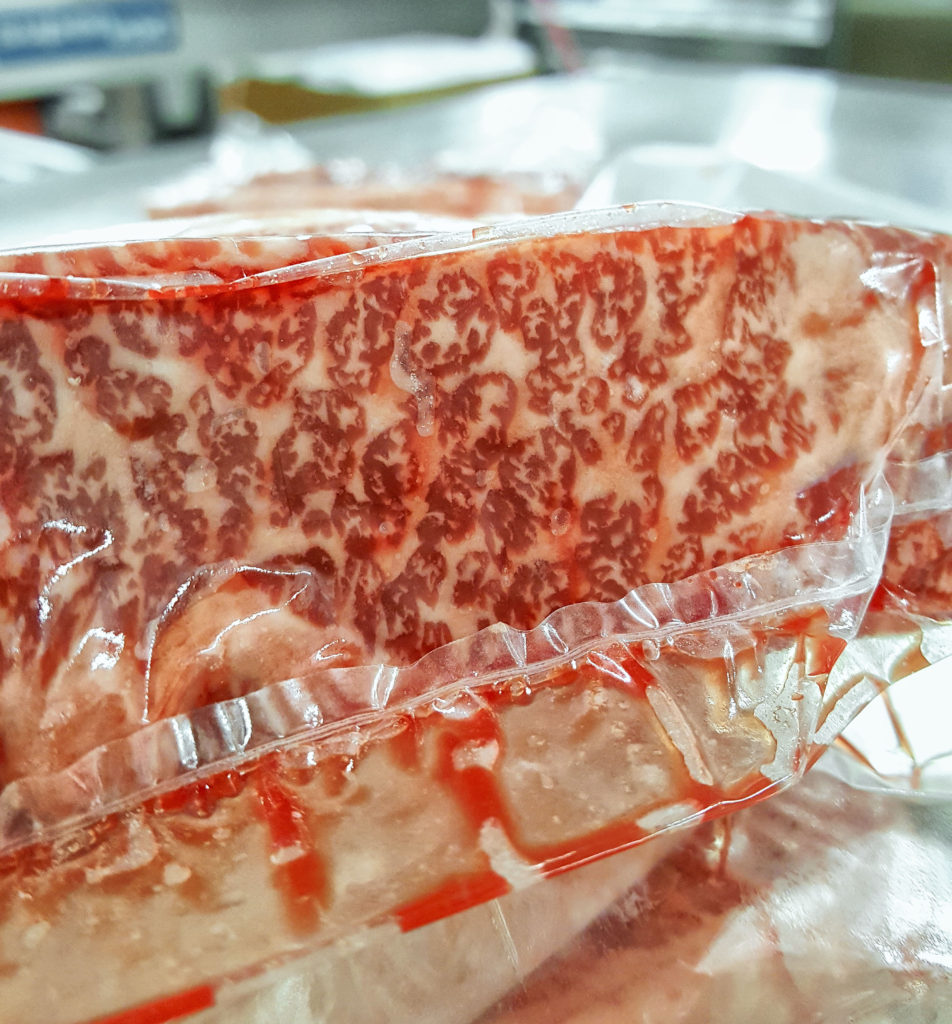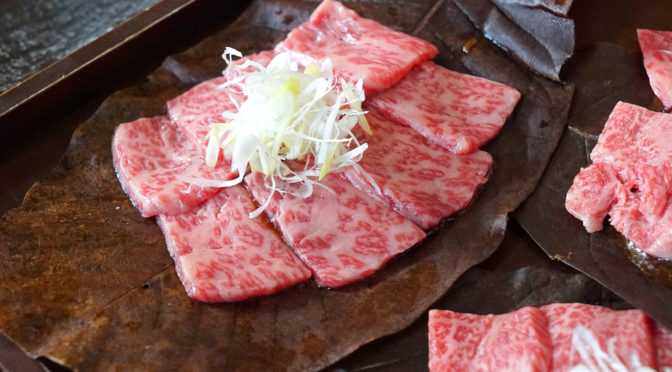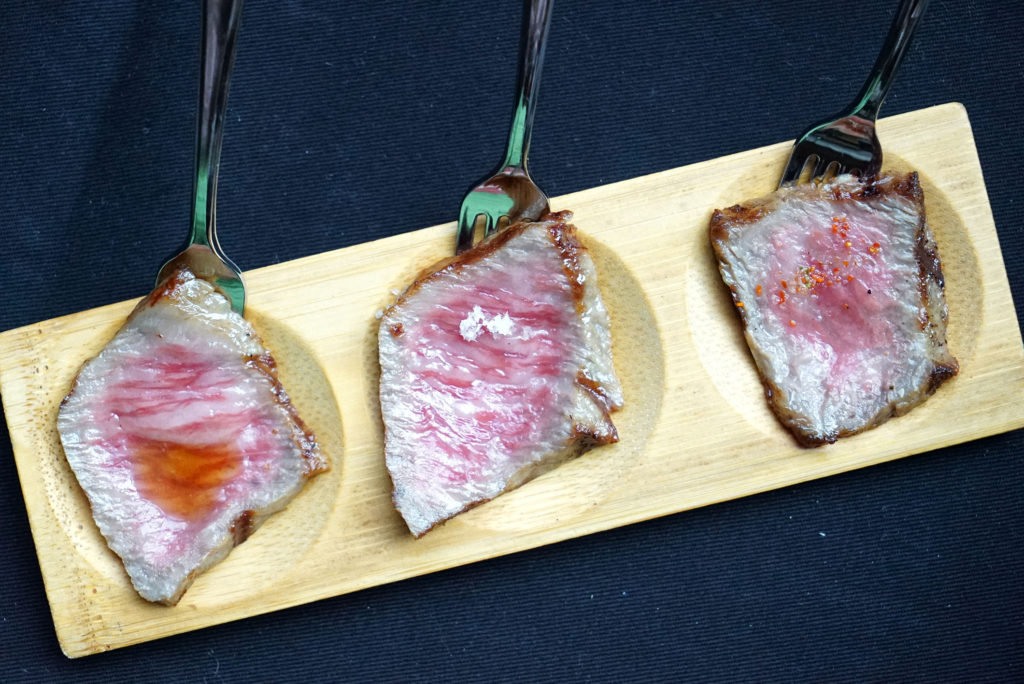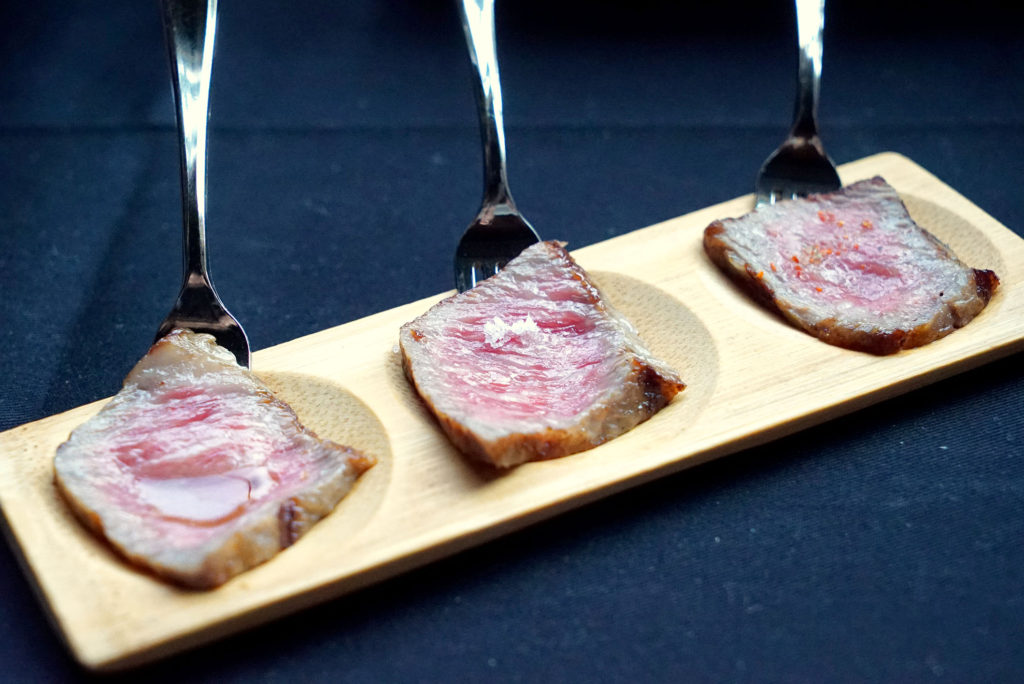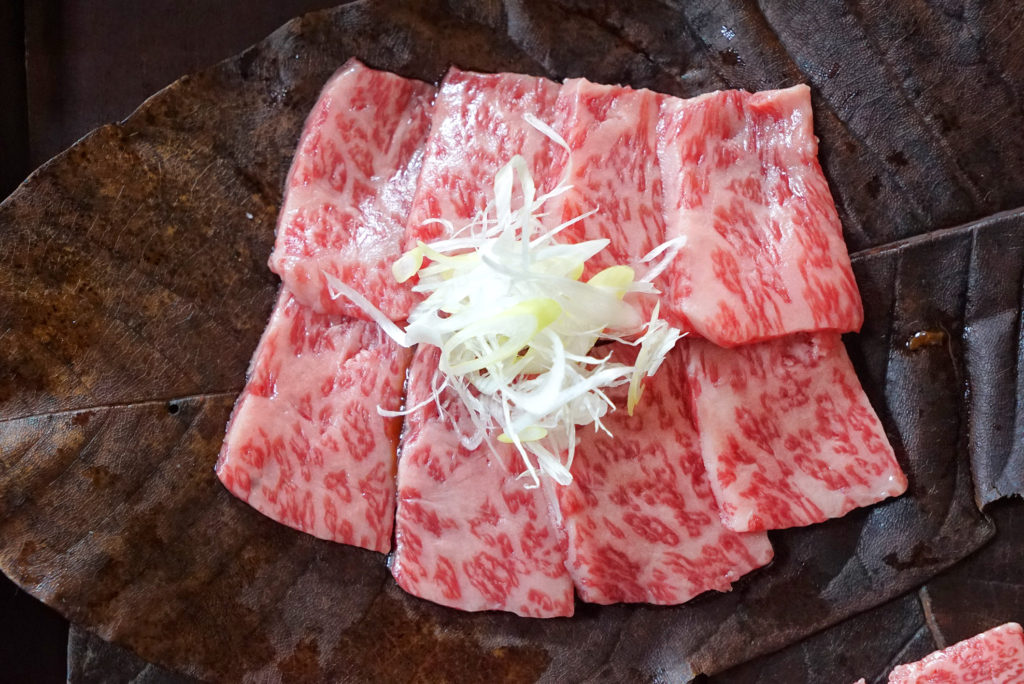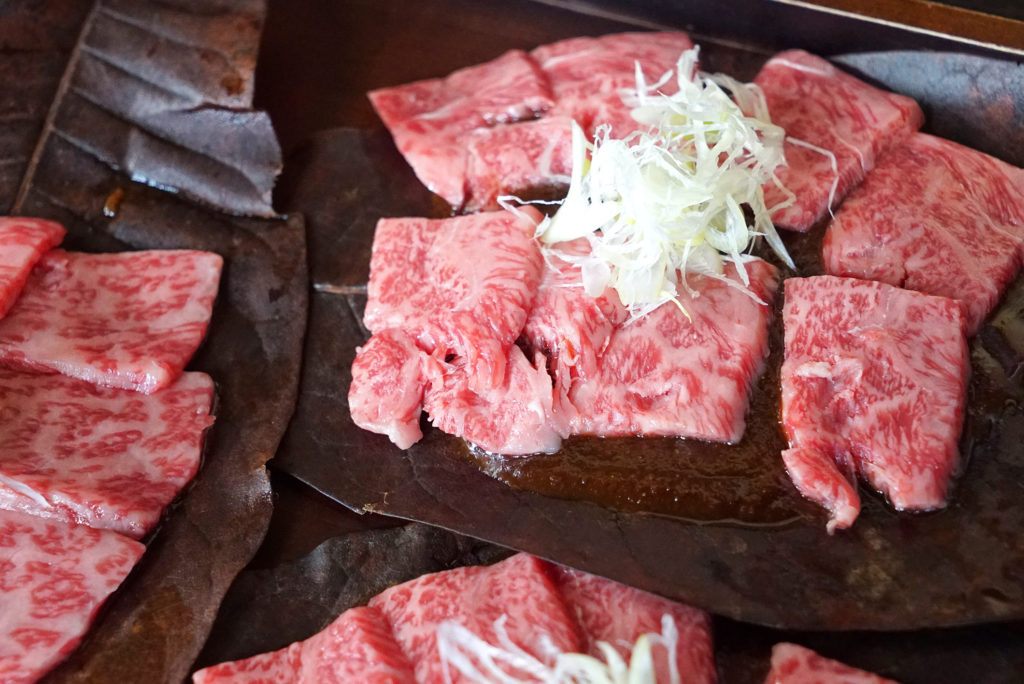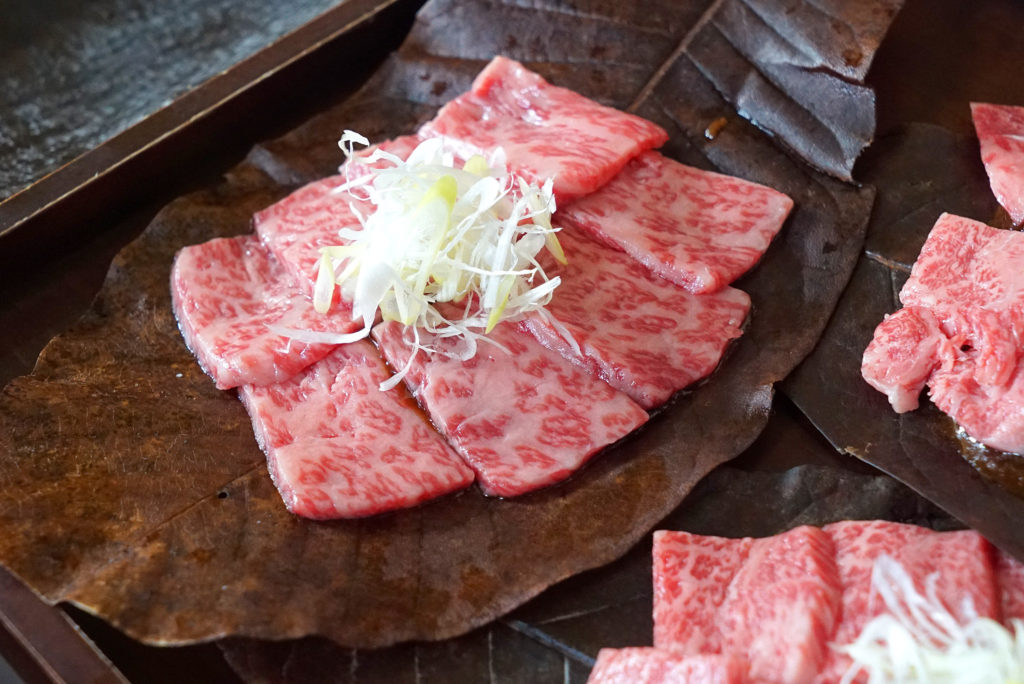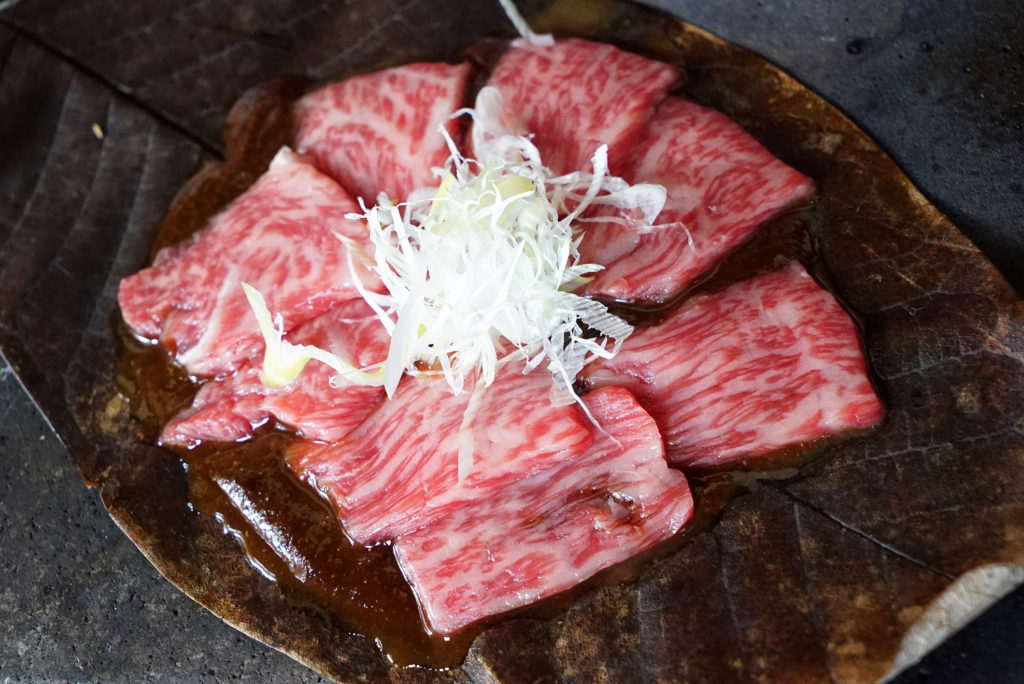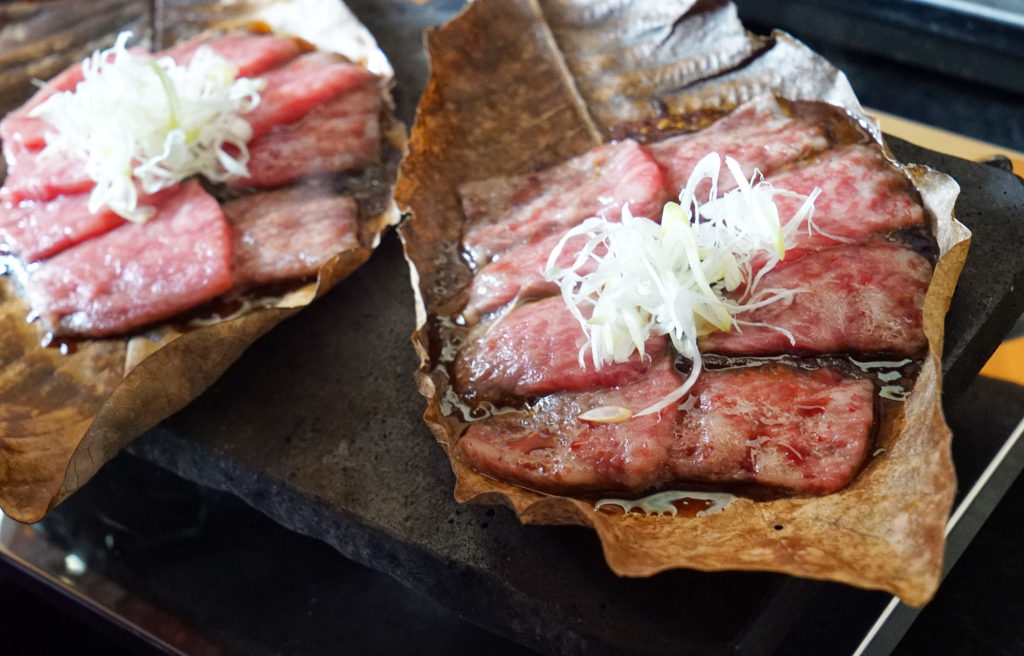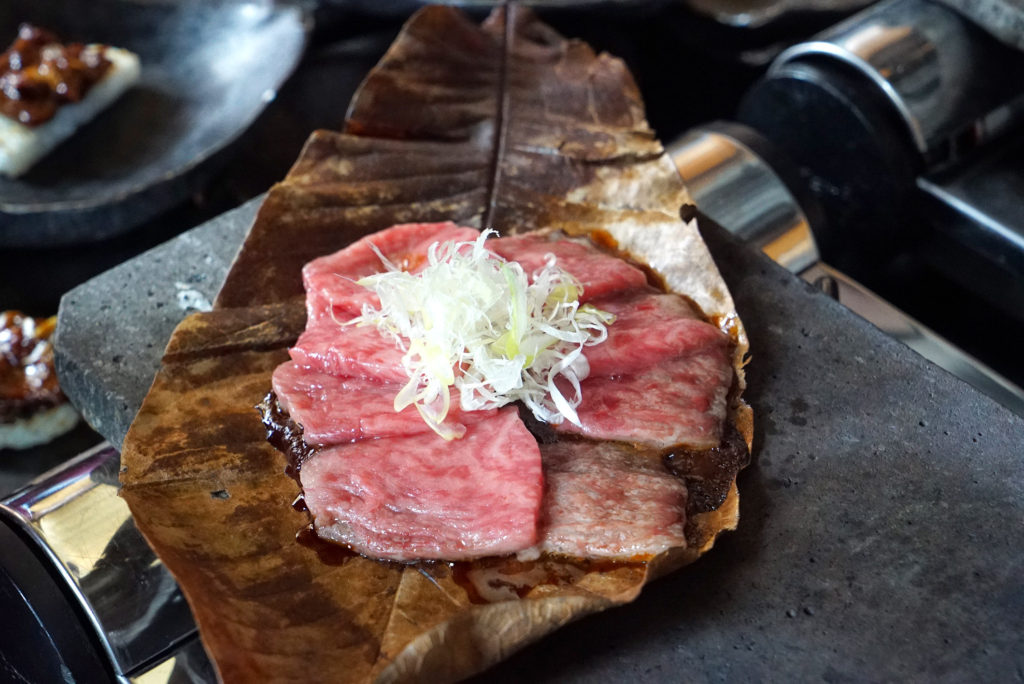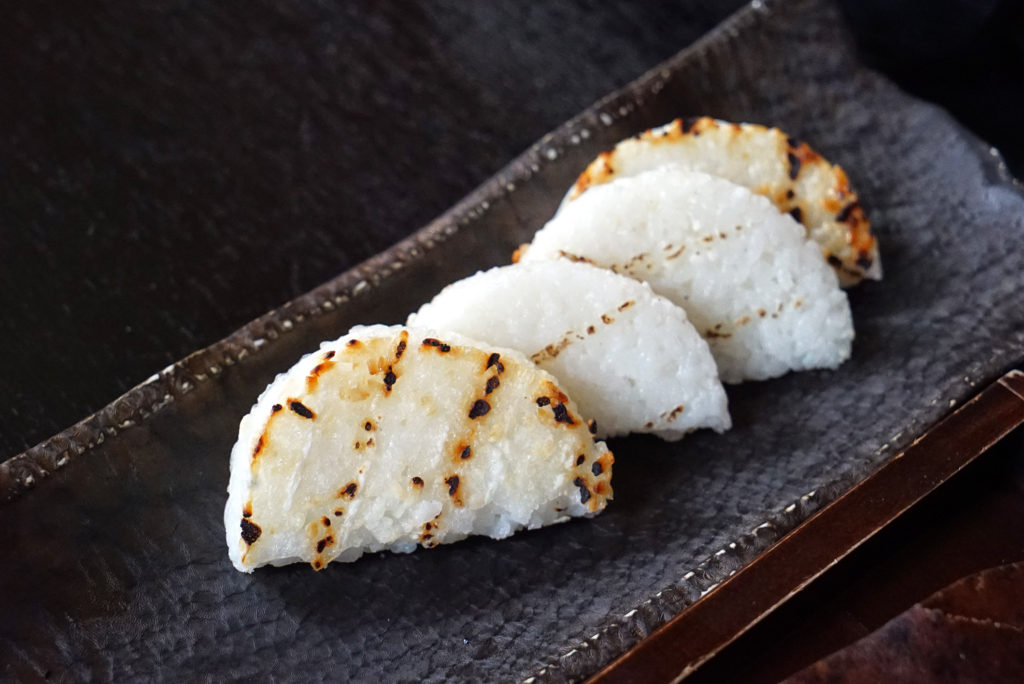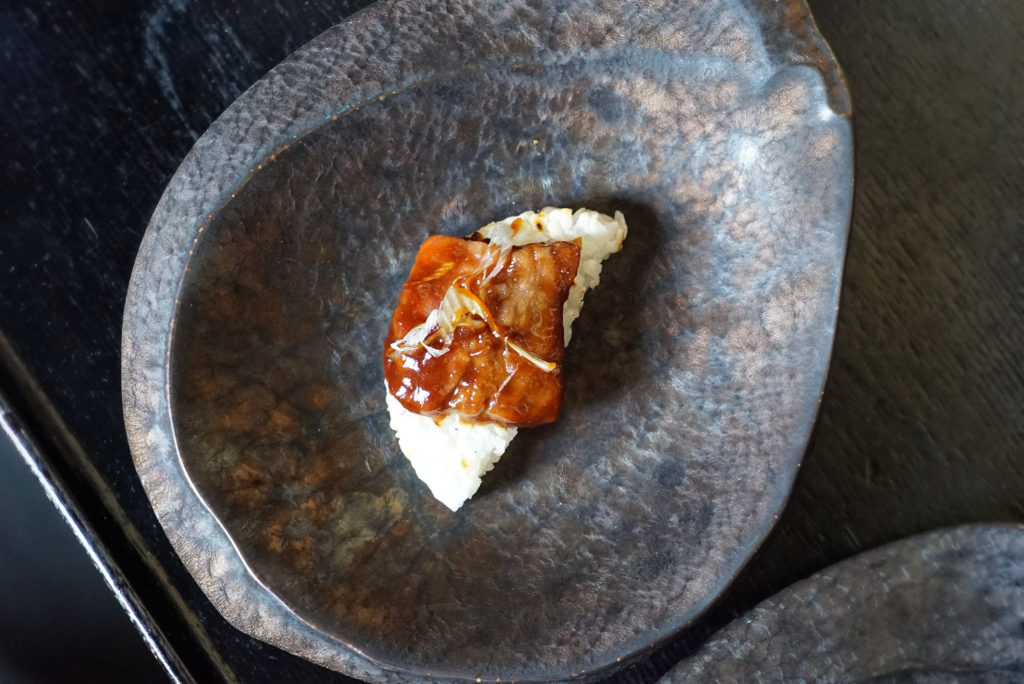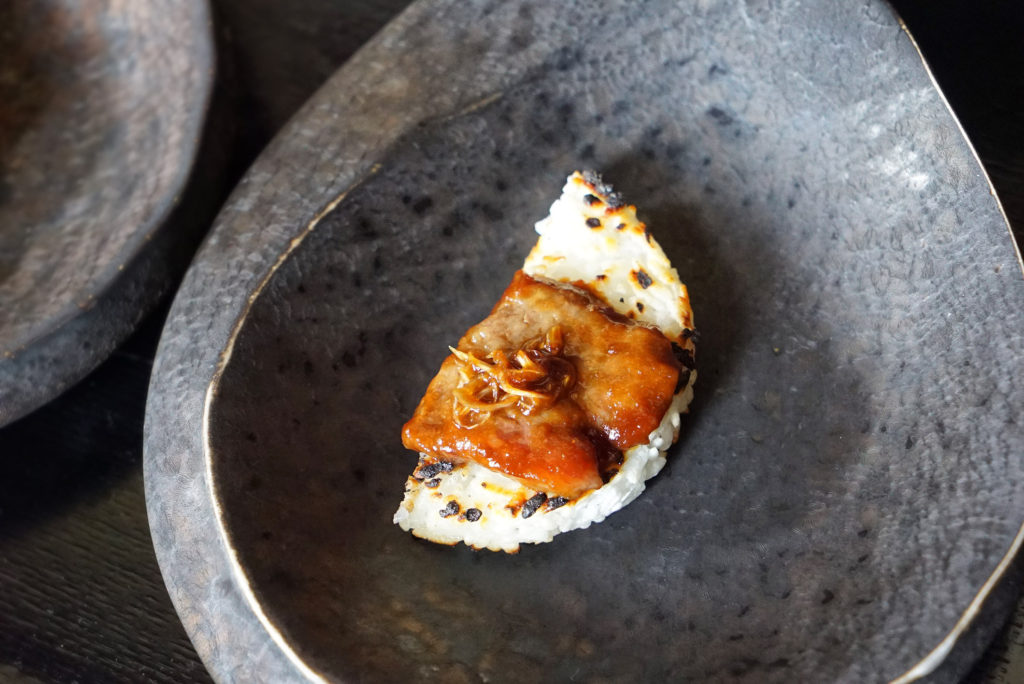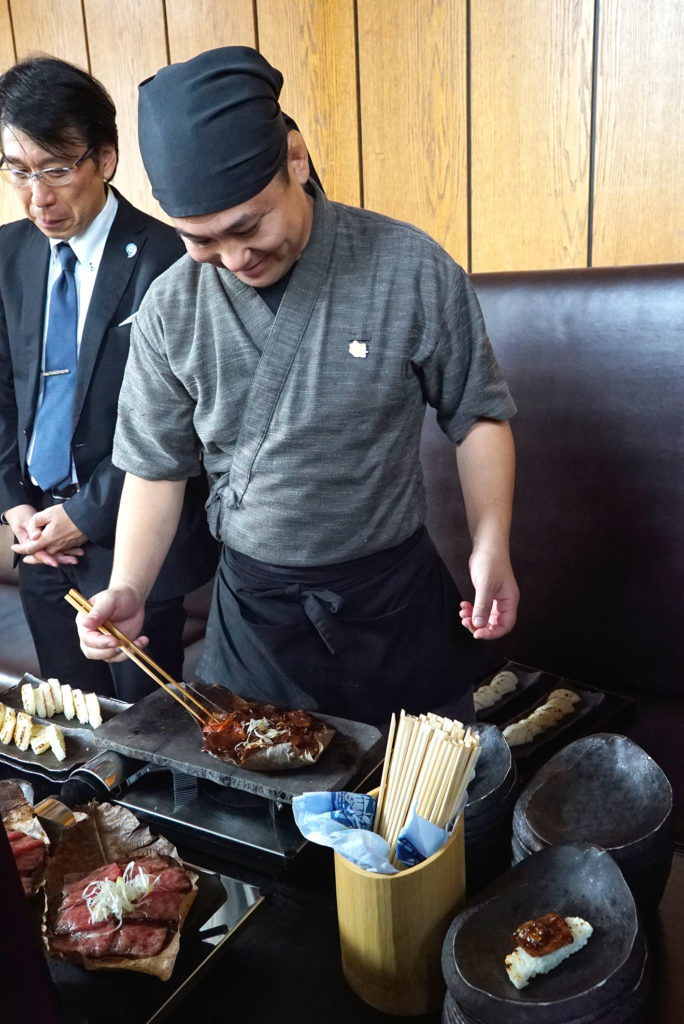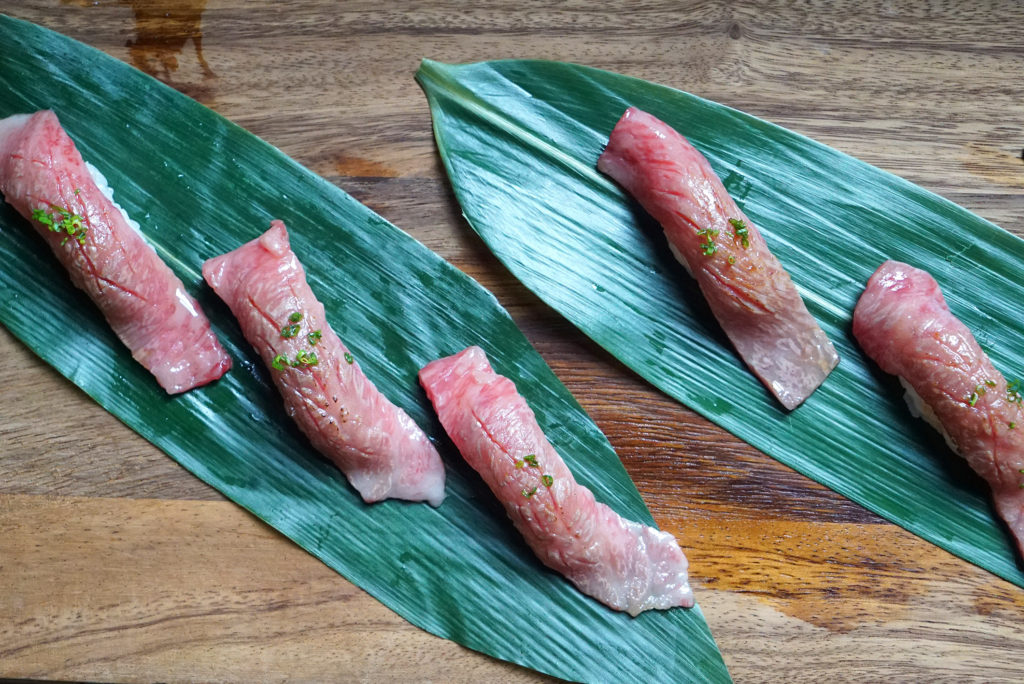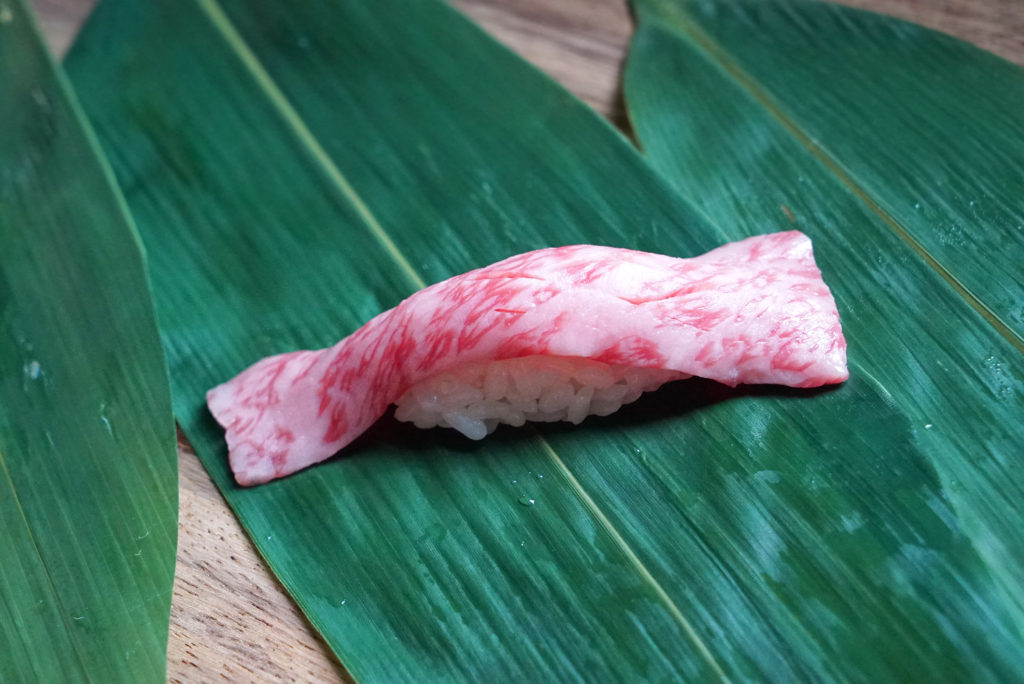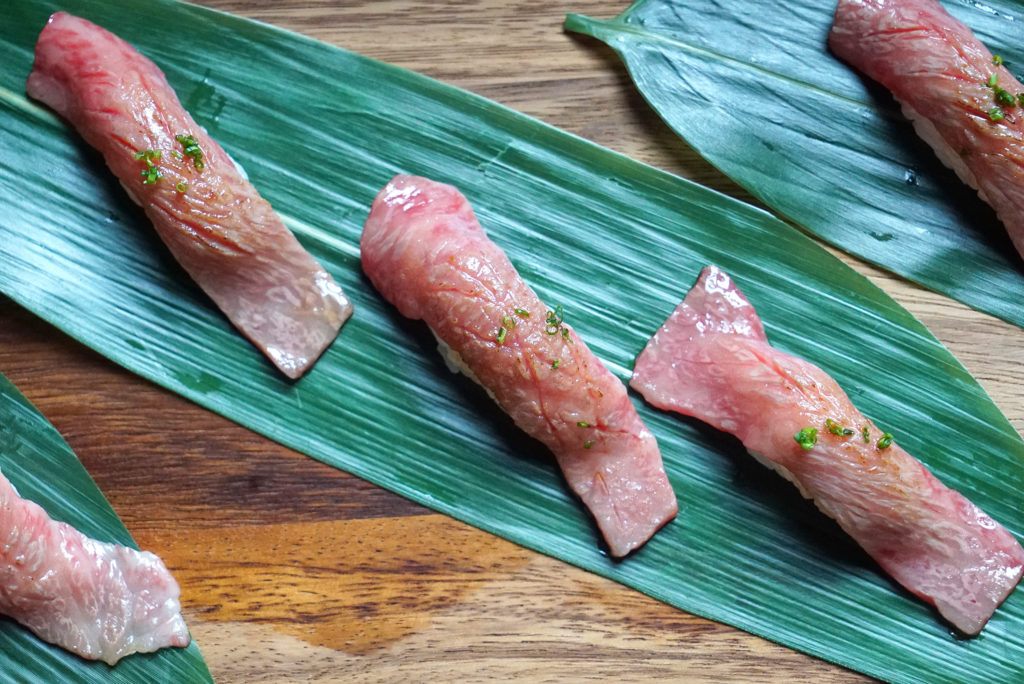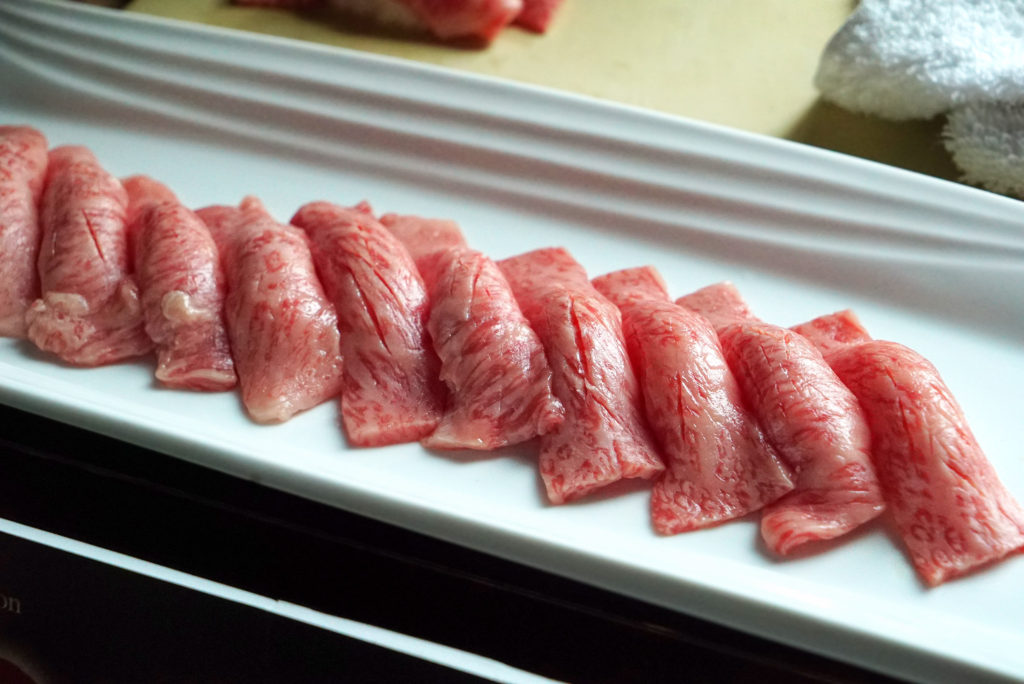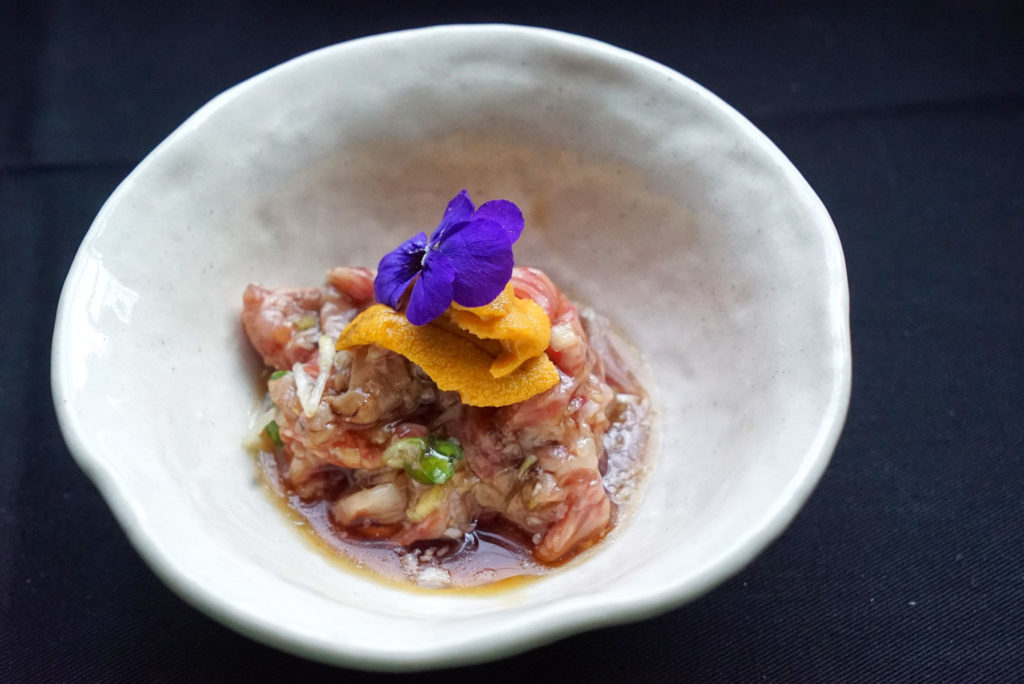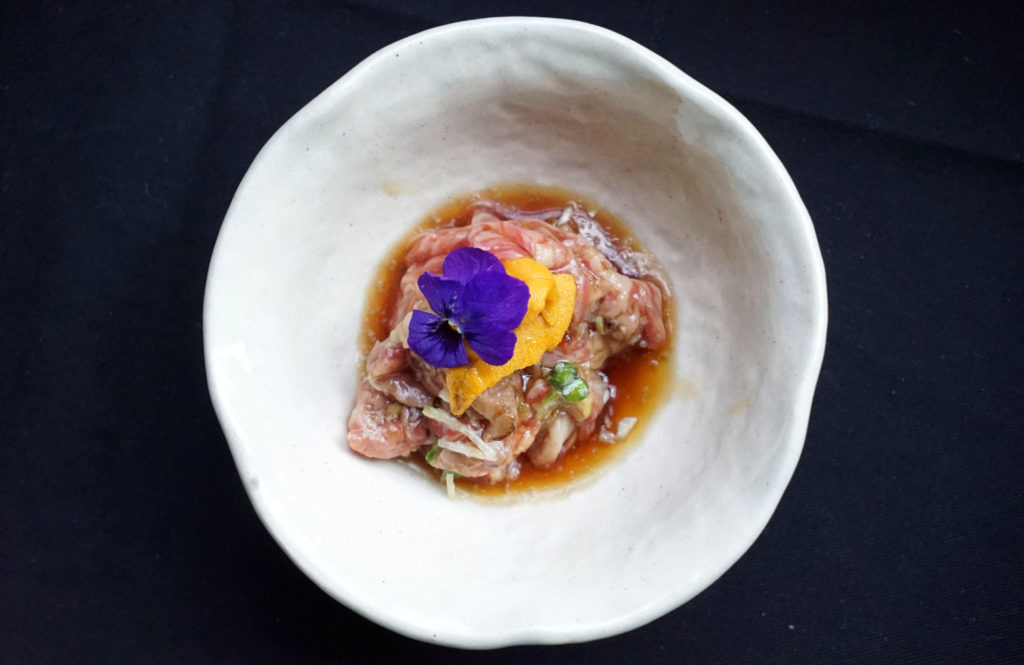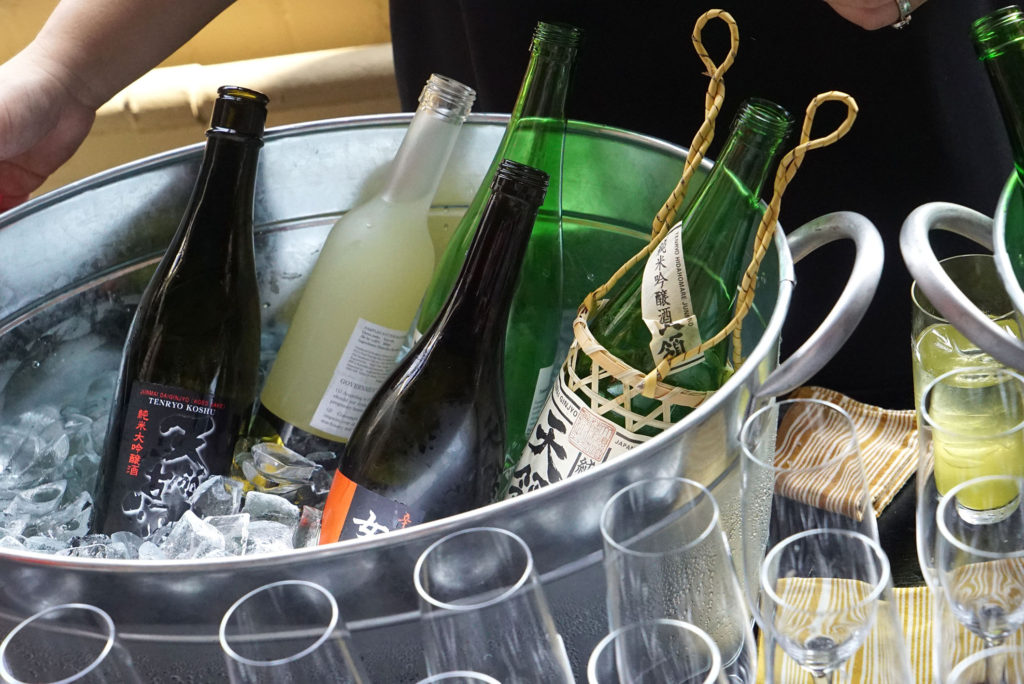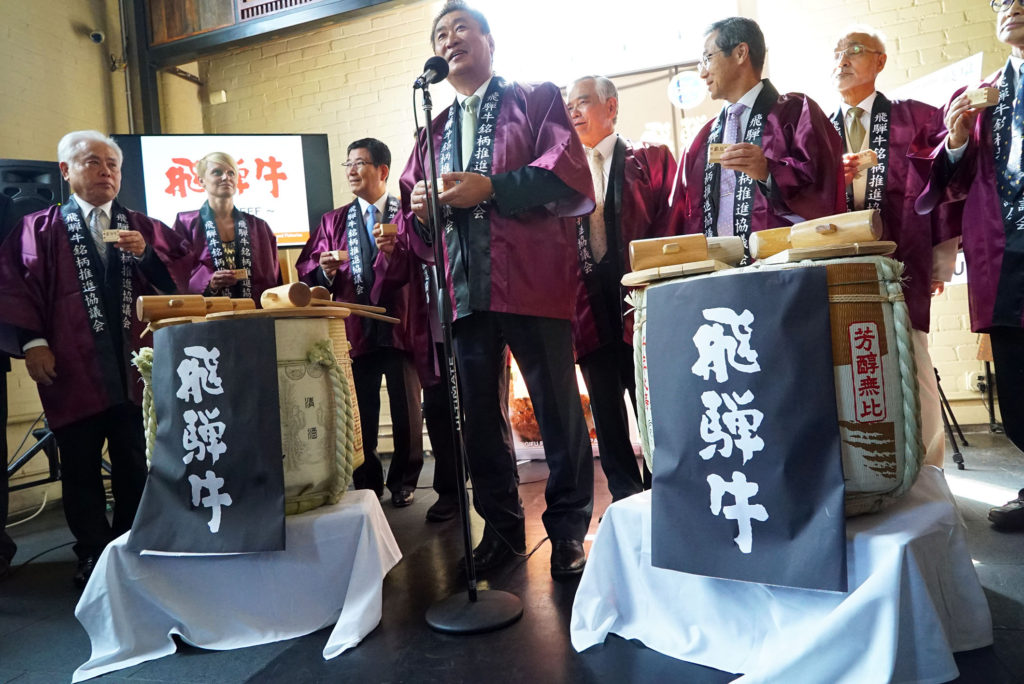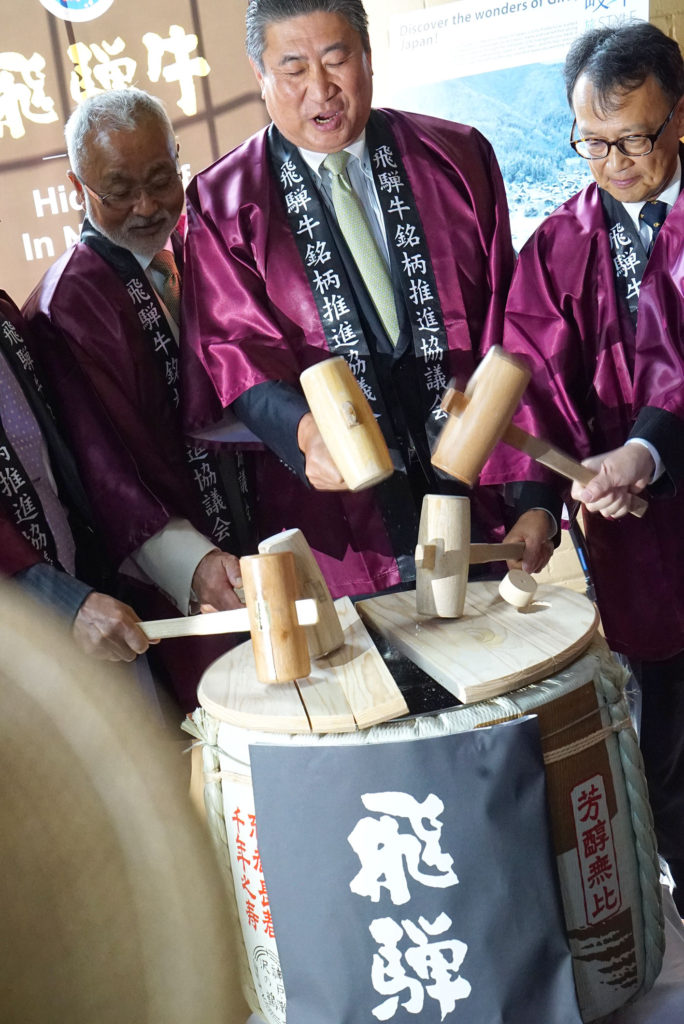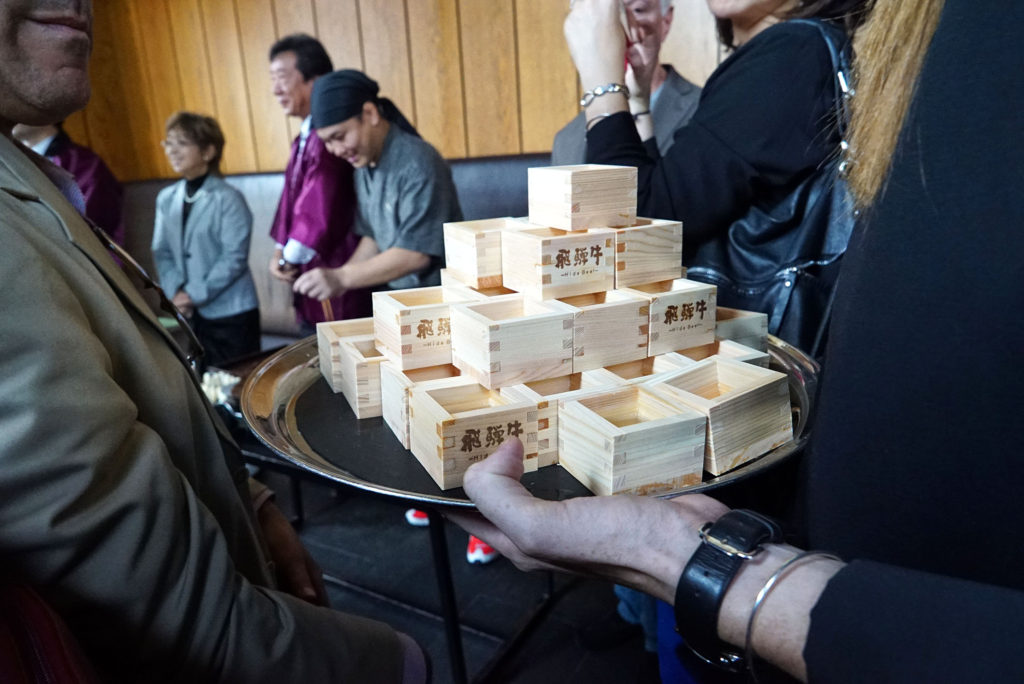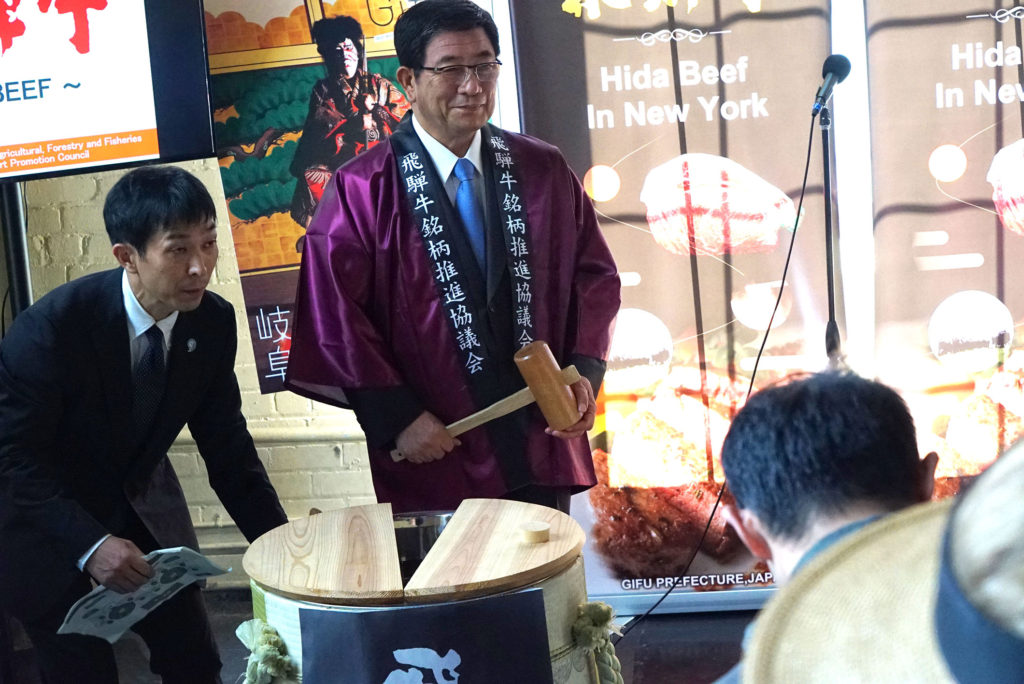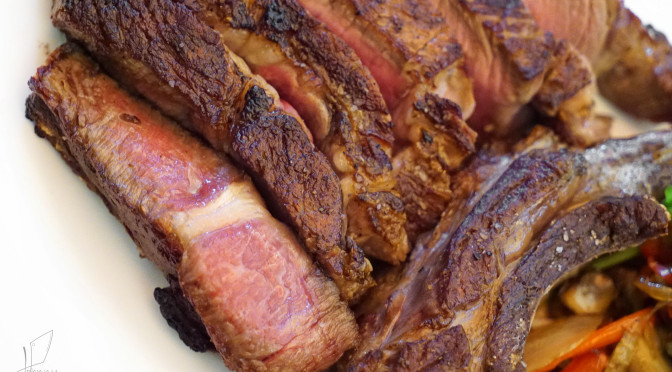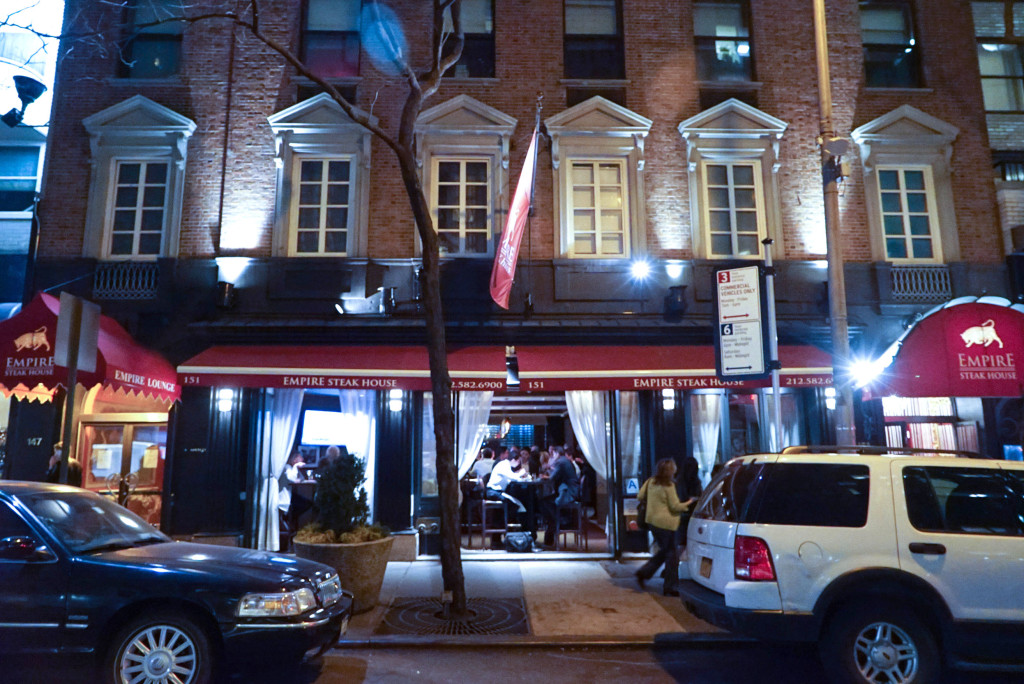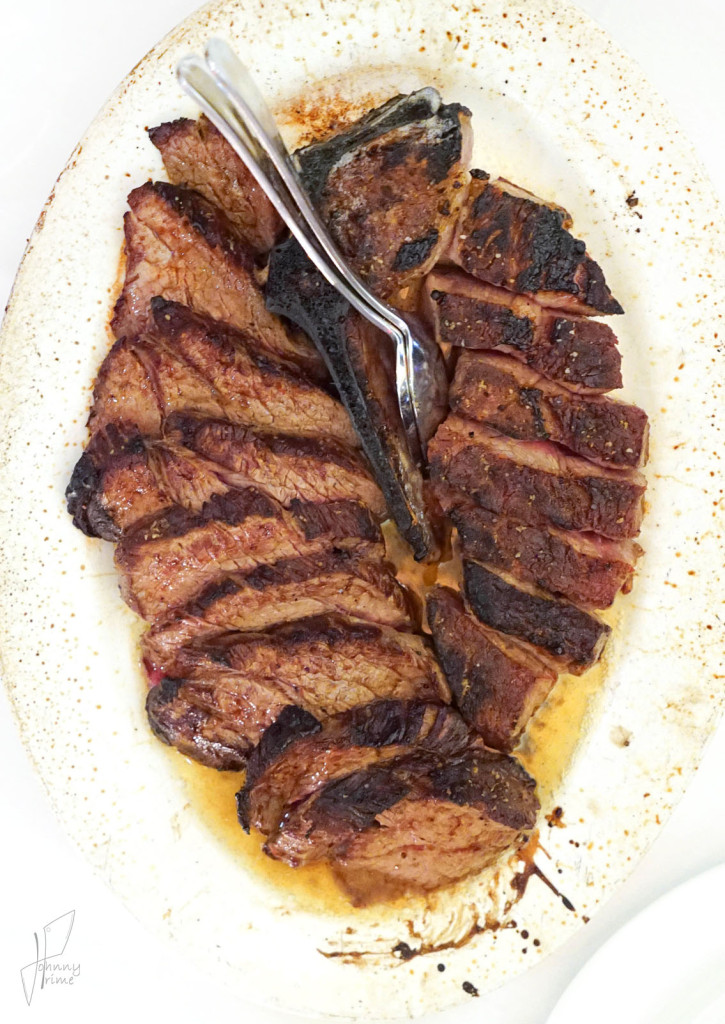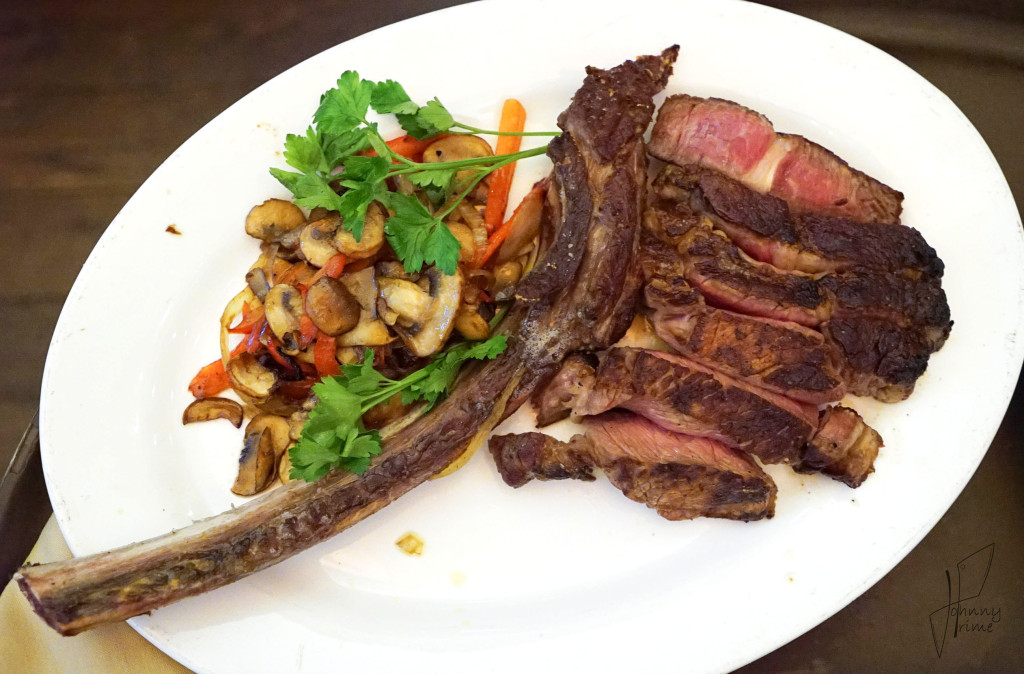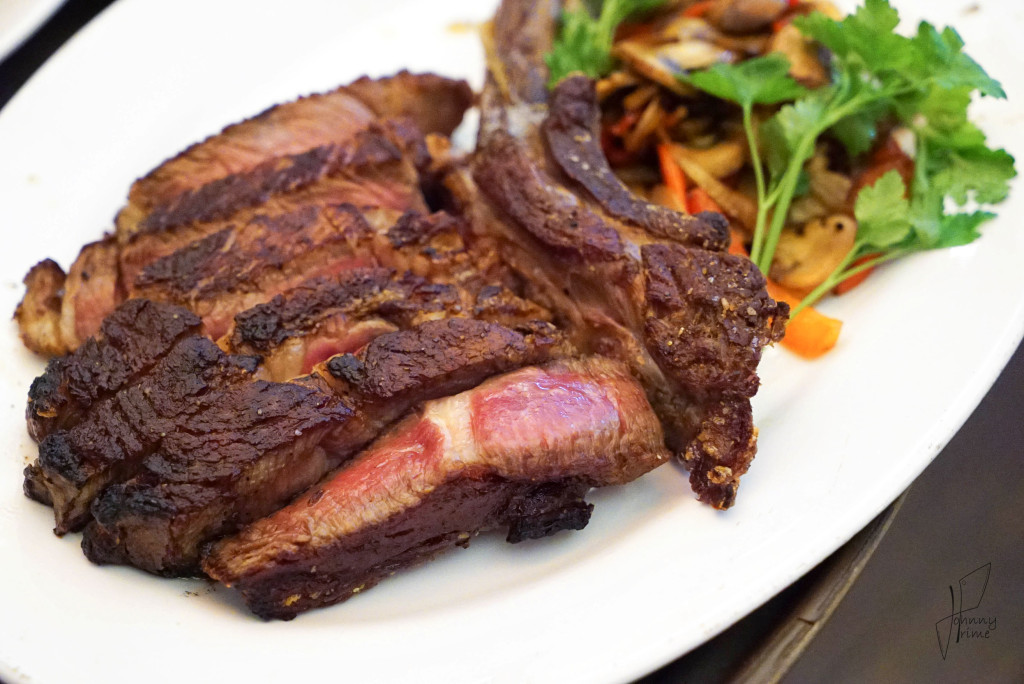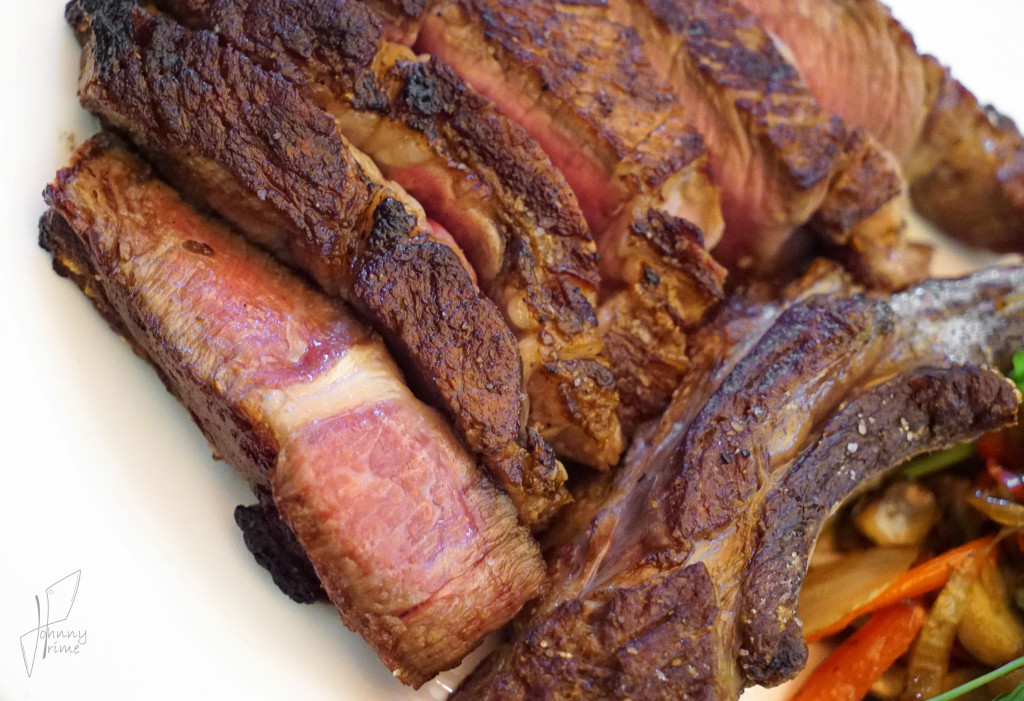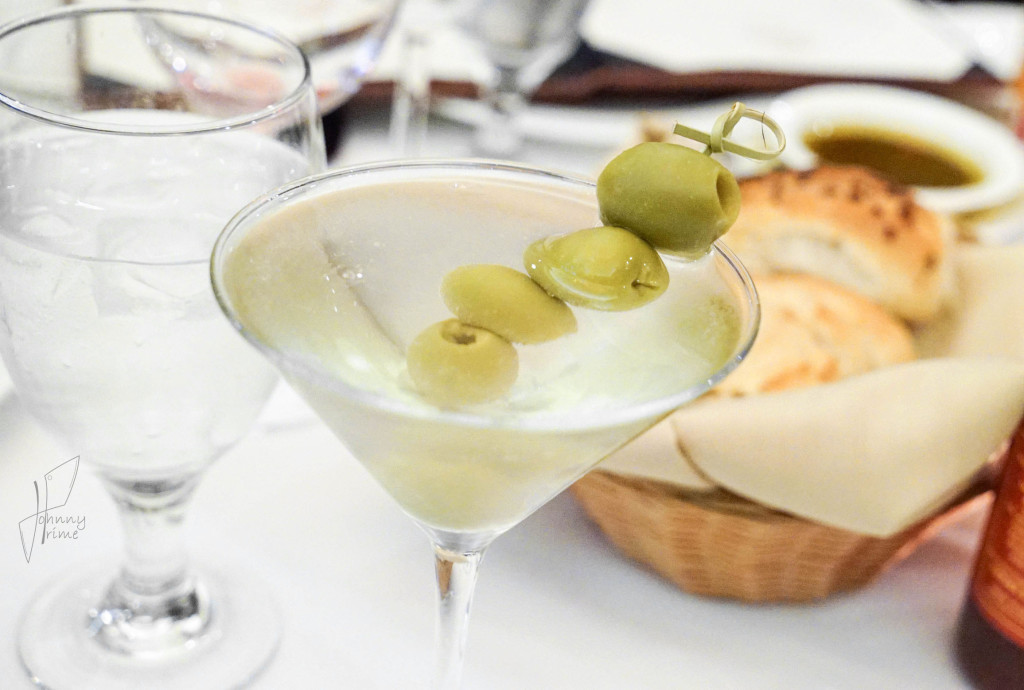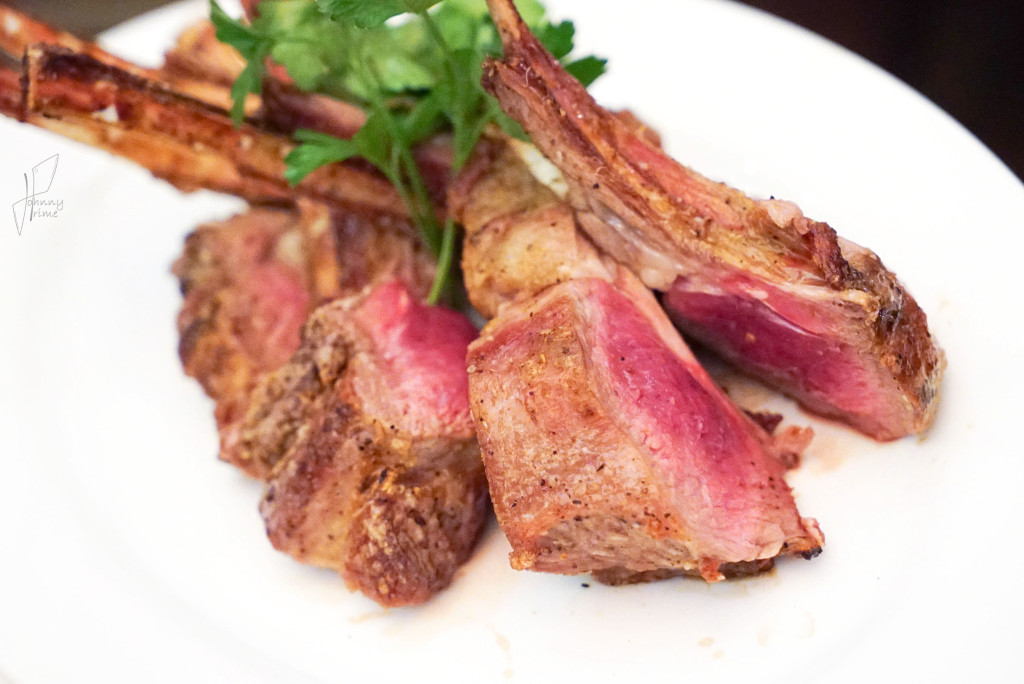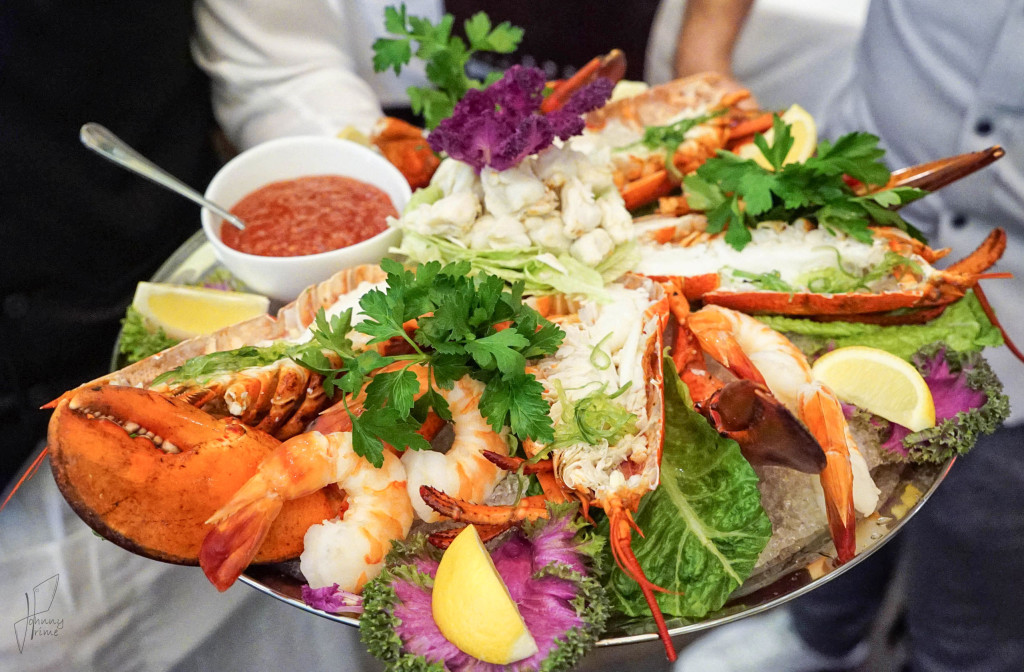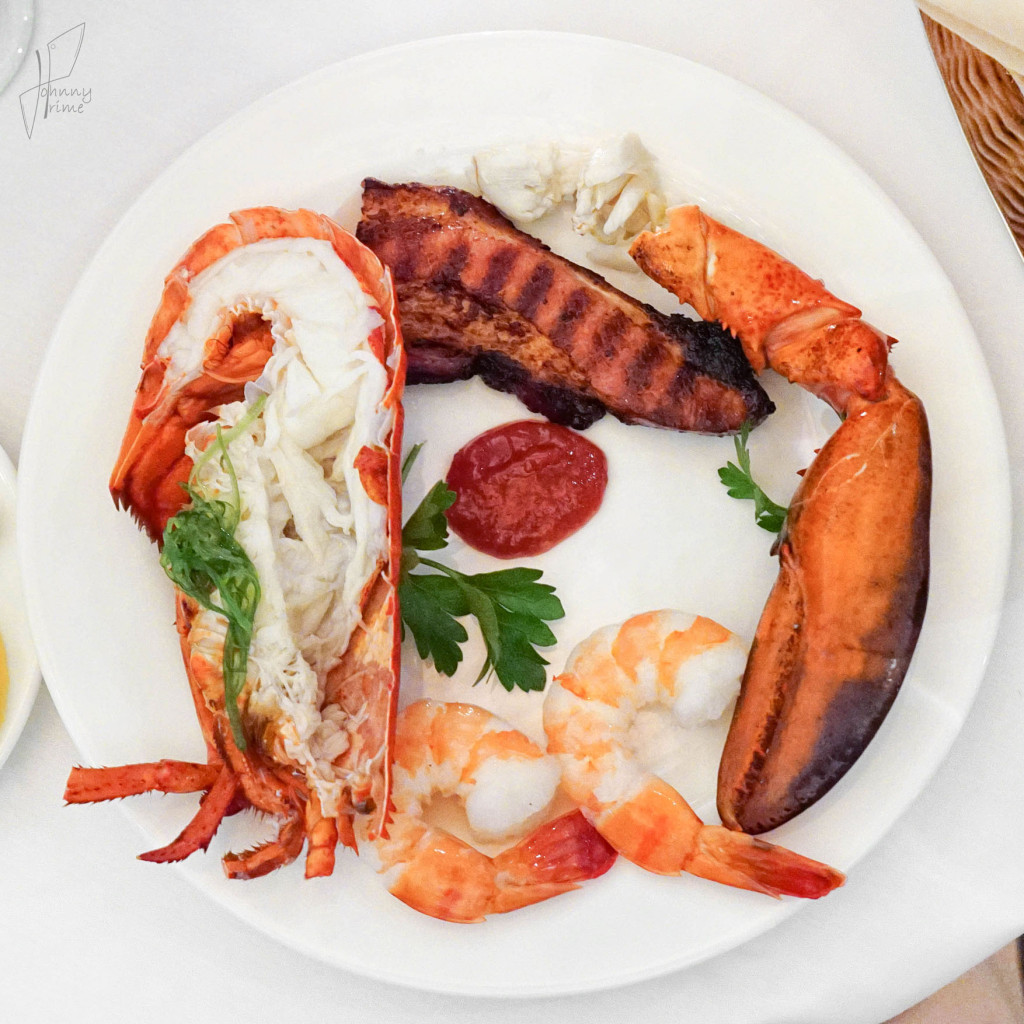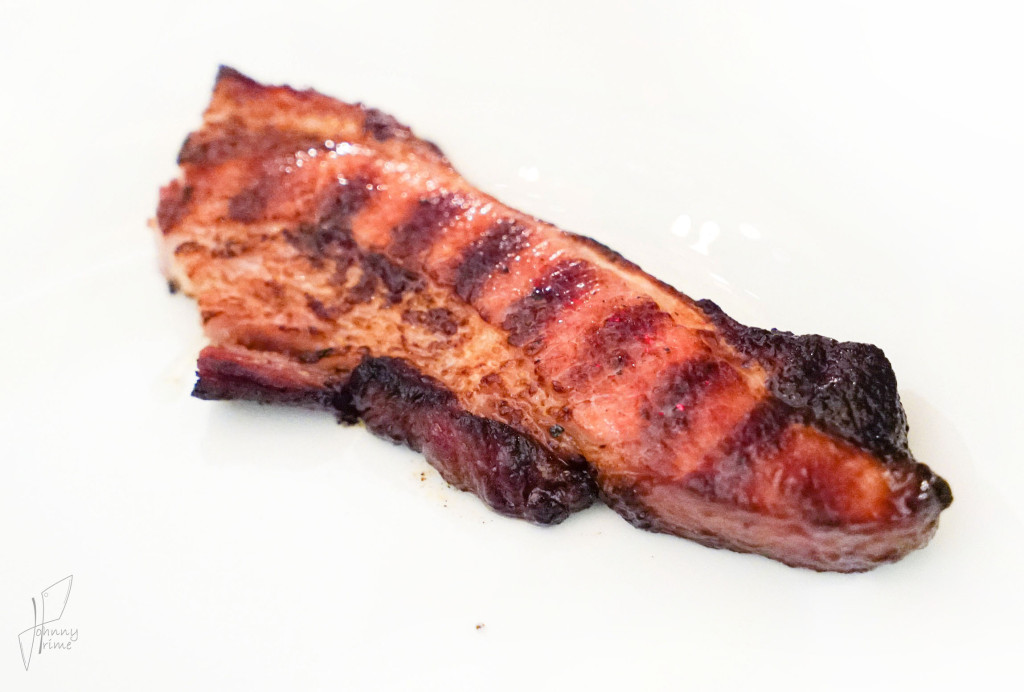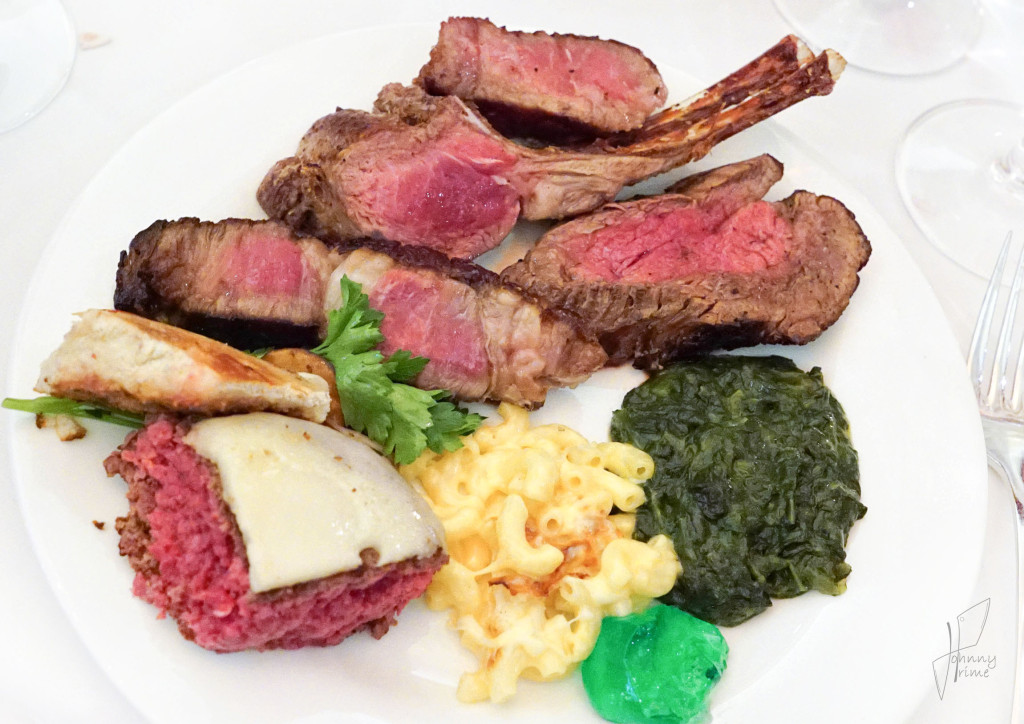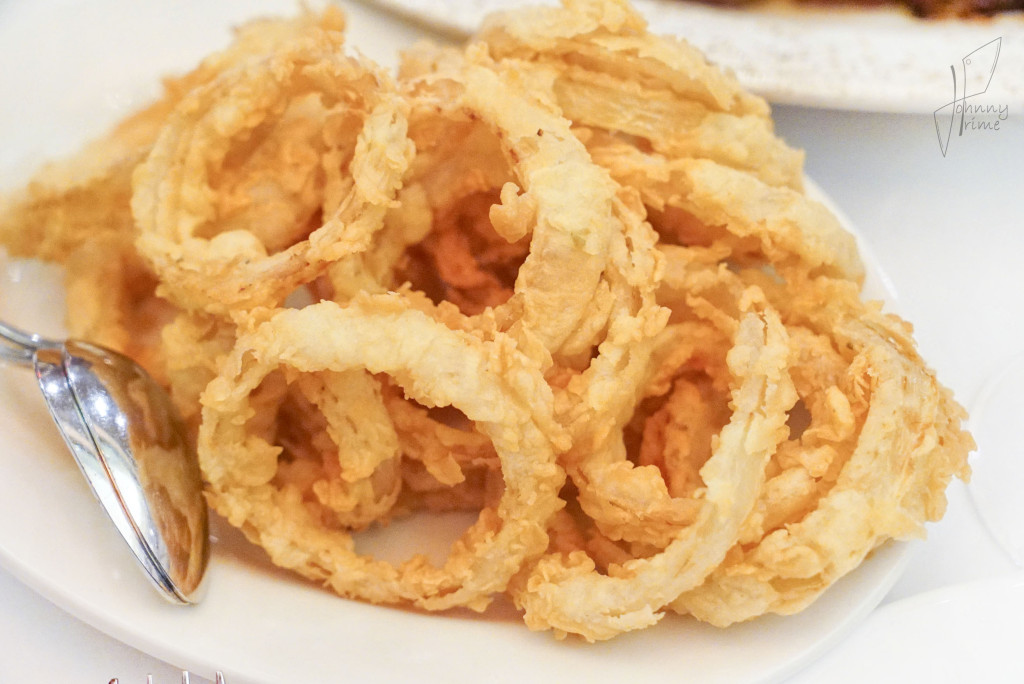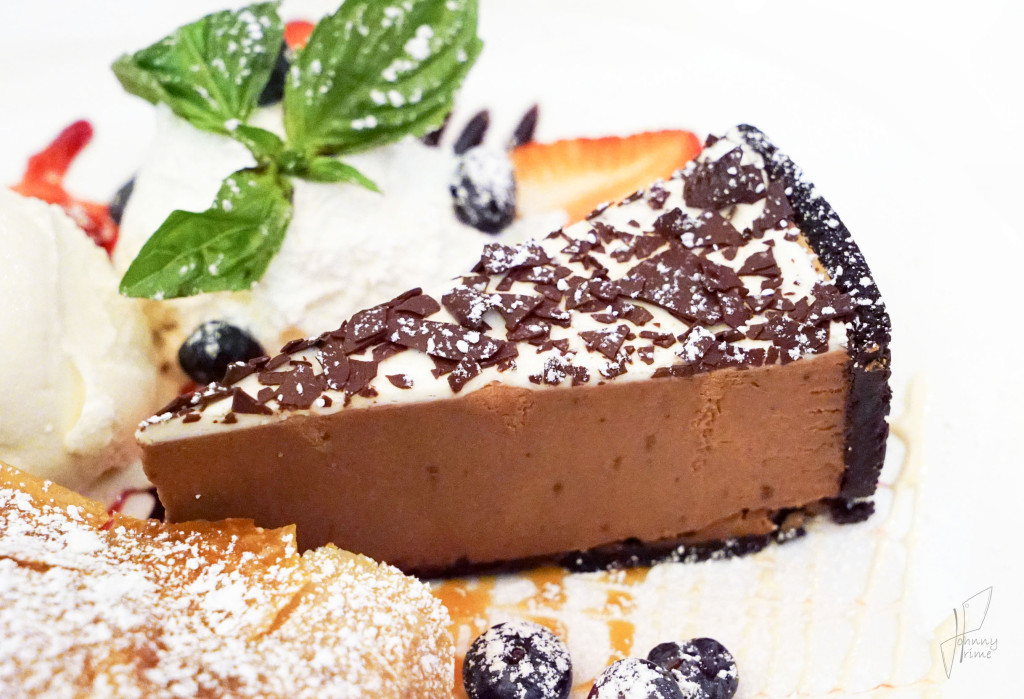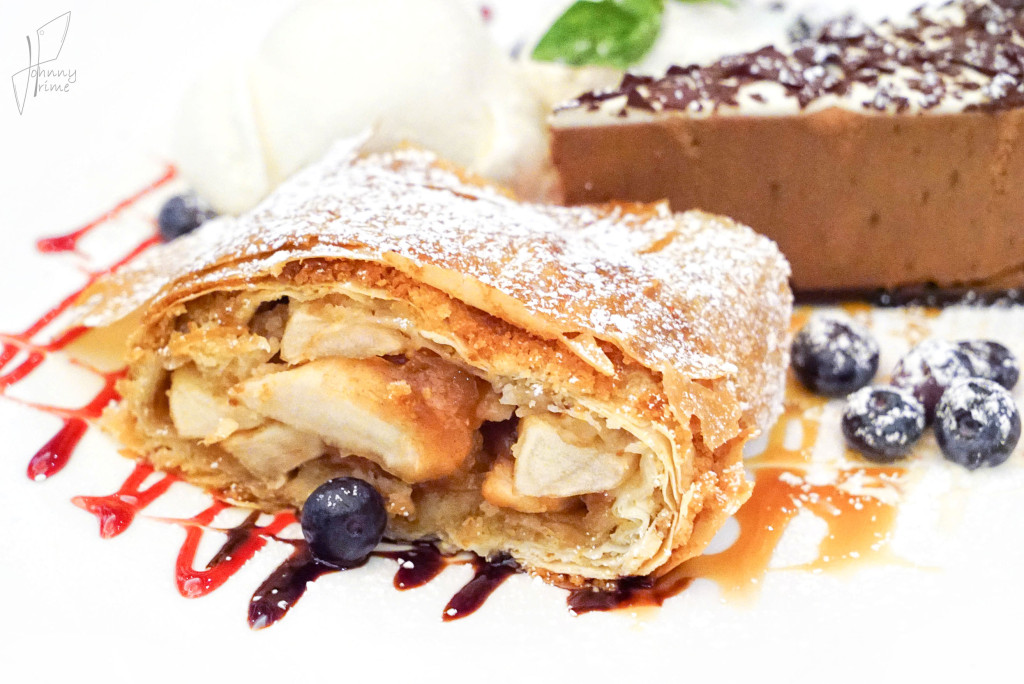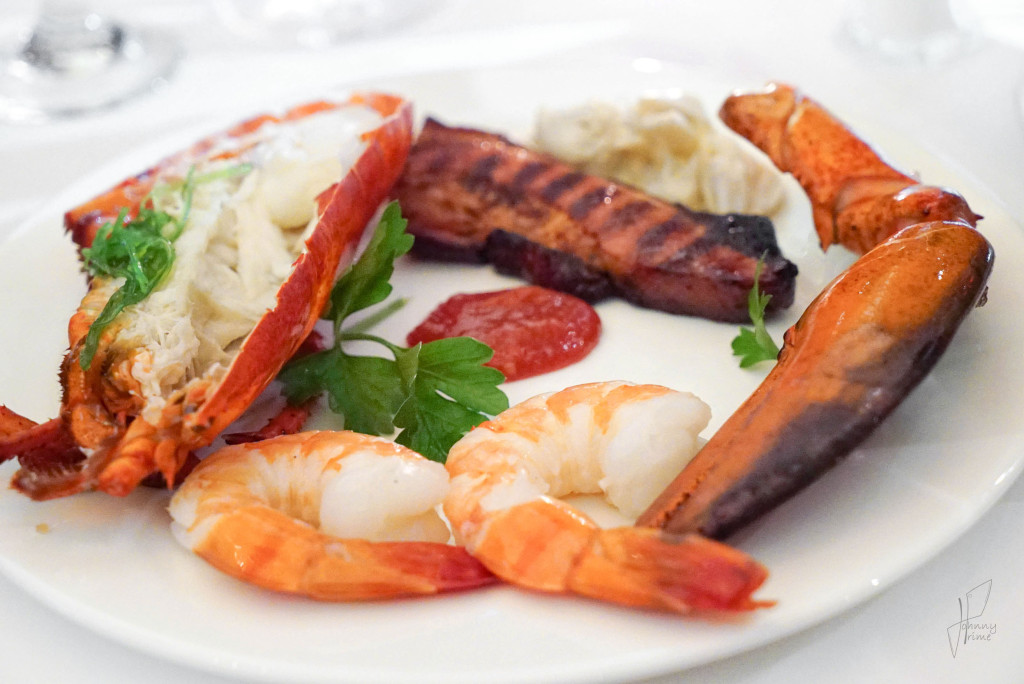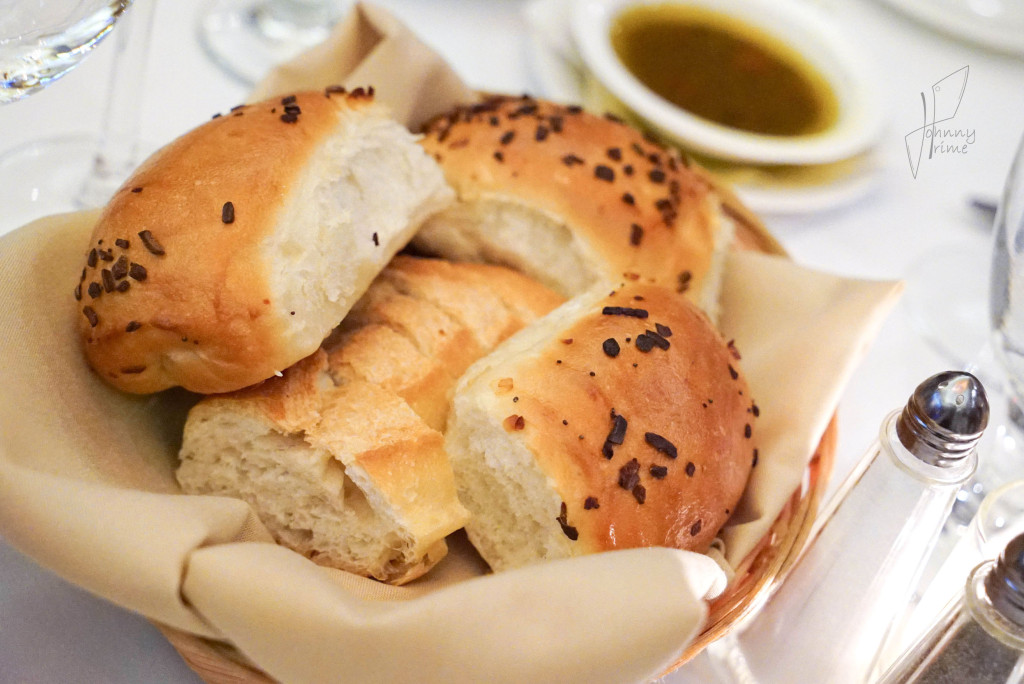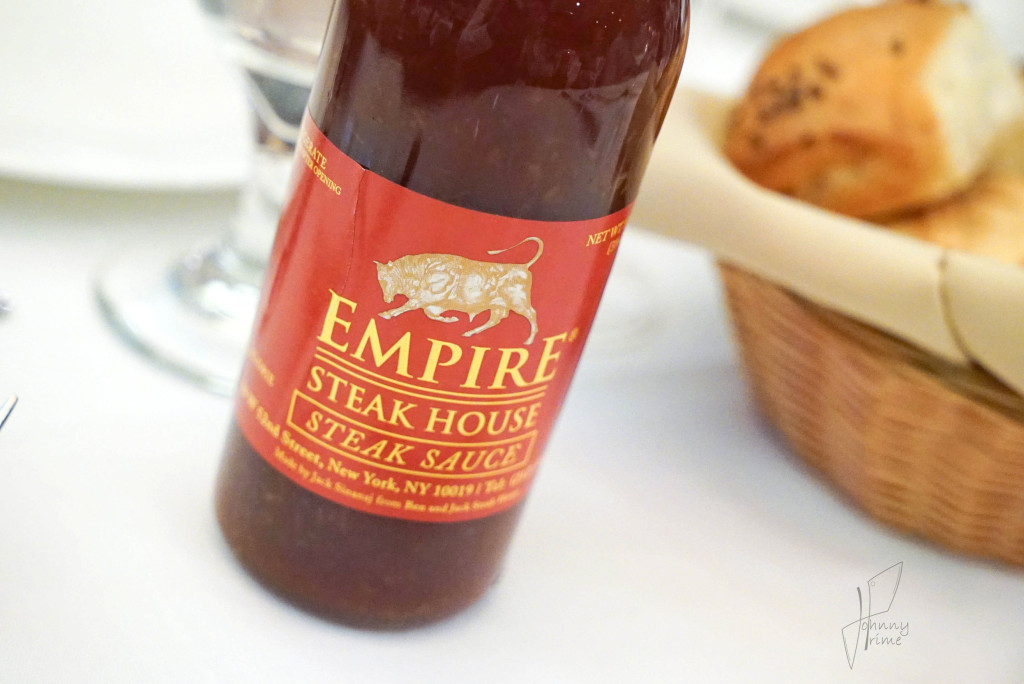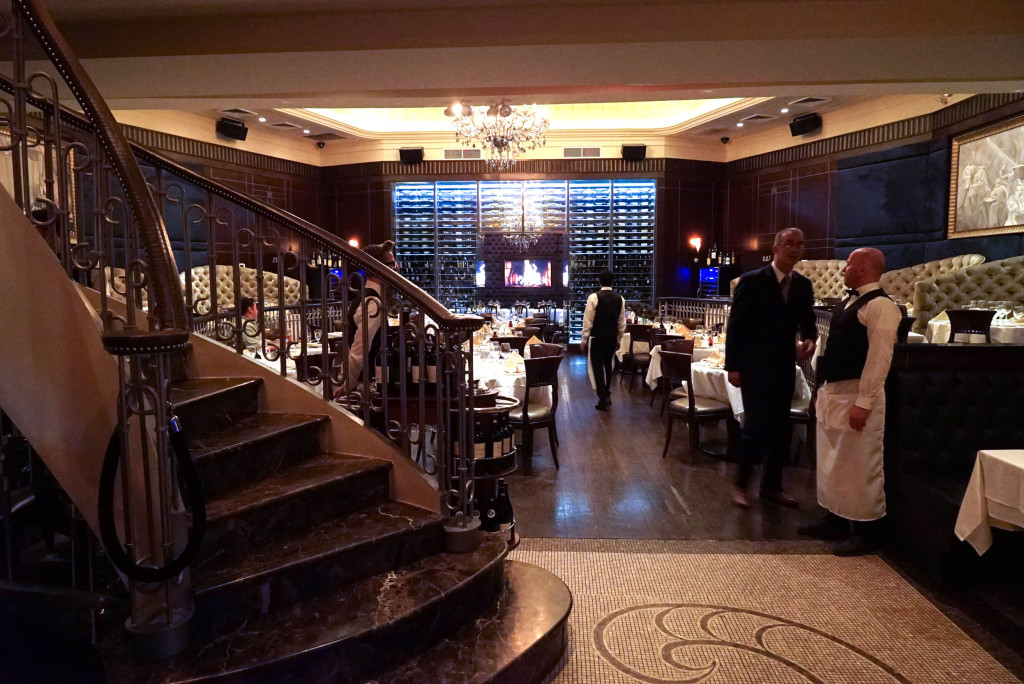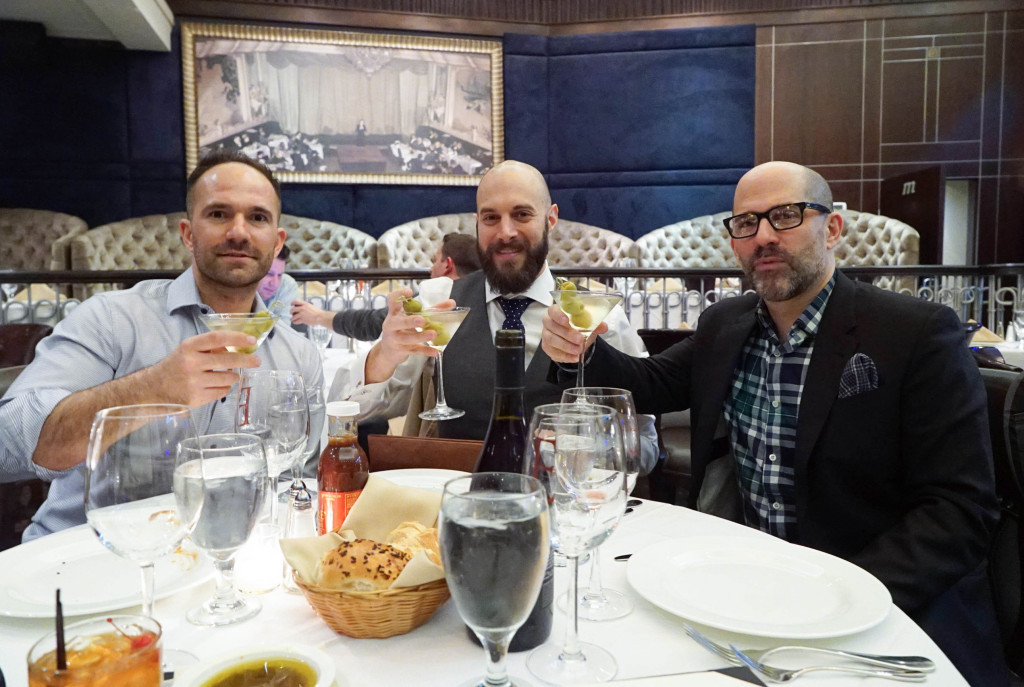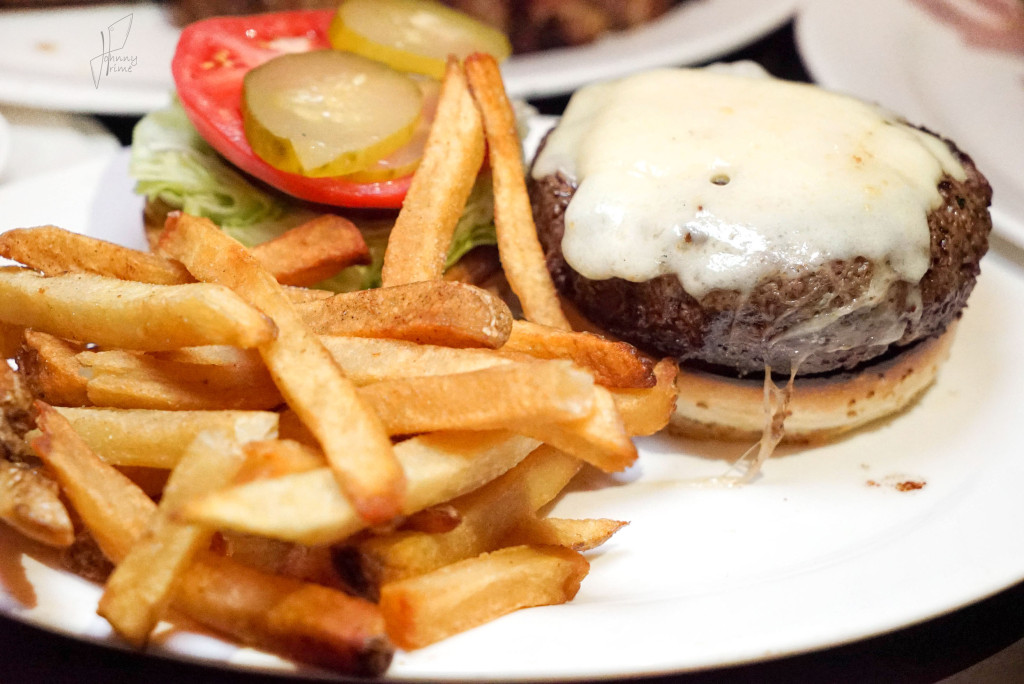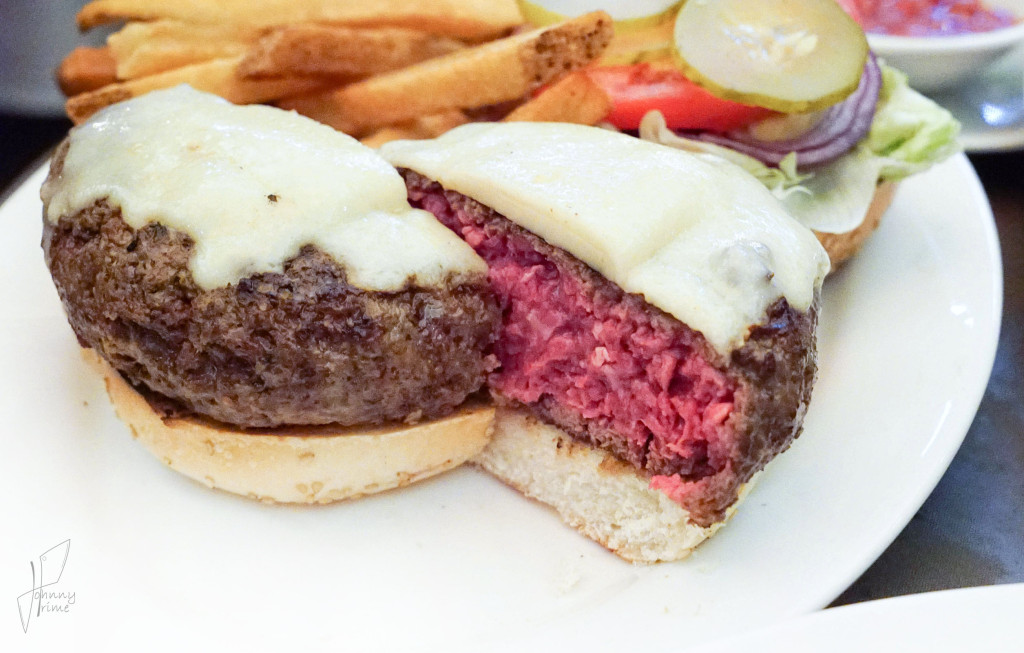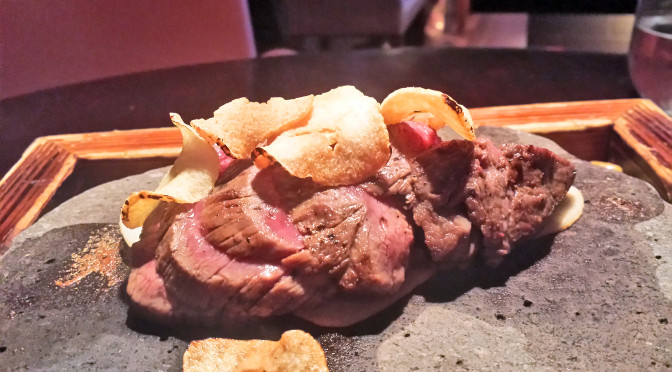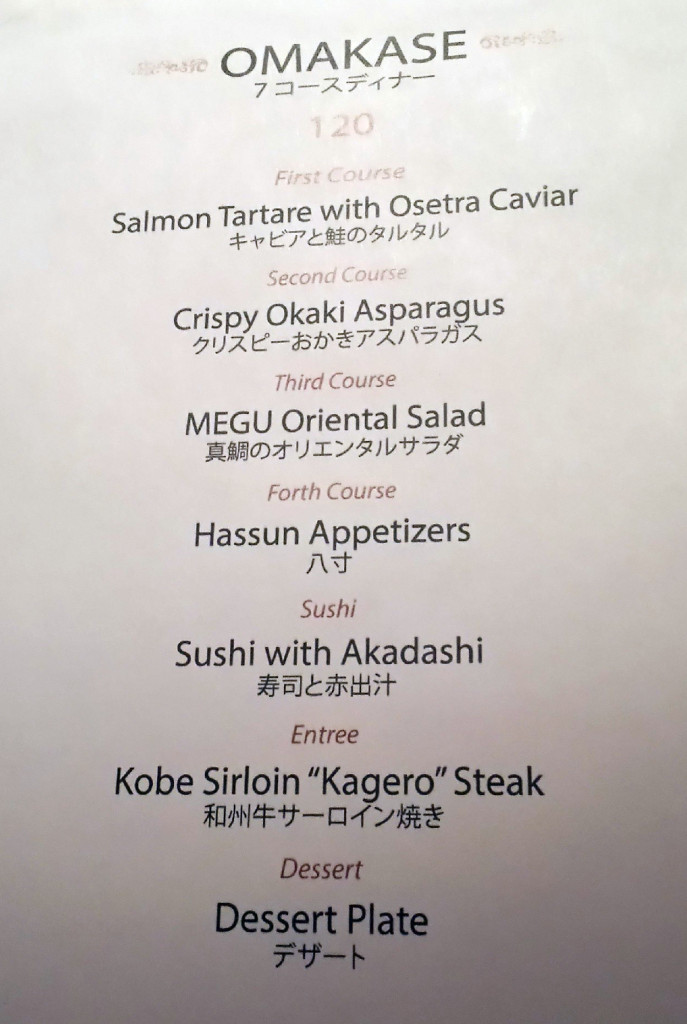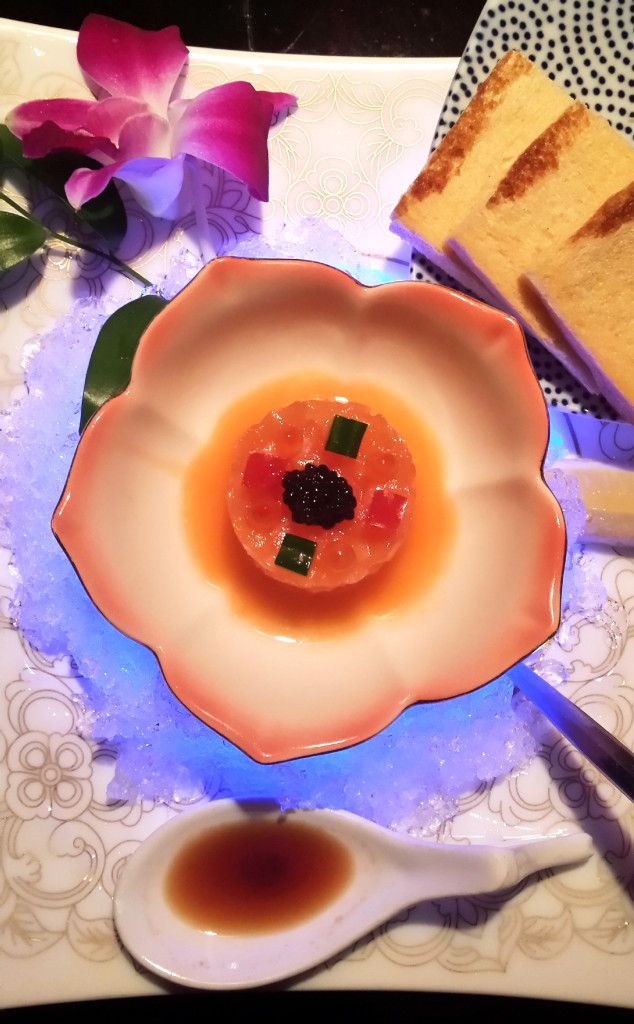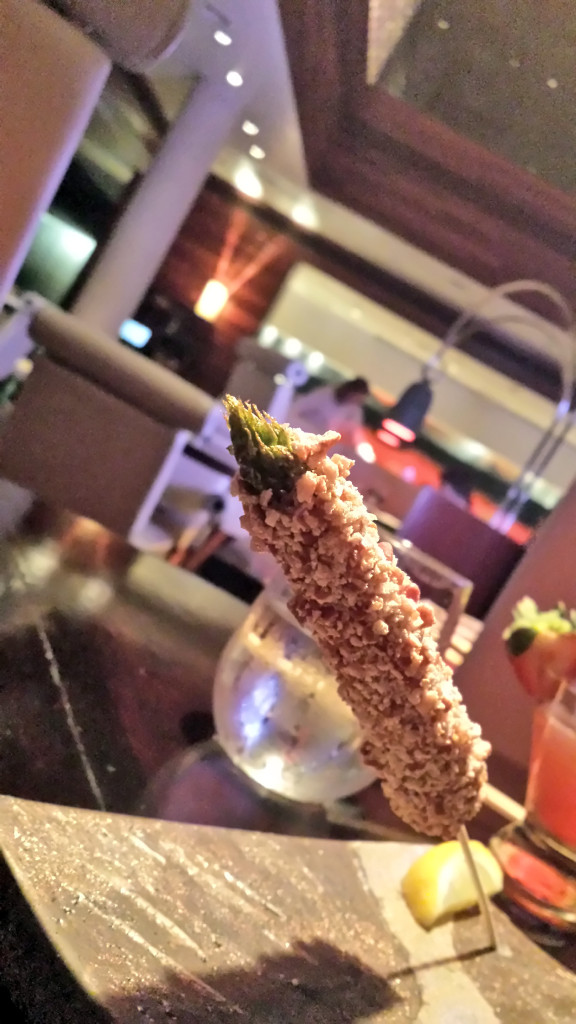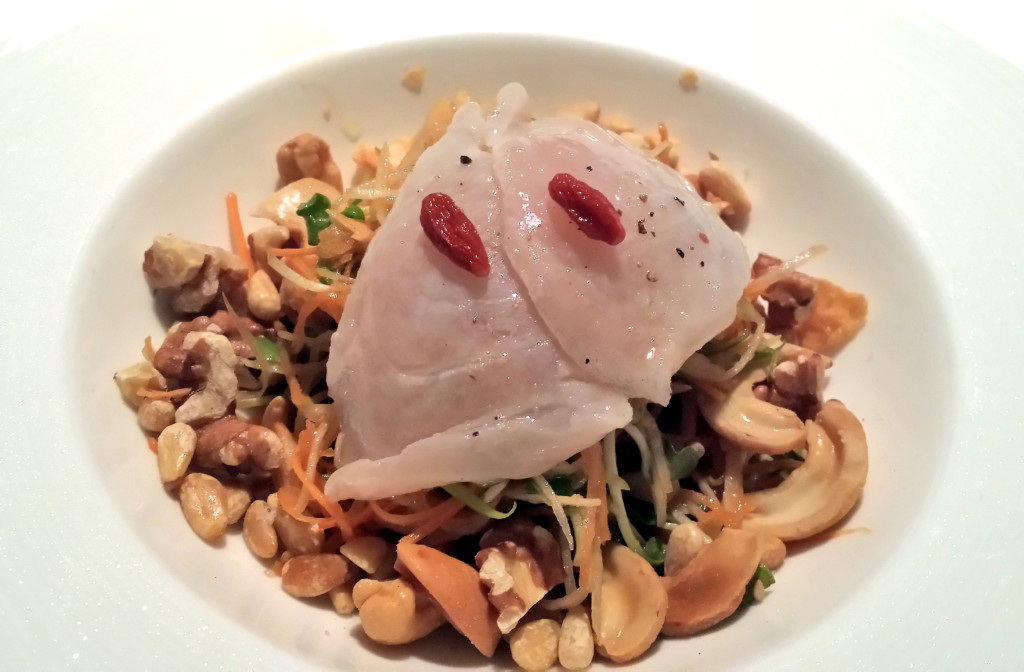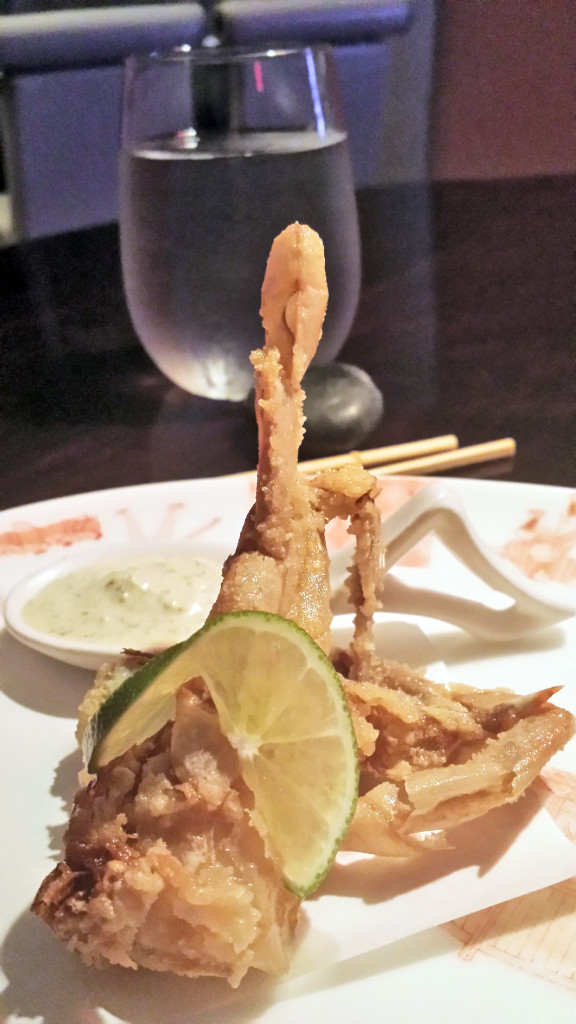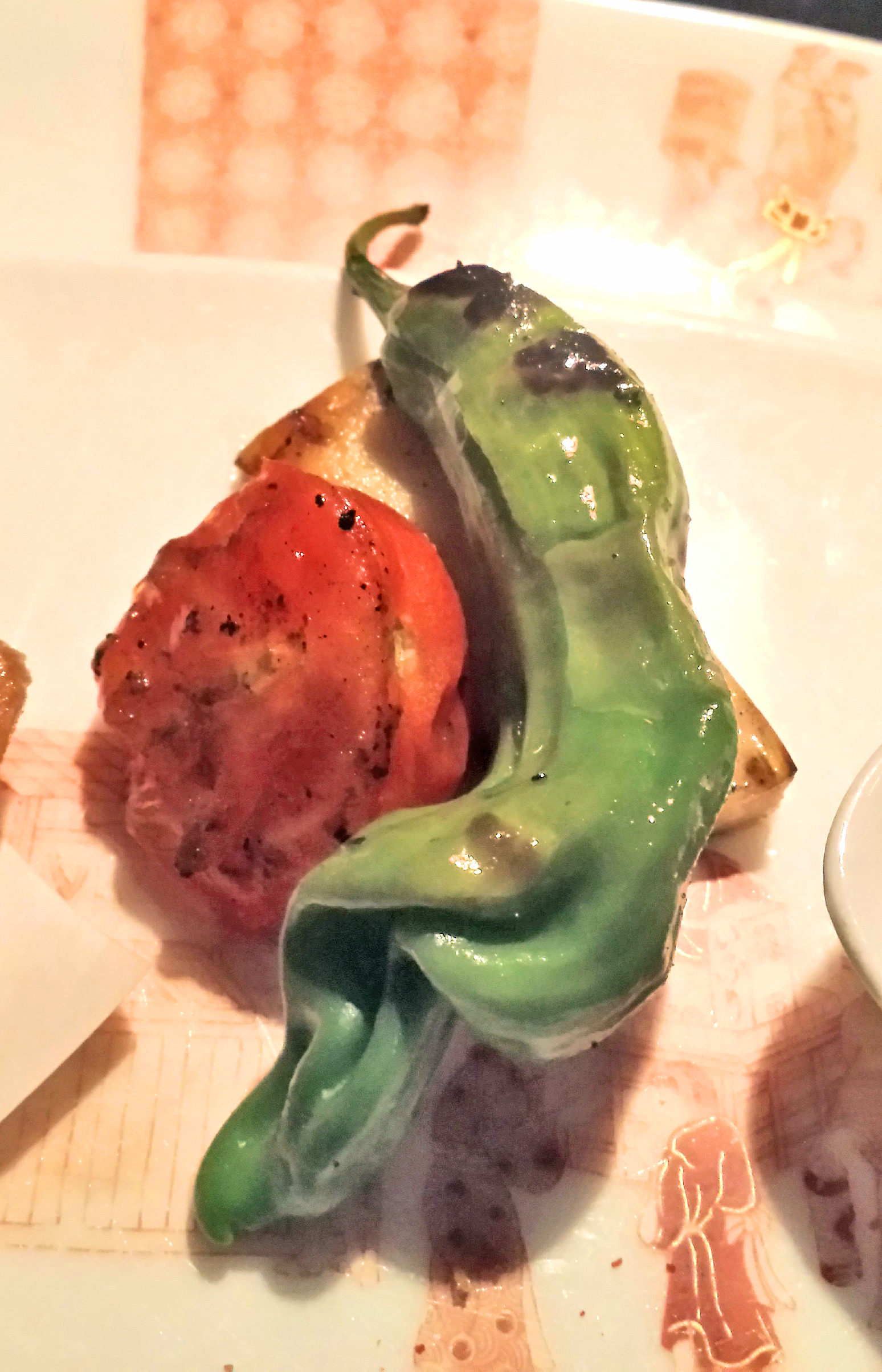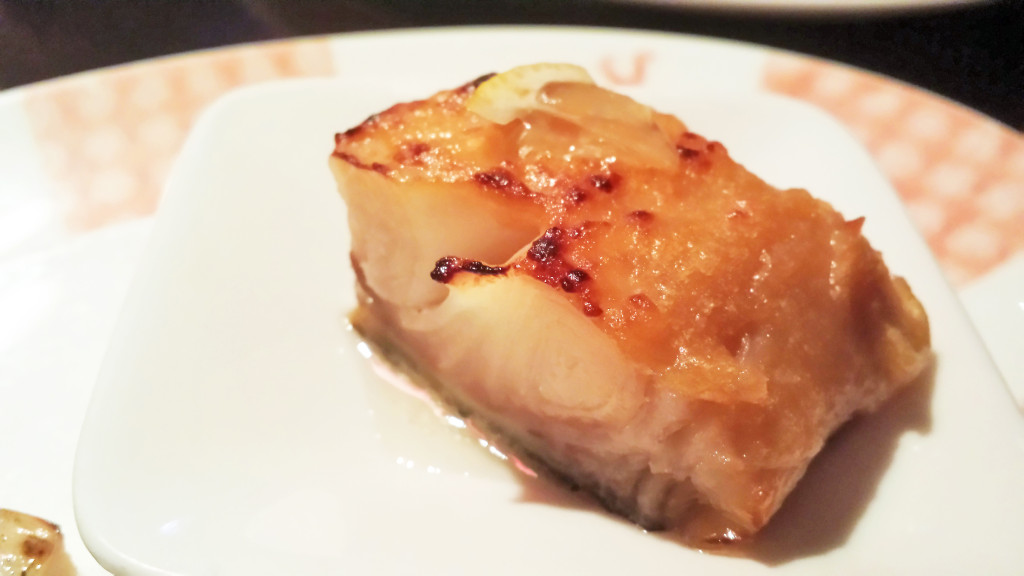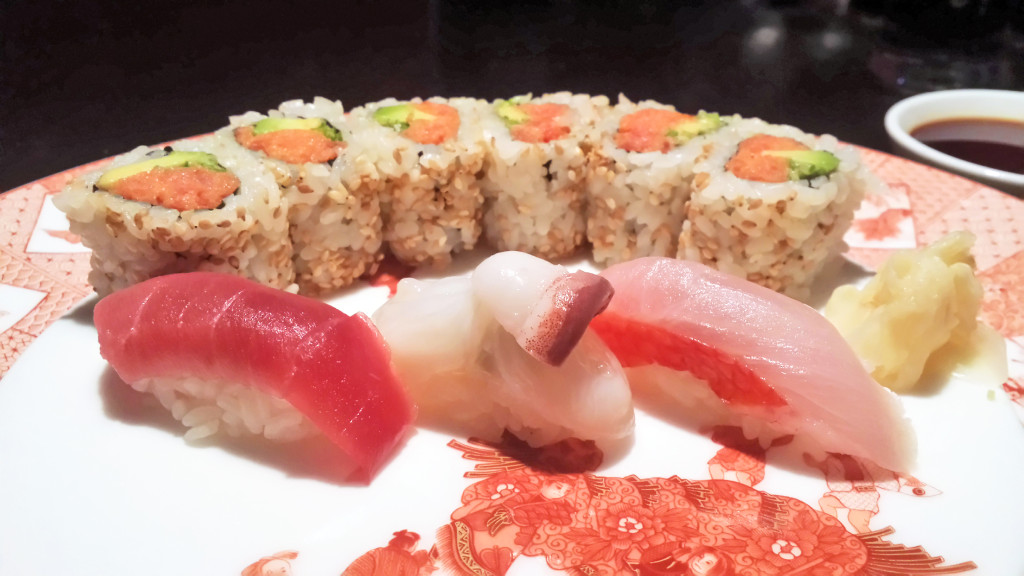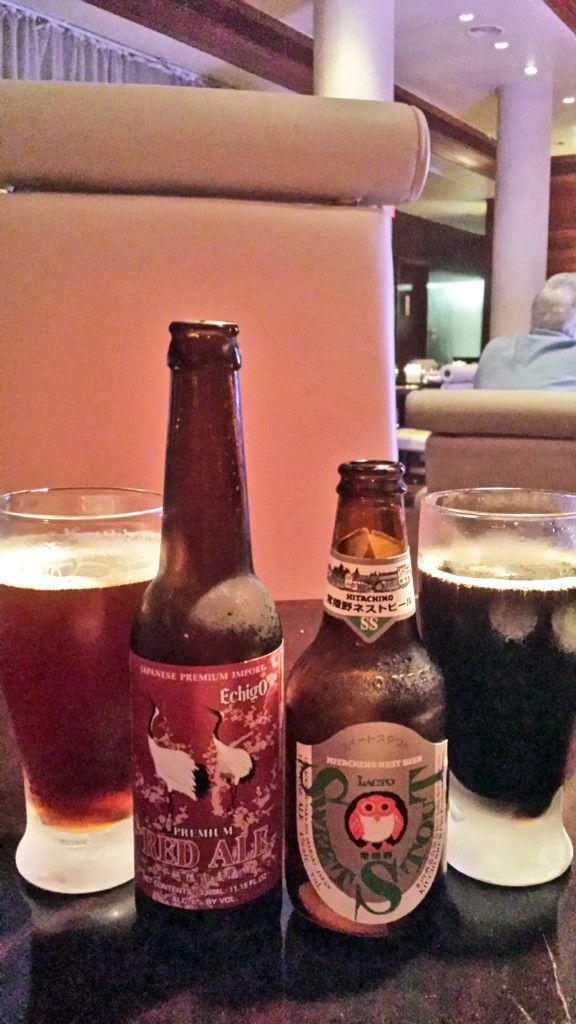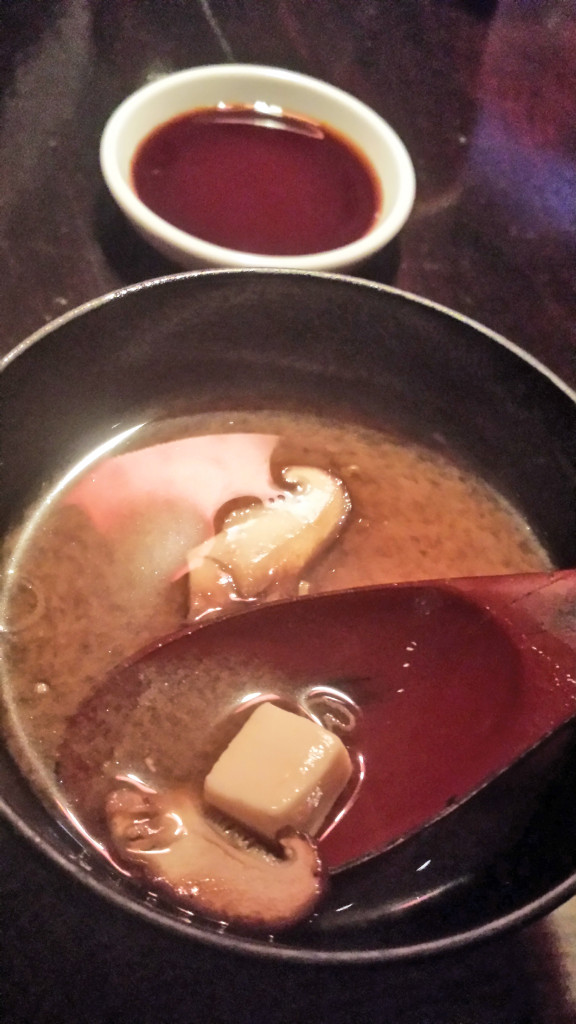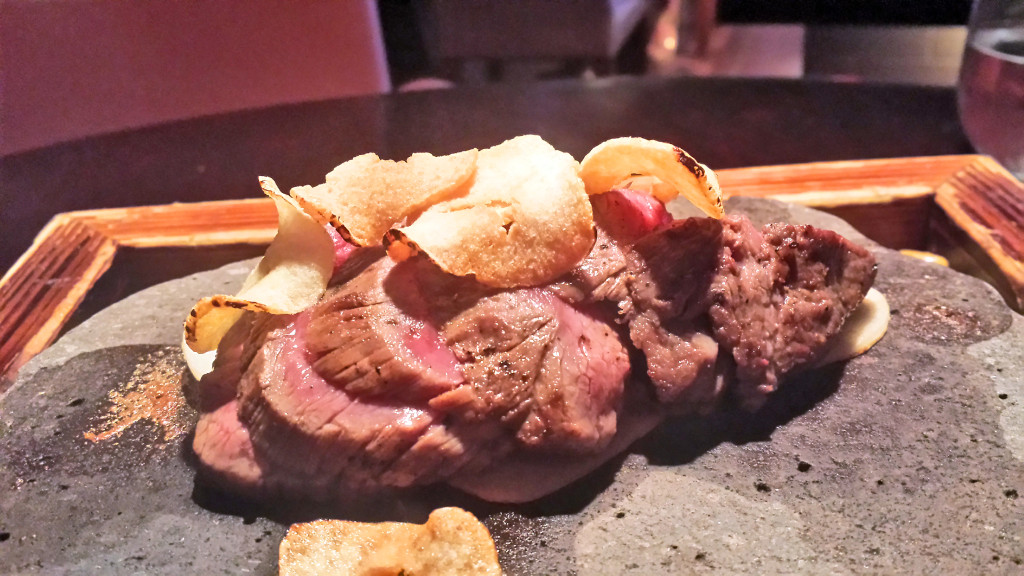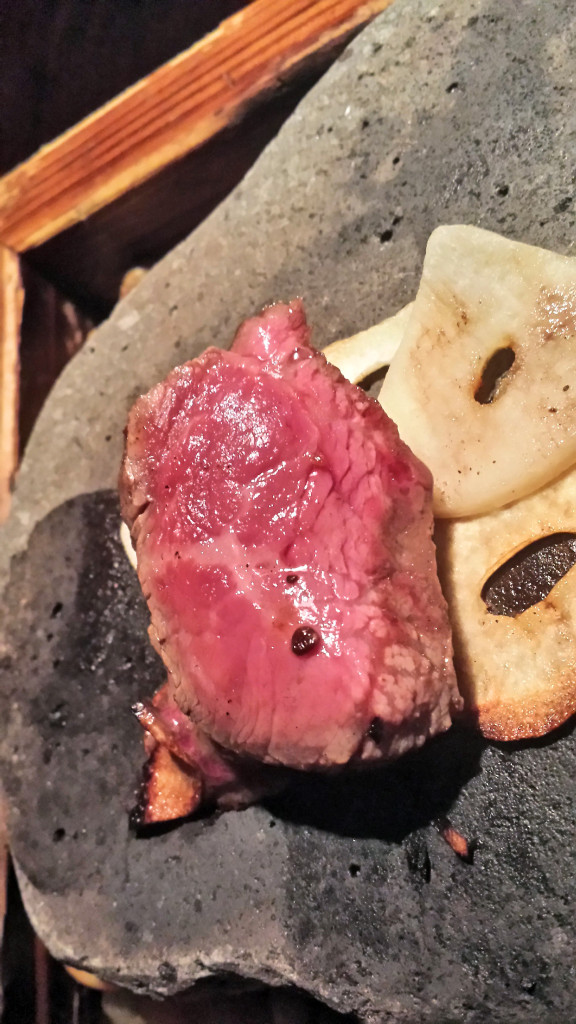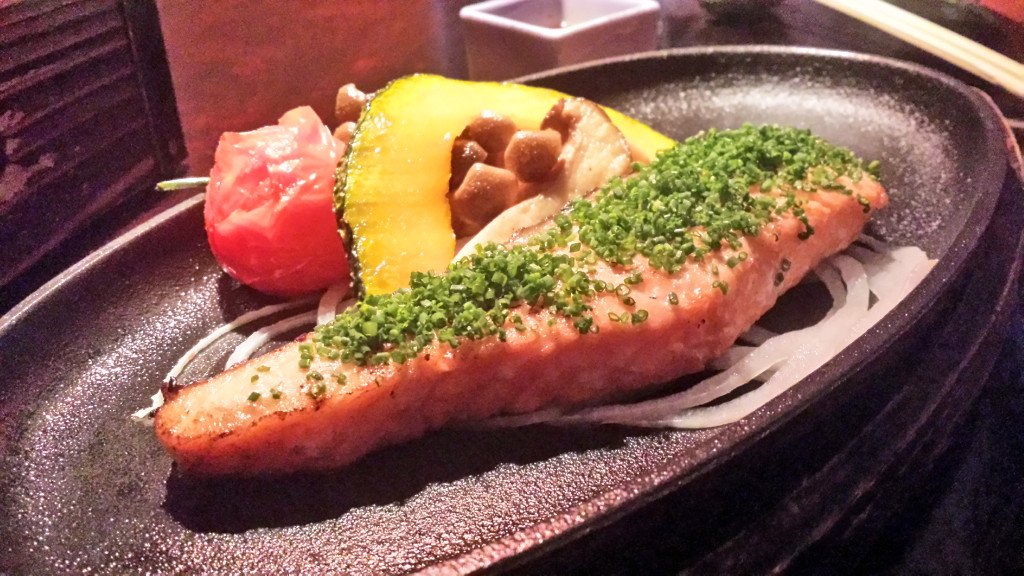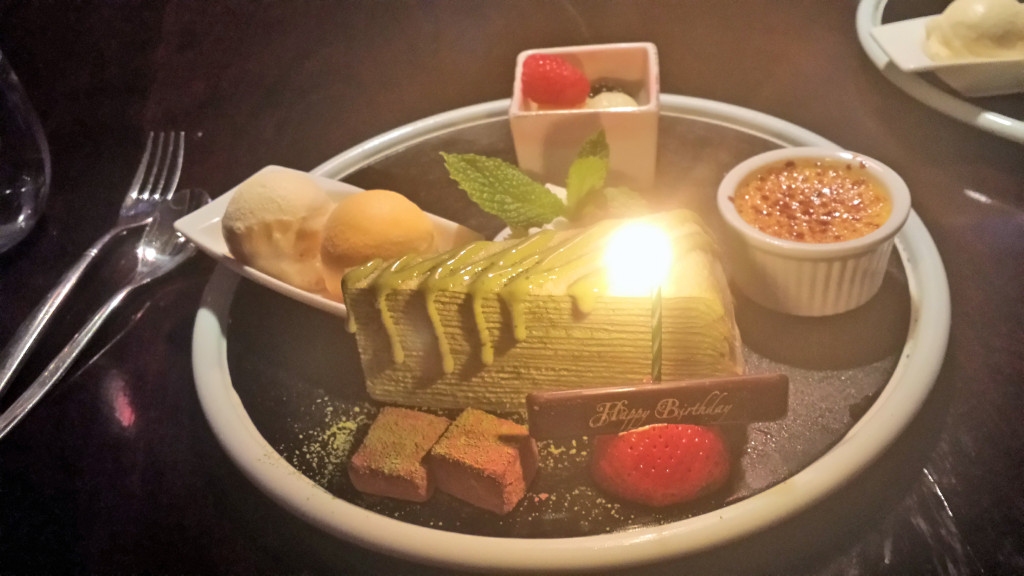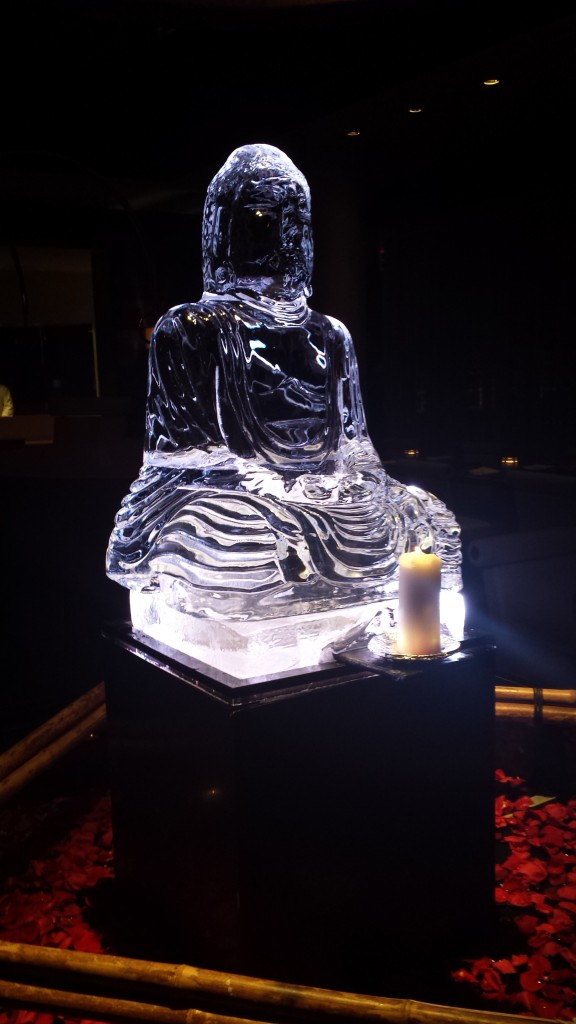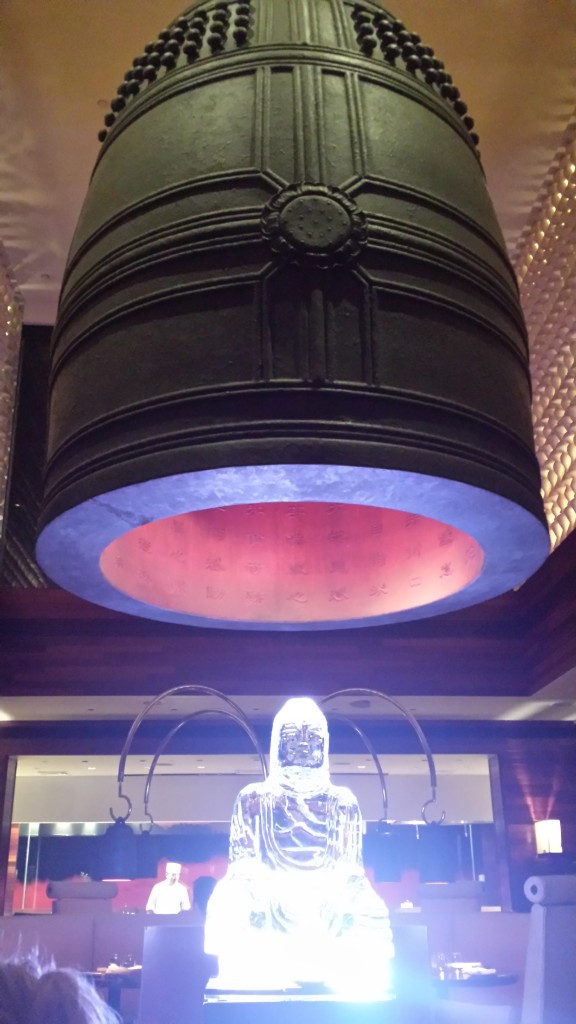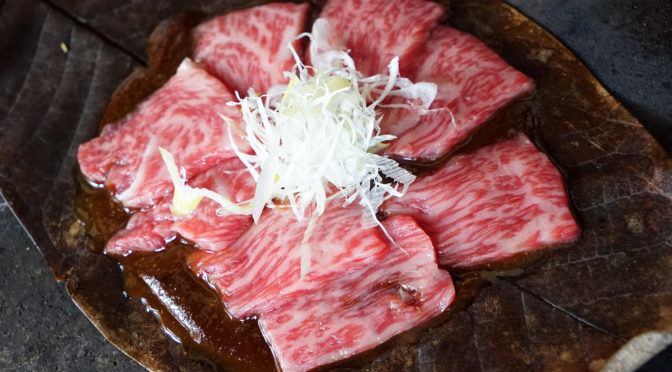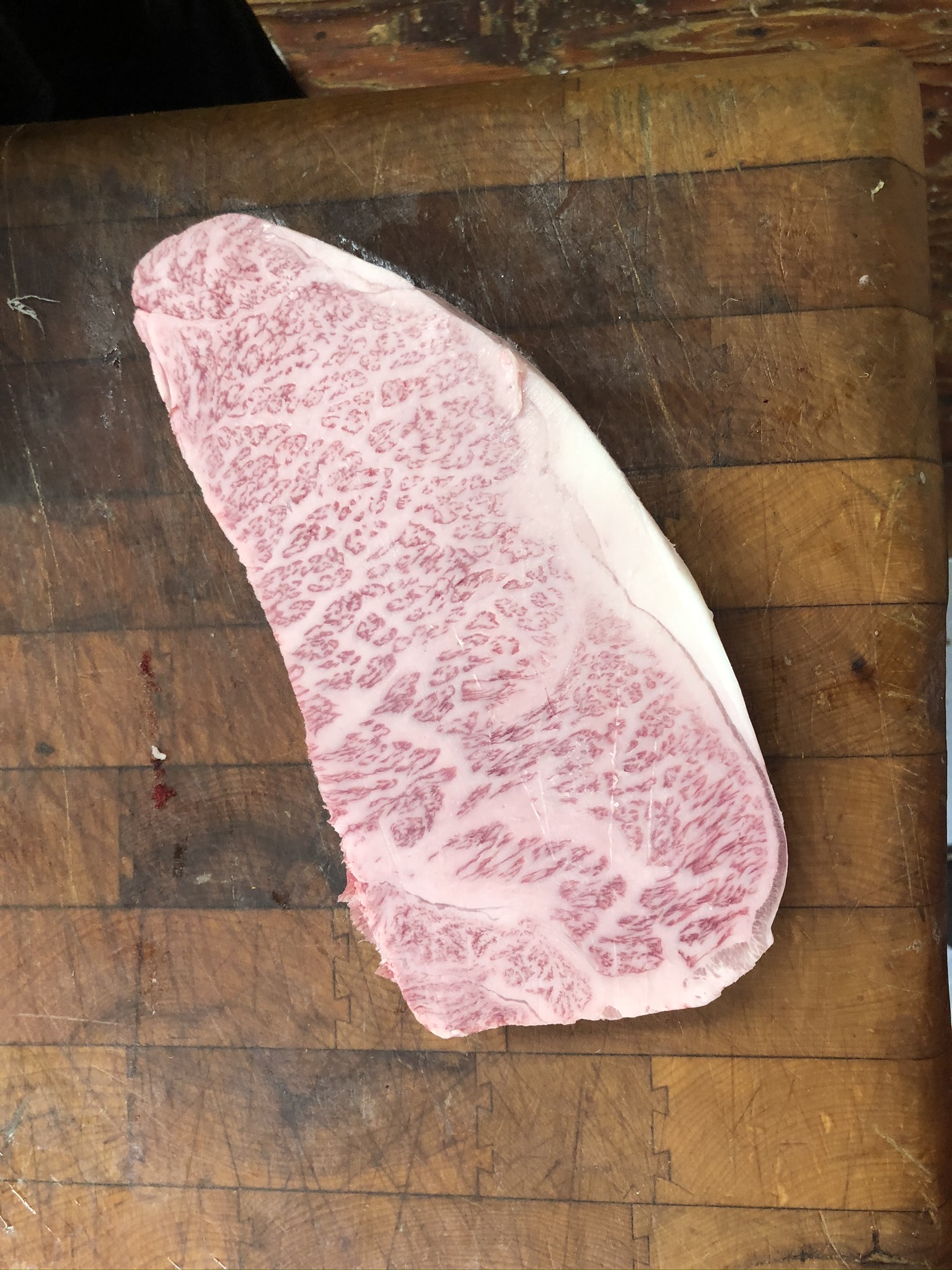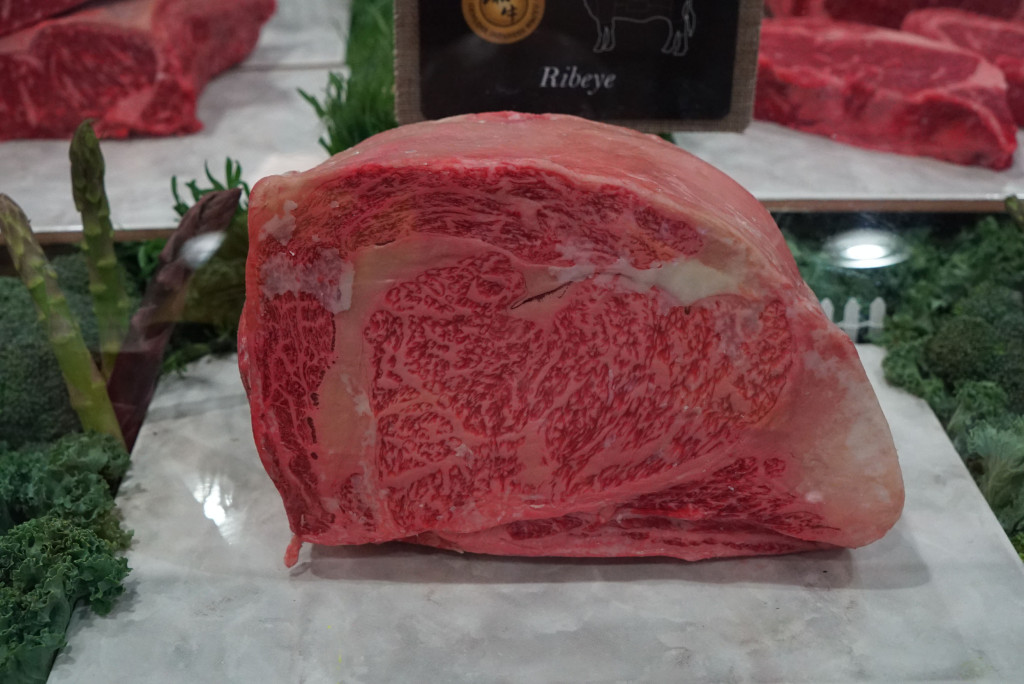Inevitably, when discussing steaks, I am often asked what my favorite steak or steakhouse is. This is a very complicated answer for someone like me. For example, and by way of analogy, most movie buffs don’t have a single favorite movie. They might have a handful of favorites from each genre, though. Favorite horror (The Shining); Favorite Sci-Fi (12 Monkeys); Favorite Comedy (Trading Places); etc. That’s how I view steaks and steakhouses. So when I’m asked, I always tell people that it depends on the cut. So here we go:
RIB EYE
I often consider the rib eye to be the true steak eater’s steak. Bovine bliss. So here are my favorite rib eyes, in order:
1. Antique Bar & Bakery‘s “Dirty Rib Eye”
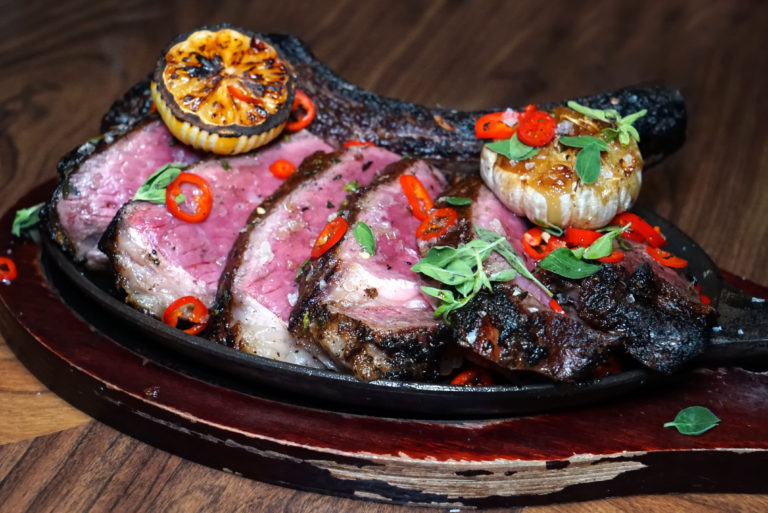
I can’t say enough about this rib eye. There’s just something magical about what Chef Paul Gerard can do with that crazy 2000ºF oven of his.
2. Delmonico’s 45-Day Dry-Aged Bone-In Rib Eye
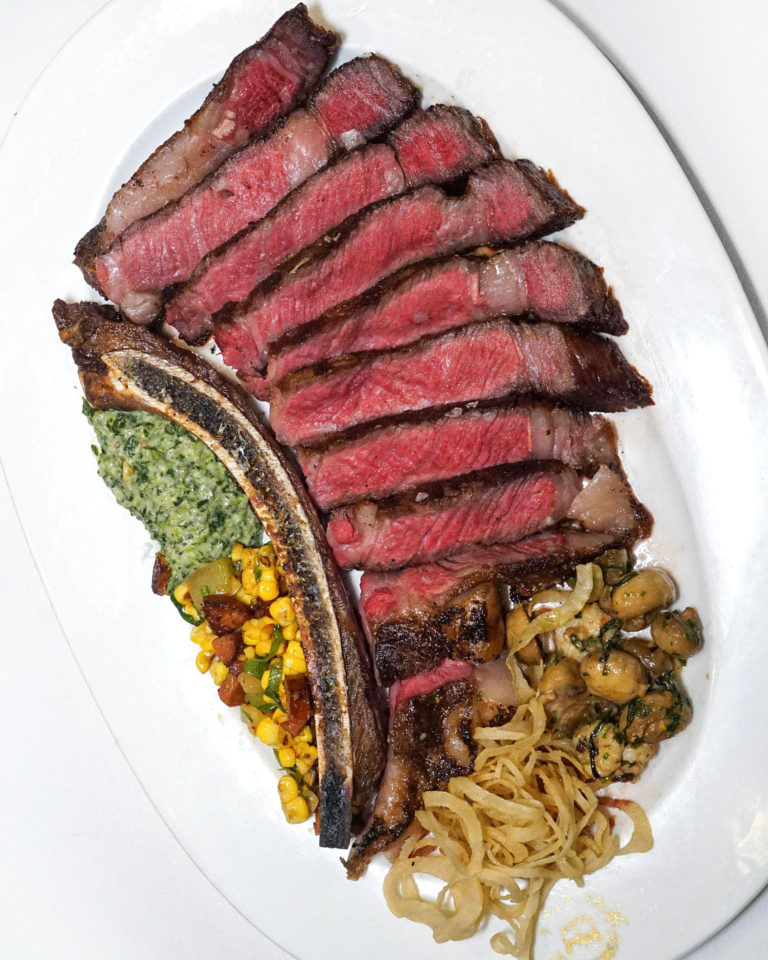
Delmonico’s consistently serves the best dry-aged steaks in the city, and the 45-day dry-aged rib eye is the top of the heap.
3. Osteria Morini‘s 120-Day Dry-Aged Tomahawk
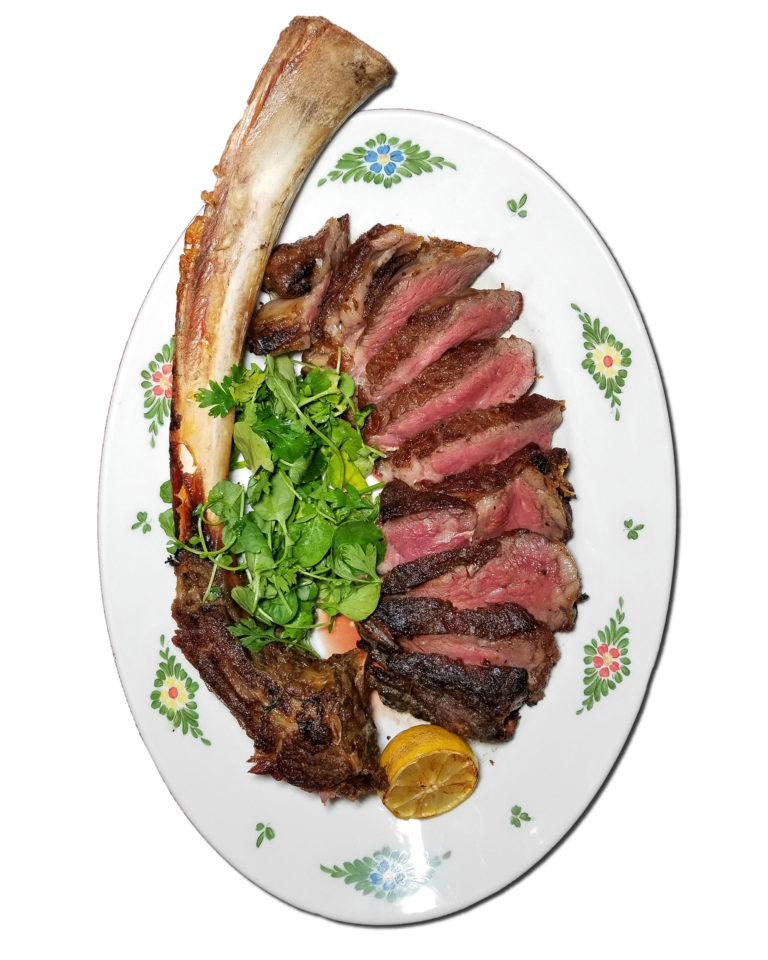
This bad boy is only offered on the first Wednesday of every month, and they only get about seven of them, so you have to call ahead to reserve yours. Well worth the effort, and it comes with sides and apps if I recall correctly.
4. Delfrisco’s Double Eagle Domestic Wagyu Tomahawk for Two
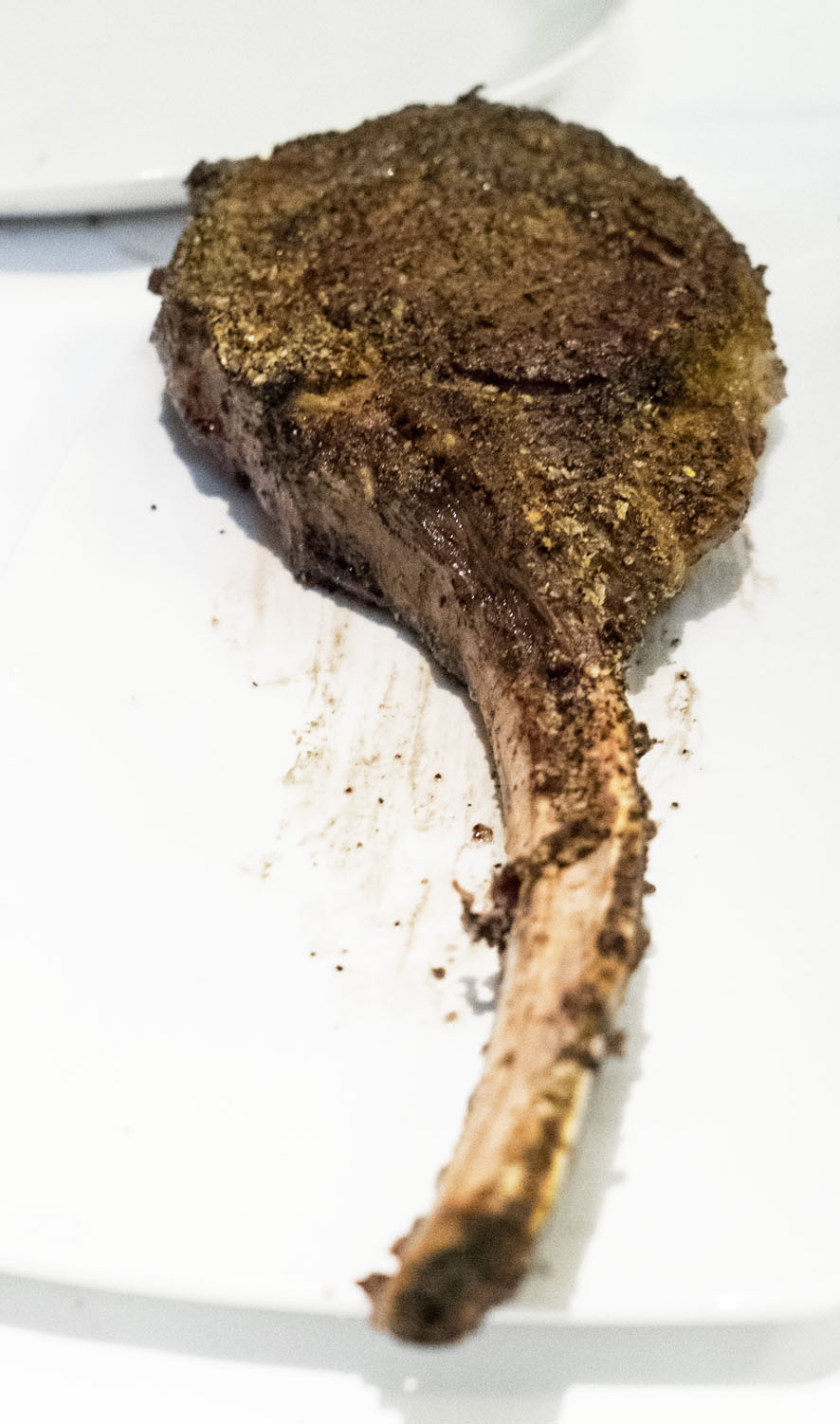
This 32oz hunk of pure tenderness is the way to go when dining here. I love that peppery crust.
PRIME RIB
This is a tough category, and I’m torn between high end/upscale and old school manliness.
1. TAK Room (RIP)
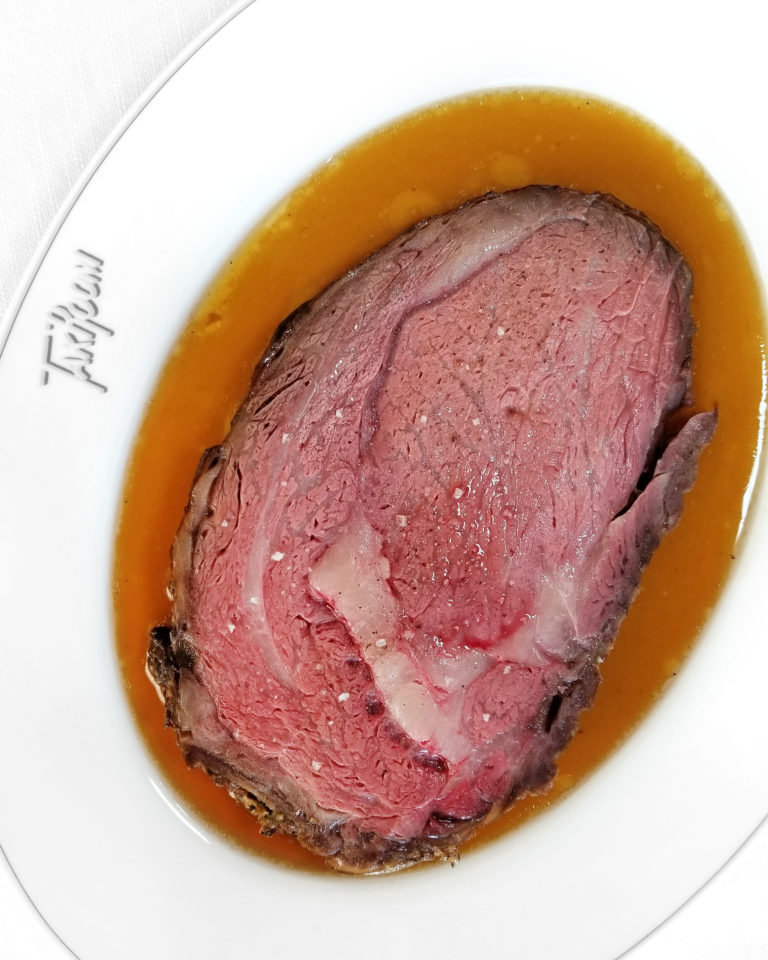
This isn’t always available, but when it is, you have to get it. This is nearly a pound of Snake River Farms gold label domestic wagyu beef. Amazing.
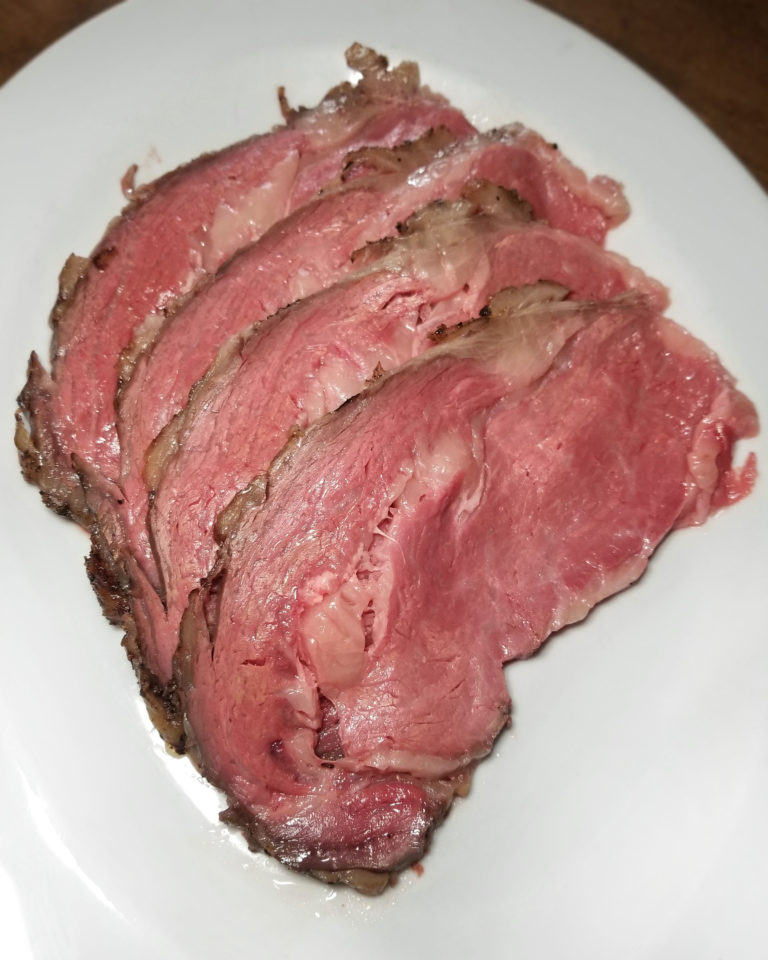
As my buddy Tappi recommended to me, so shall I recommend to you: Get the “English Cut” prime rib here, if you’re lucky enough to score a table in the first place. The other versions are great as well though.
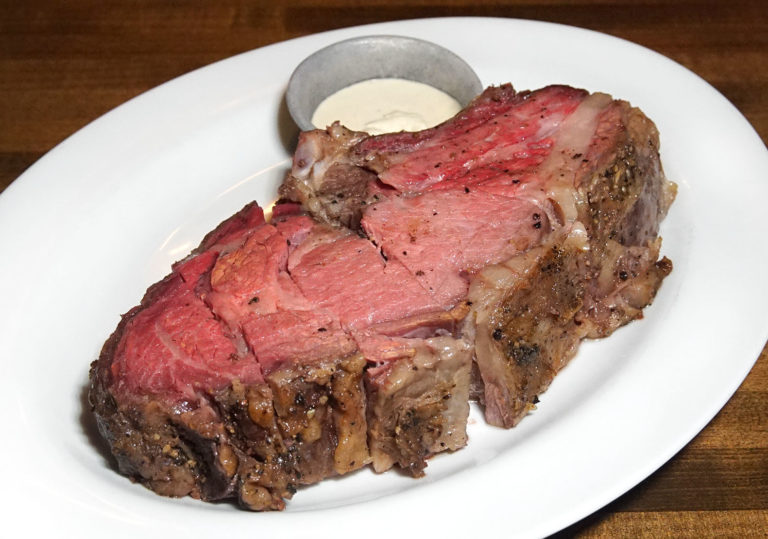
Also, any steak or chop this place has on special is work ordering, whether it is a bone in tenderloin or a porterhouse.
3. The Grill (RIP)
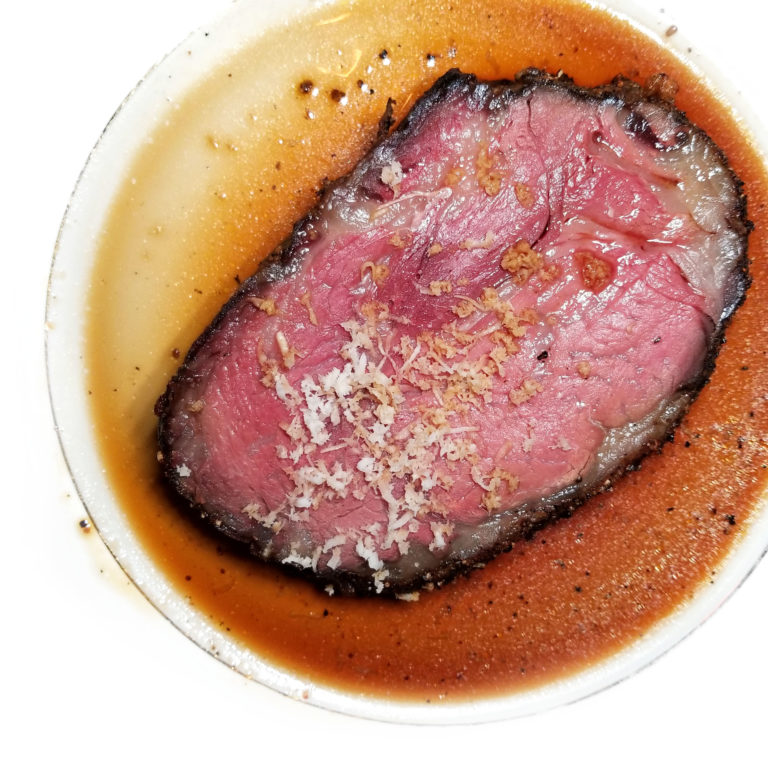
I’ve really come around on this place. At first I was a hater, but now I’m a huge fan. And there’s just something about this classically served prime rib that I can’t get enough of. Dining at The Grill is special, but eating the prime rib there is decadent.
View this post on Instagram
For the manly appetite, this is the place to go. This massive dry-aged, beautifully roasted chunk of beef is probably big enough to share. If you order like I do, you’ll share the mutton as an appetizer and then share this as your entree.
REPLACEMENT #1: Carne Mare
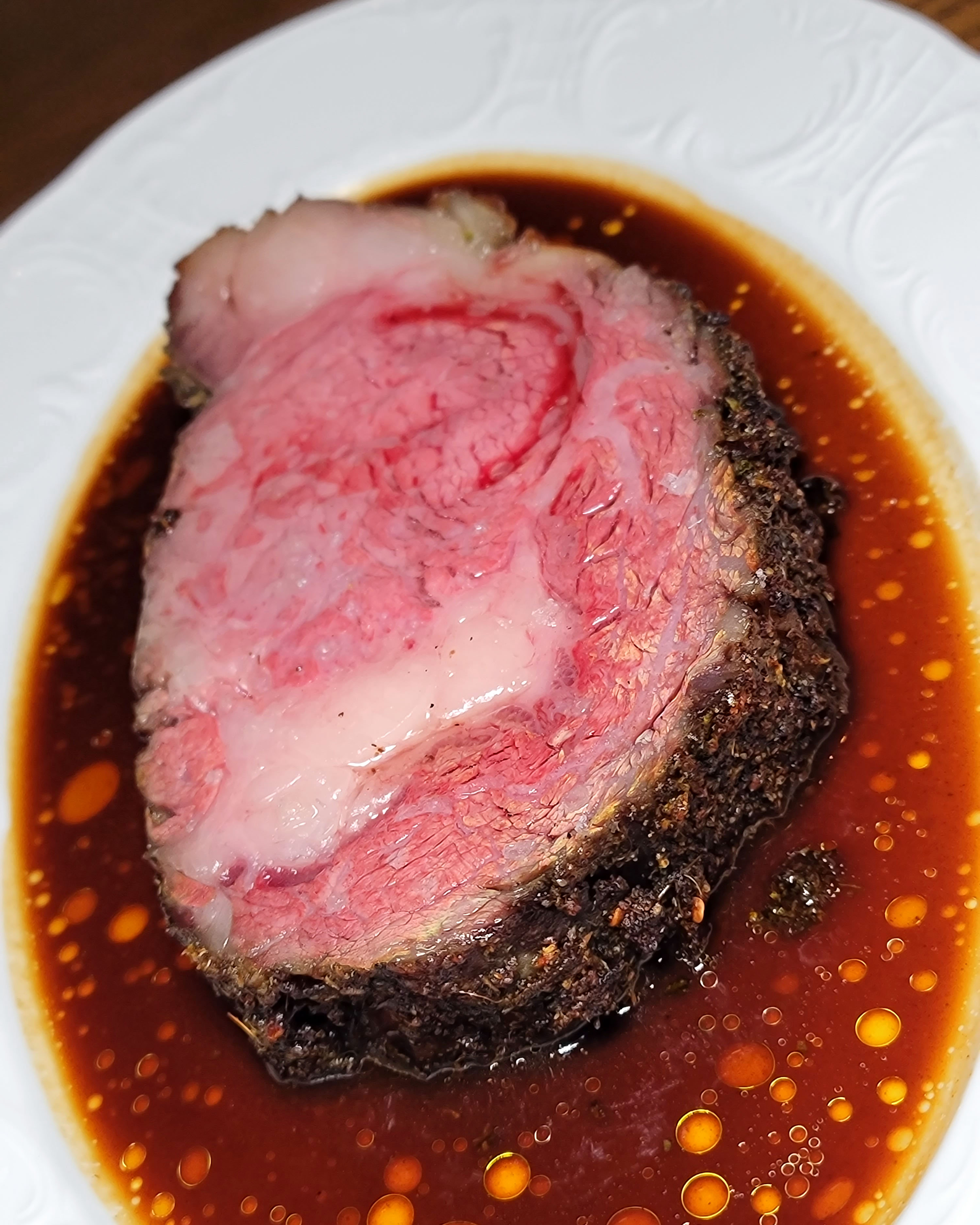
What a prime rib! 16oz of porchetta spiced crust, served in a puddle of veal jus that will knock your socks off.
PORTERHOUSE
Ahh, the porterhouse. So many places do it well. But there are two that really stand out to me:
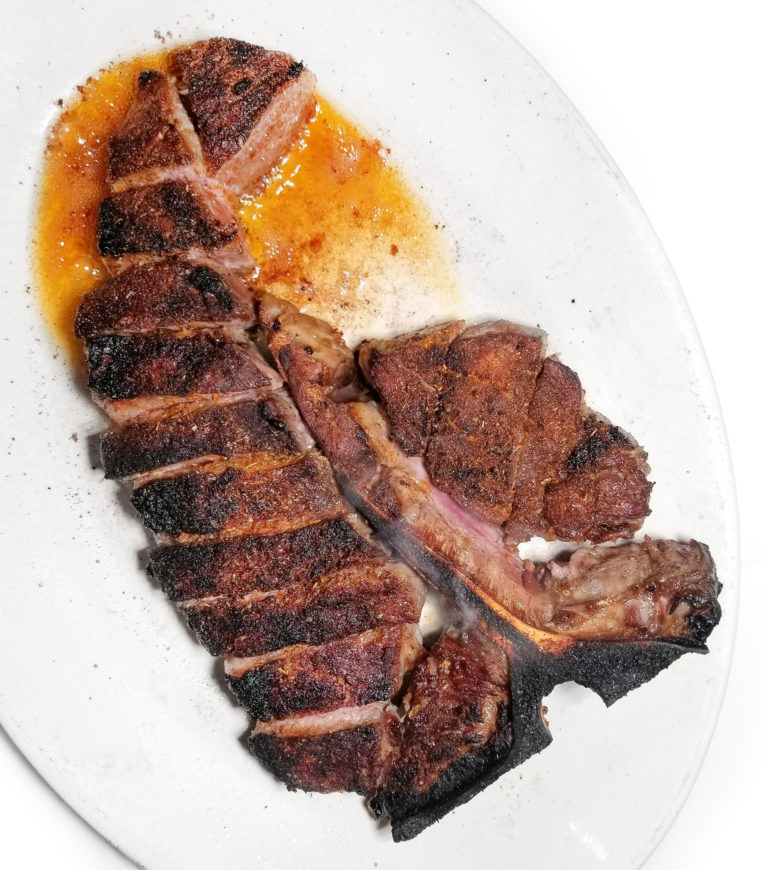
The way to go here is the off-menu cajun porterhouse. Tell them Johnny sent you and they will accommodate. It’s a great one.
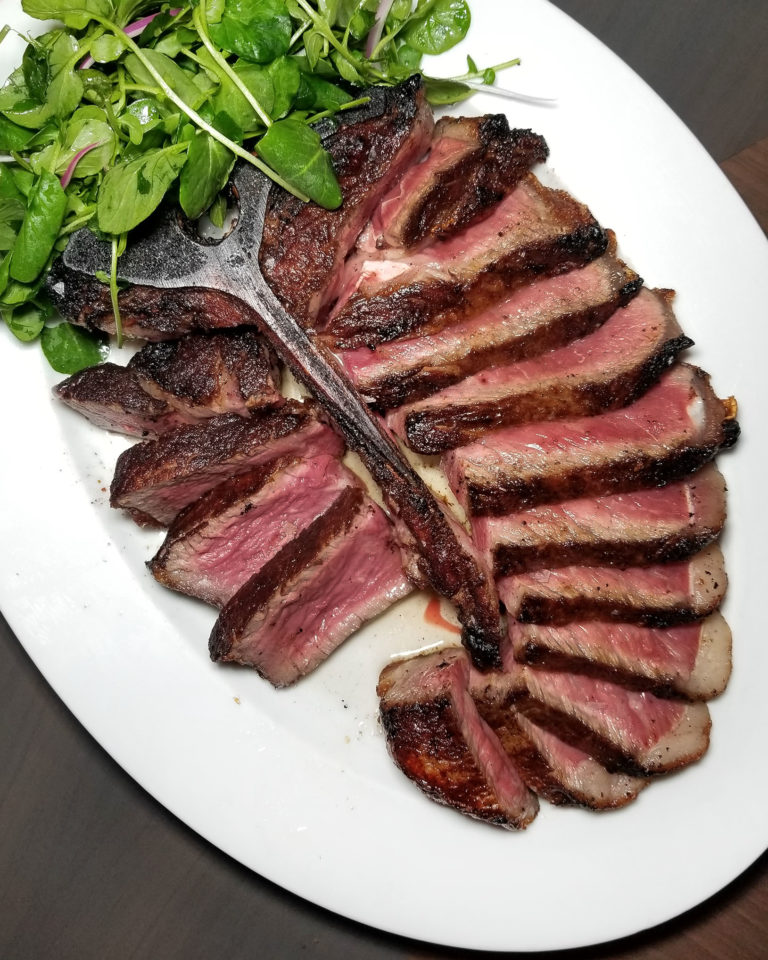
Chef Lomonaco does the name Porter House proud with his delicious porterhouse. It always packs a punch of dry-aged goodness.
NEW YORK STRIP STEAK
I don’t order strips as often as I should. My typical game plan at a steakhouse is to share the rib eye as an appetizer, and then share the porterhouse as the main course. And since the porterhouse includes a strip in it, I’m sort of covered. But these two places offer some great stand-alone strips that are worthy of your time.
1. Strip House
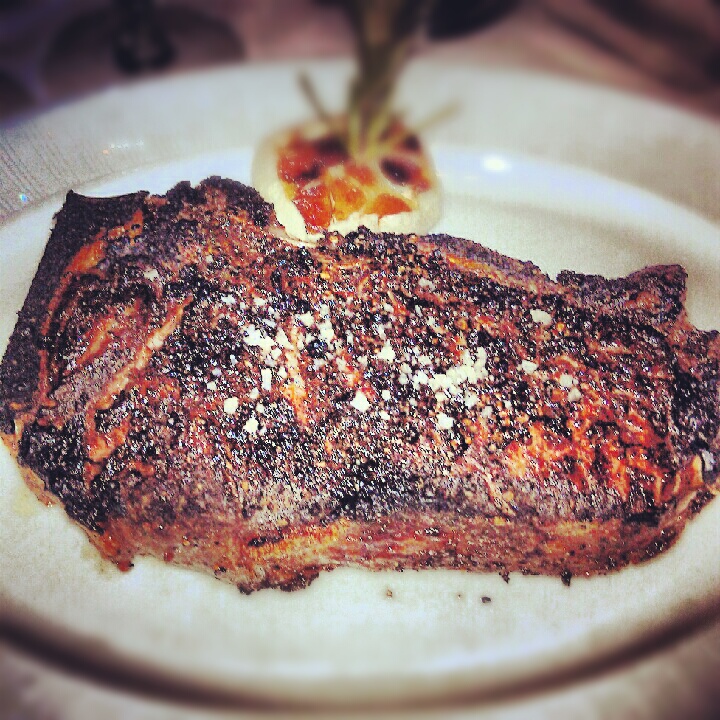
Time for an updated pic! As their double-entendre restaurant name might suggest, Strip House serves a really good strip. It just wouldn’t be cool if they didn’t. Smear some of the roasted garlic across the always perfectly cooked and beautifully crusted beef, and you’re in heaven.
2. Harry’s
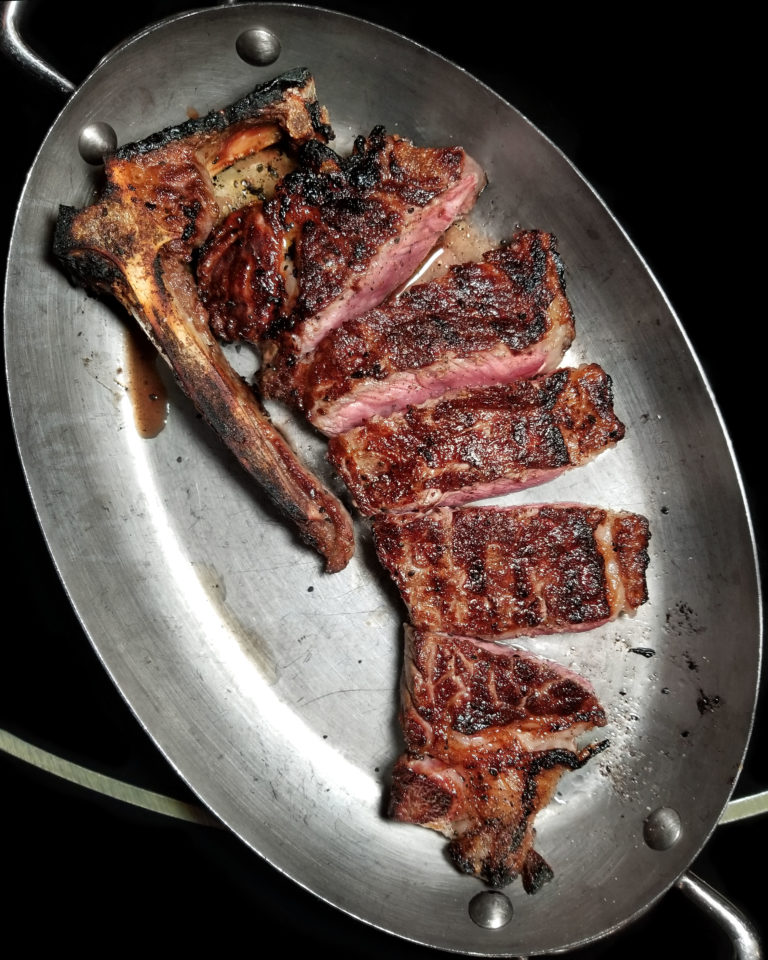
Transport yourself to the lavish days of Wall Street power meals at the newly re-vamped Harry’s, and treat yourself to their delicious strip. It is classically grilled and mildly dry-aged, but a perfect pink throughout. This meal is just as much about the ambiance as it is about the flavor.
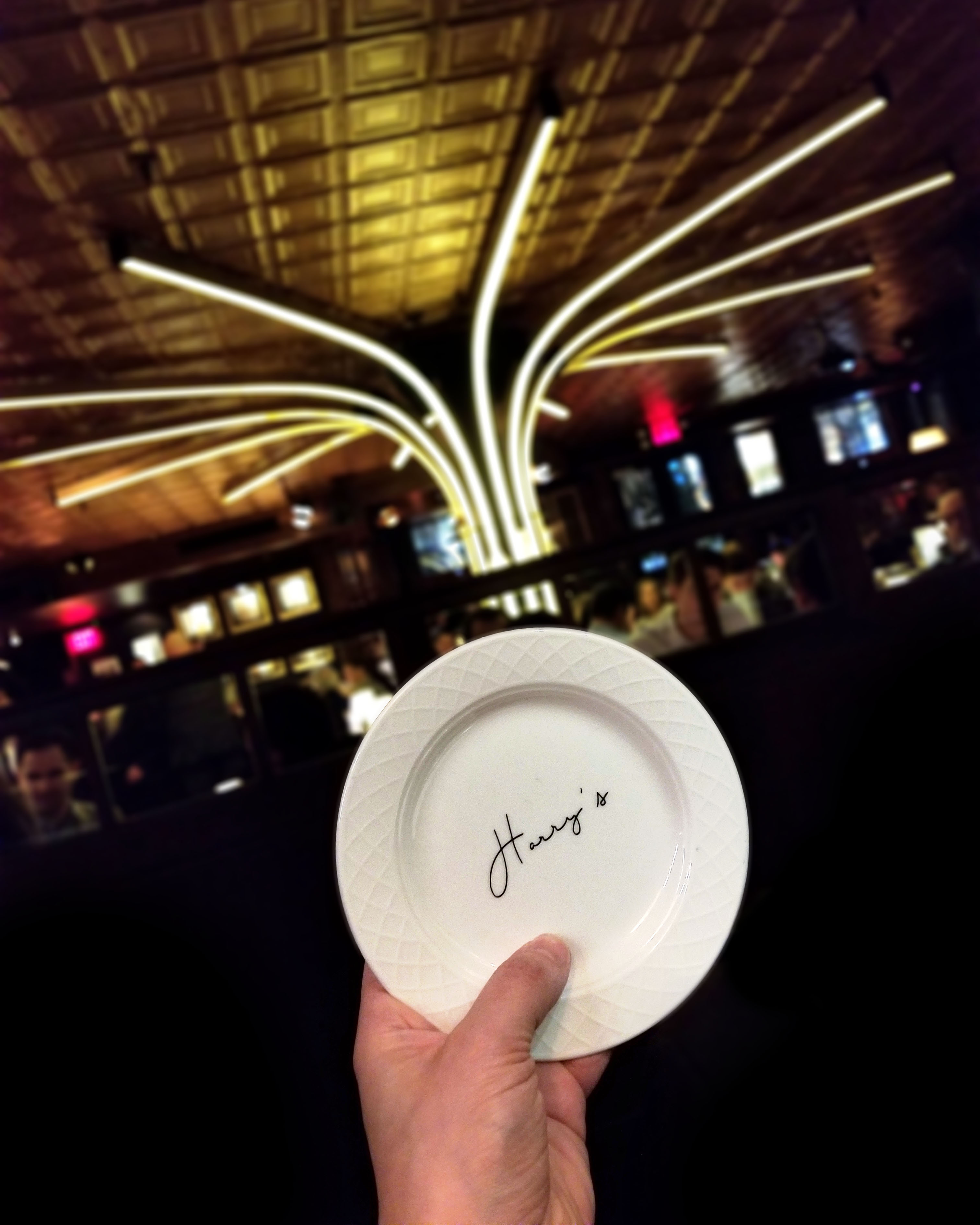
FILET MIGNON
Since I don’t have a vagina, I almost never order a filet unless I’m having a light lunch. That’s not to knock the filet mignon by any means. I just prefer it attached to a porterhouse instead of by its lonesome. But here are a couple of my favorites:
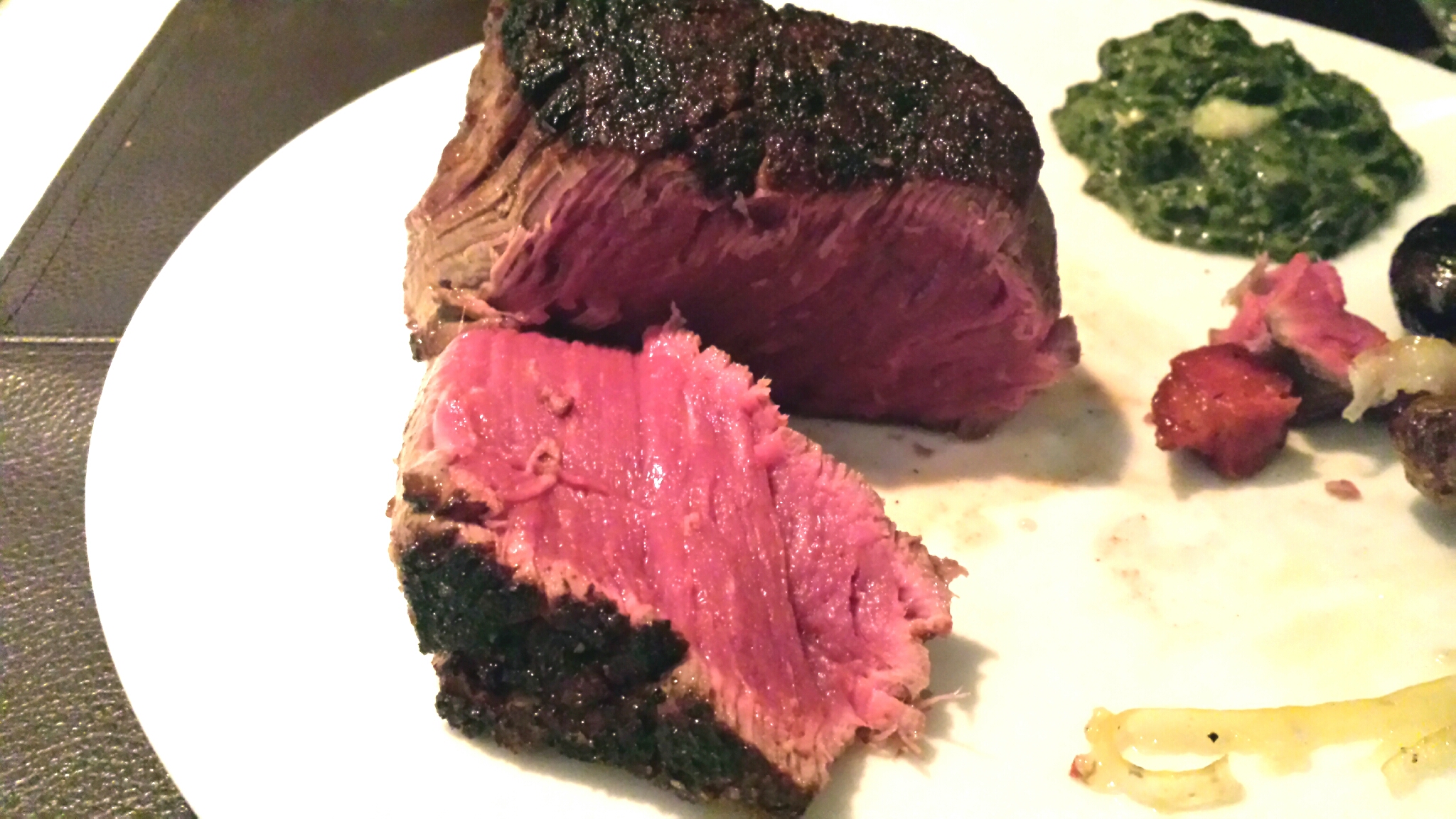
By far the best filet I’ve ever had. Super tender, big and beefy. Order it Pittsburgh style, so the outside has a hard sear and the inside is rare.
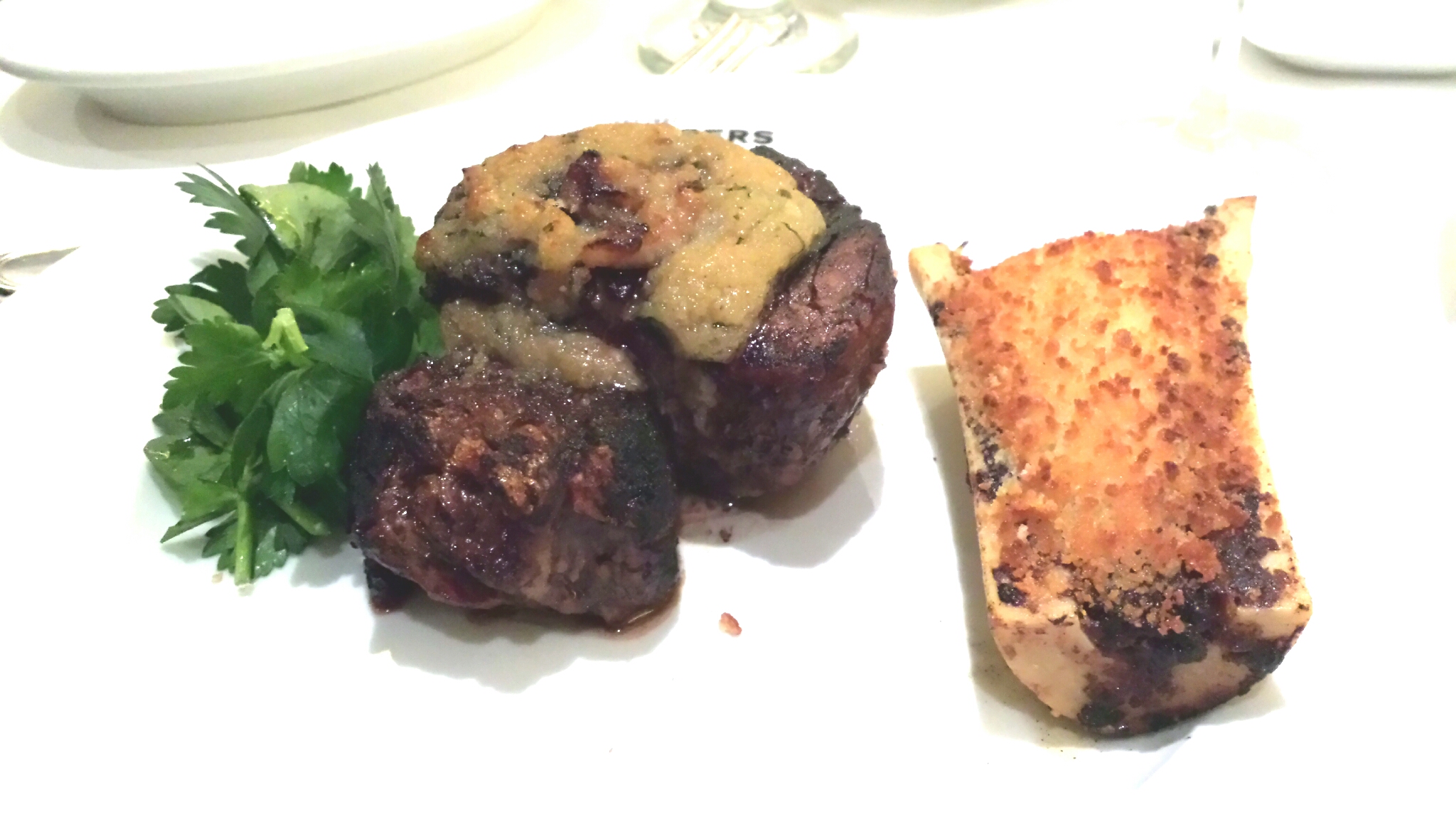
Another spot that needs a new pic! After this place remodeled a few years back, they really upped their game. Not only is their filet killer, but their dry-aged prime rib is worth getting as well.
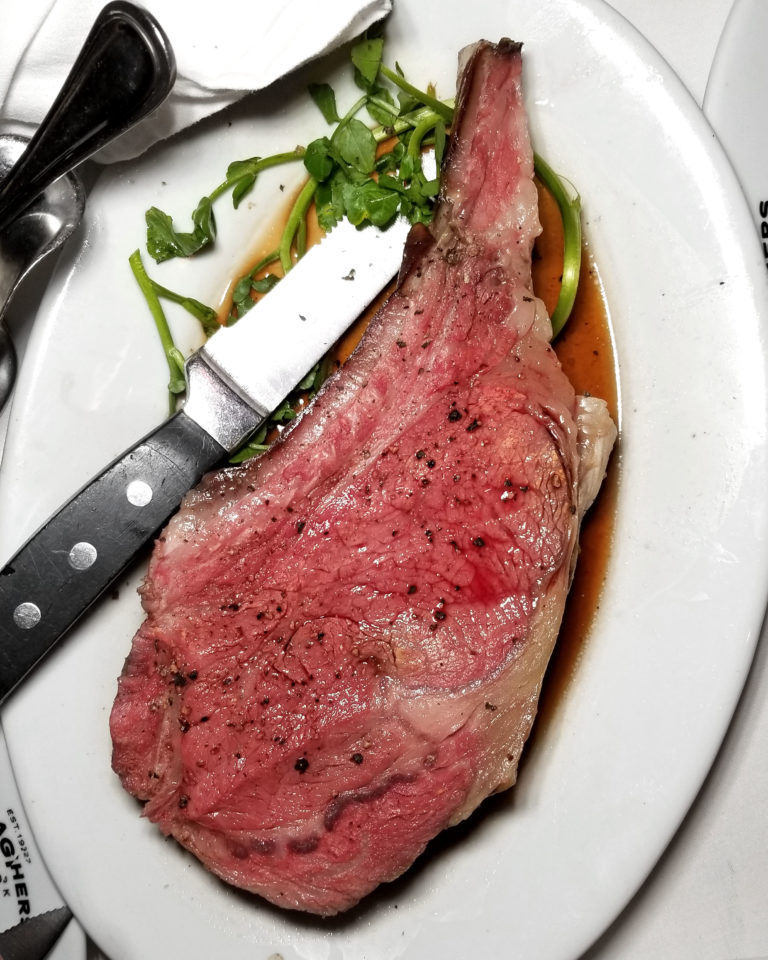
OTHER CUTS
A list wouldn’t be complete without some outliers and specials; cuts that you normally don’t see on steakhouse menus, but they’re worth seeking out.
1. Catch Steak‘s Dry Aged Rib Eye Cap
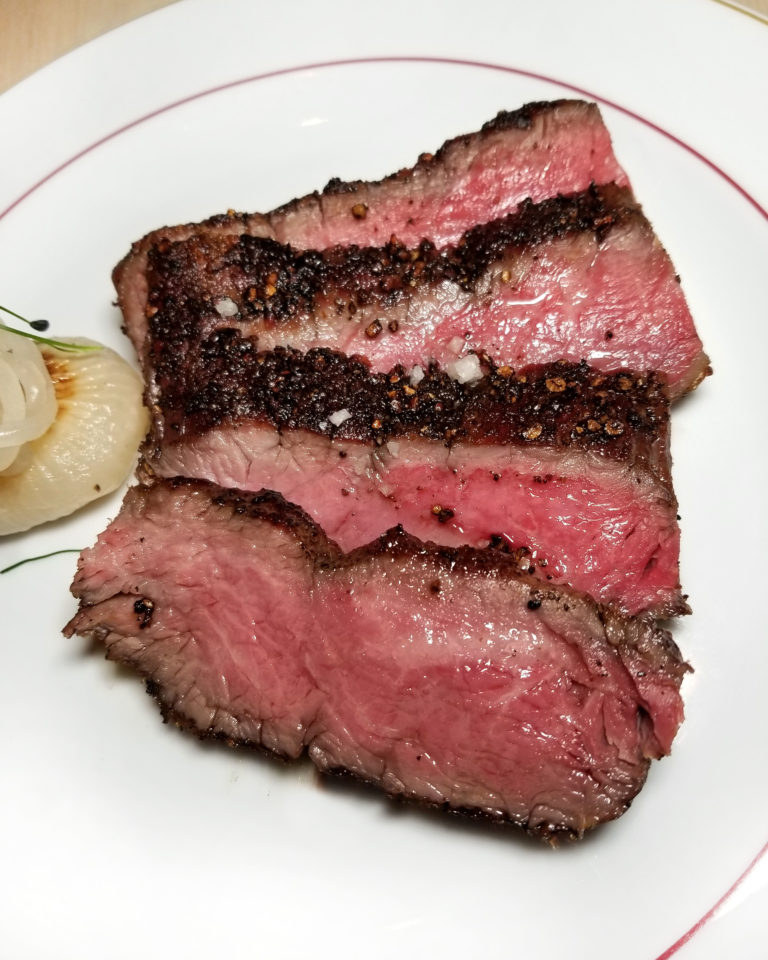
This thing is amazing. It may be on the small side as far as entrees go, but I suggest you get one as an app if money is not an issue for you. Grab a second if you can!
2. Bowery Meat Company‘s Bowery Steak
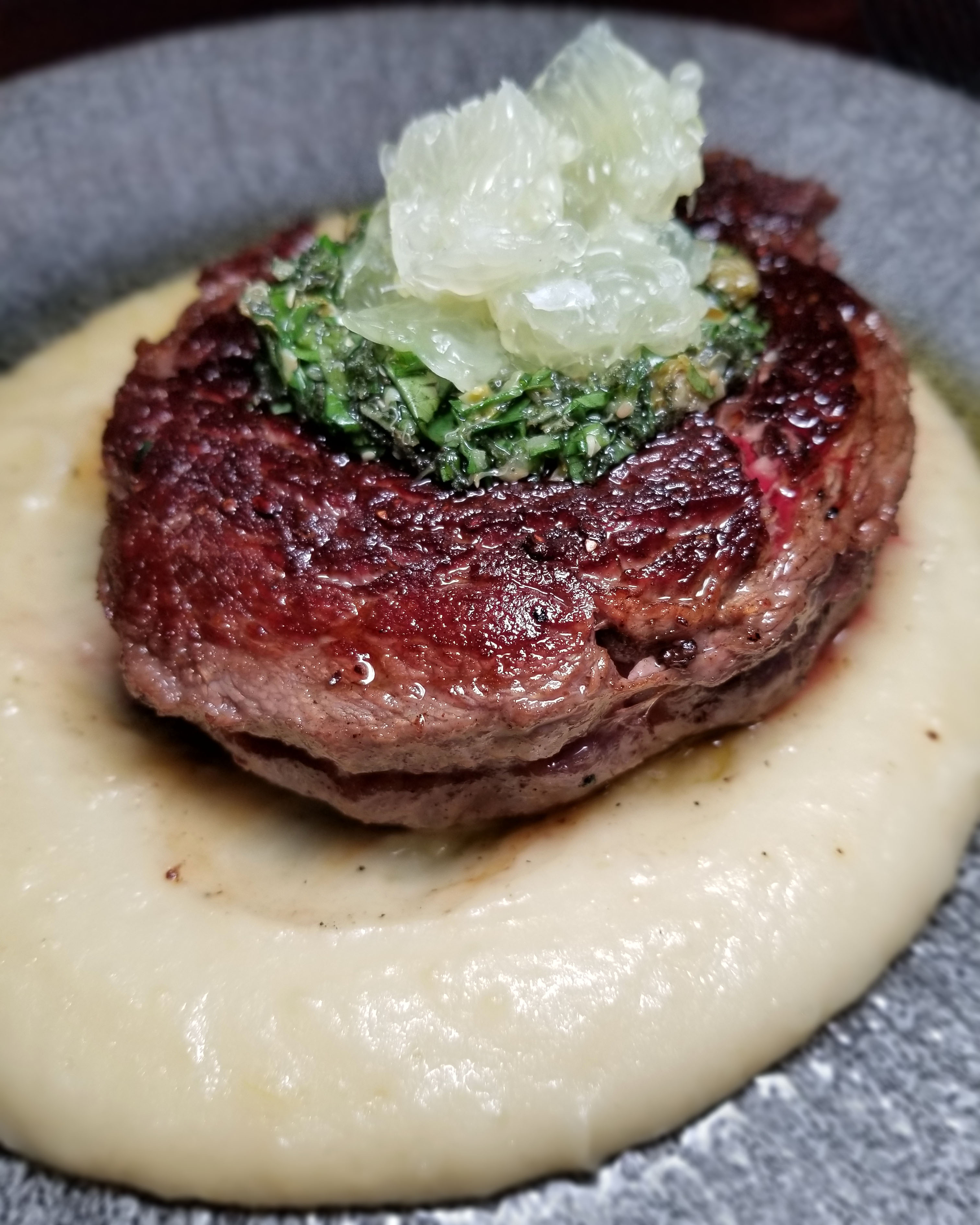
A neatly presented pinwheel of spinals dorsi muscle (the delicious outer “fat cap” of the rib eye) with chimichurri sauce awaits you at Bowery Meat Company.
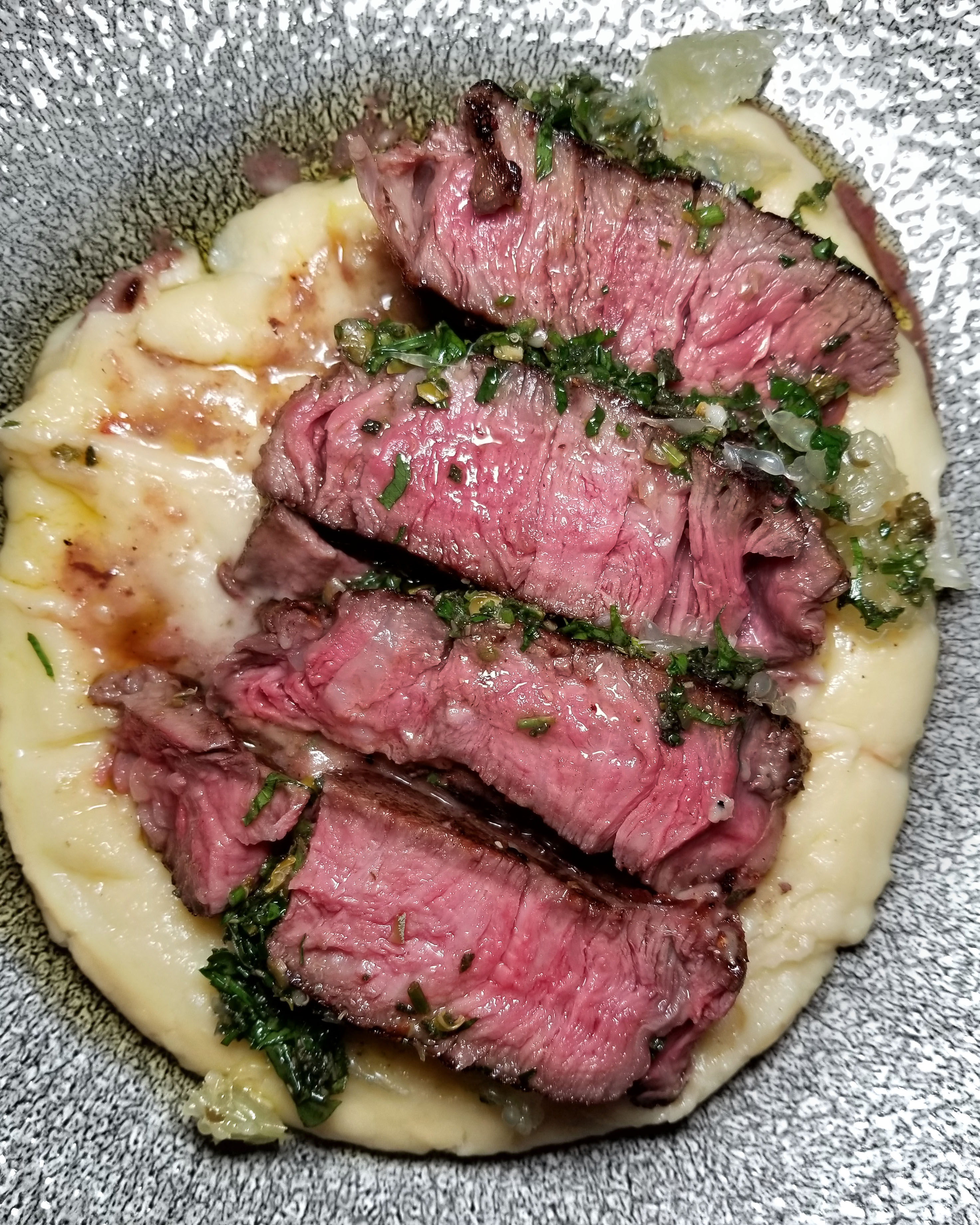
Go get it!
3. Le Rivage‘s Deckle for Four
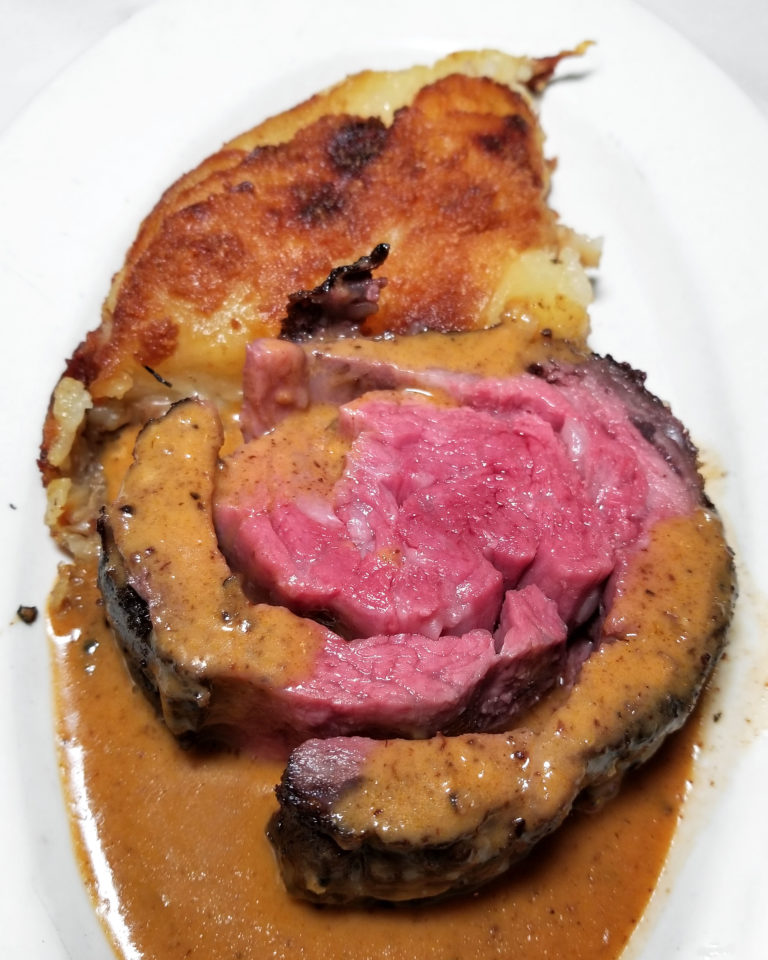
They say it’s for four, but you can definitely take it down with two people. You have to call ahead and ask for this beauty. Similar to the Bowery Steak above, only large format and roasted, served family style. When you call ahead, request that they serve their Pommes Anna to go with it. You will thank me.

